
How to Make a Room Look Bigger
Want to make your living room, bedroom or kitchen feel bigger, without the cost or disruption of an extension? With the right use of paint, you can create the illusion of more space without knocking down walls or changing the layout.
Paint has the power to transform how a room feels. From colour and tone to finish and placement, small design decisions can have a big visual impact. Use the guide below to learn how to make a room look bigger with paint, and see your space in a whole new light.
Understand your space first
Before choosing colours or finishes, it is worth taking a step back and understanding the space you are working with. Room size is only part of the picture. Natural light, ceiling height and the direction your room faces all play a role in how colour behaves on the wall.
For example, north-facing rooms tend to receive cooler, greyer light, which can make colours feel flatter or darker. South-facing rooms, on the other hand, are filled with warm sunlight that can intensify colour and add a golden glow. If you are not sure how your room’s orientation affects paint, our guides to decorating north-facing rooms and south-facing rooms go into more detail.
Once you understand how light moves through your space, you can use paint much more intentionally.
Start with light and space
Making a room look bigger starts with creating a sense of openness. Reducing visual clutter, maximising light and allowing the eye to travel freely around the space will instantly make it feel more expansive.
Clear surfaces where possible and use closed storage to keep everyday items out of sight. Position furniture neatly against walls to reveal more floor space, which helps the room feel lighter and more balanced.
Natural light is key.
Keep windows unobstructed and opt for light, simple curtains pulled back fully. A large frameless mirror placed opposite a window will reflect light back into the room, helping it feel brighter and more open.
Reflective surfaces underfoot can also help. Polished wood, laminate or lighter flooring finishes distribute light more effectively, adding to the sense of space.
Choose colours that visually expand a room
When it comes to paint, colour choice has the biggest impact on how large or small a room feels. Lighter shades are well known for making spaces feel bigger, and for good reason. Pale colours reflect light more easily, helping it bounce from wall to wall.
Light neutrals, soft pastels and off-whites are all excellent options. Shades such as sweatpants, Good Intentions and Centred create a calm backdrop that enhances light rather than absorbing it. If you love colour, choosing a lighter version of your favourite shade can have the same space-enhancing effect.
Tone matters just as much as colour. Cooler tones tend to recede visually, which helps make a room feel more open. Blues, cool greys and some greens are particularly effective. Neutrals paint colours like cream, greige and taupe, undertones become more noticeable, so it is worth testing samples to see how they behave in your light.
To compare undertones, place peel and stick samples next to each other and against white. The coolest option will usually feel the most spacious on the wall.
Finish matters more than you think
The finish you choose can subtly influence how light works in a room. Different finishes reflect light in different ways, which can change how large a space feels.
Flat matt finishes absorb more light, creating a soft, uniform look. While this can be beautiful, it may not be the best choice if you are trying to maximise brightness in a small space.
A soft sheen finish reflects light gently without appearing glossy. This makes it a great option for walls in smaller rooms, as it helps light travel further while still looking refined and understated.
For woodwork such as skirting boards, doors and window frames, eggshell is ideal. It is durable, wipeable and adds a subtle contrast that still feels clean and modern.
Blur boundaries with paint
One of the simplest ways to make a room feel bigger is to reduce visual breaks. Painting elements such as skirting boards, door frames and window sills the same colour as your walls creates a seamless look that allows the eye to move around the room without interruption.
This technique softens hard edges and helps the room feel more cohesive. It also creates a calm, considered finish that feels intentionally designed.
Taking colour onto the ceiling can have a similar effect. By blurring the line between wall and ceiling, the boundaries of the room feel less defined, which can make the space appear larger and taller.
Use paint to change proportions
Paint can also be used strategically to correct awkward proportions. In a narrow room, painting the shorter walls a slightly deeper shade than the longer walls can help balance the space and make it feel wider.
If ceilings feel low, painting the upper portion of the walls in a lighter shade can draw the eye upwards. Taking this lighter colour onto the ceiling further enhances the effect, creating a sense of height and continuity.
Vertical stripes are another effective technique. Whether bold or subtle, vertical lines encourage the eye to travel upwards, making ceilings appear higher and rooms feel taller.
Pull it all together
The key to making a small room feel bigger is cohesion. Fewer contrasts, lighter tones and considered finishes allow the eye to travel smoothly through the space.
Where possible, paint functional elements such as radiators, shelving and even light switches to match the walls. This helps them blend in, keeping the focus on the overall space rather than individual features.
With the right approach, paint can do far more than change the colour of a room. It can transform how your home feels, making even the smallest spaces feel lighter, calmer and more generous.
Or perhaps bigger is not the goal at all.
It is easy to assume we want our rooms to feel larger, when what we are really craving is calm. A sense of comfort, balance and ease often matters more than square footage.
If creating a warm, inviting space feels more important than maximising visual size, take a look at our guide to creating a cosy home. It explores how colour, light and texture can work together to make a space feel settled and welcoming.
Publish Date
Author
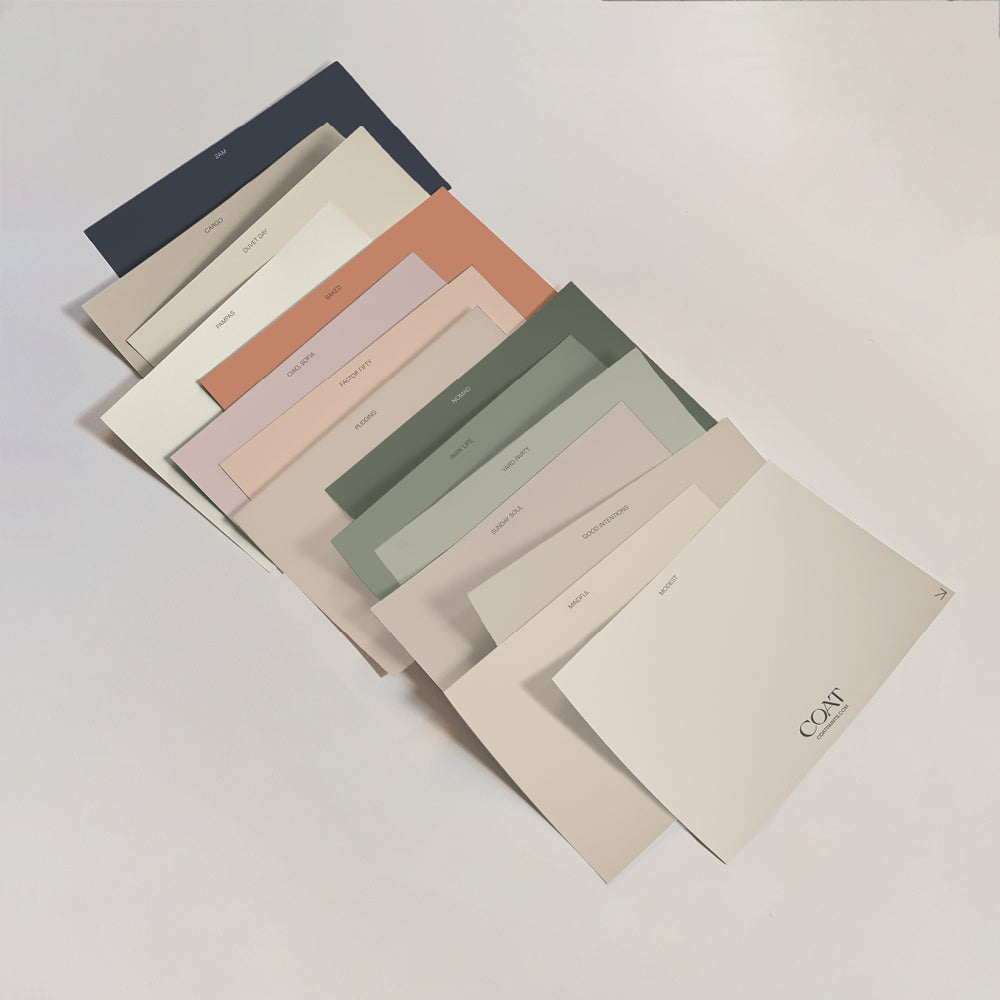
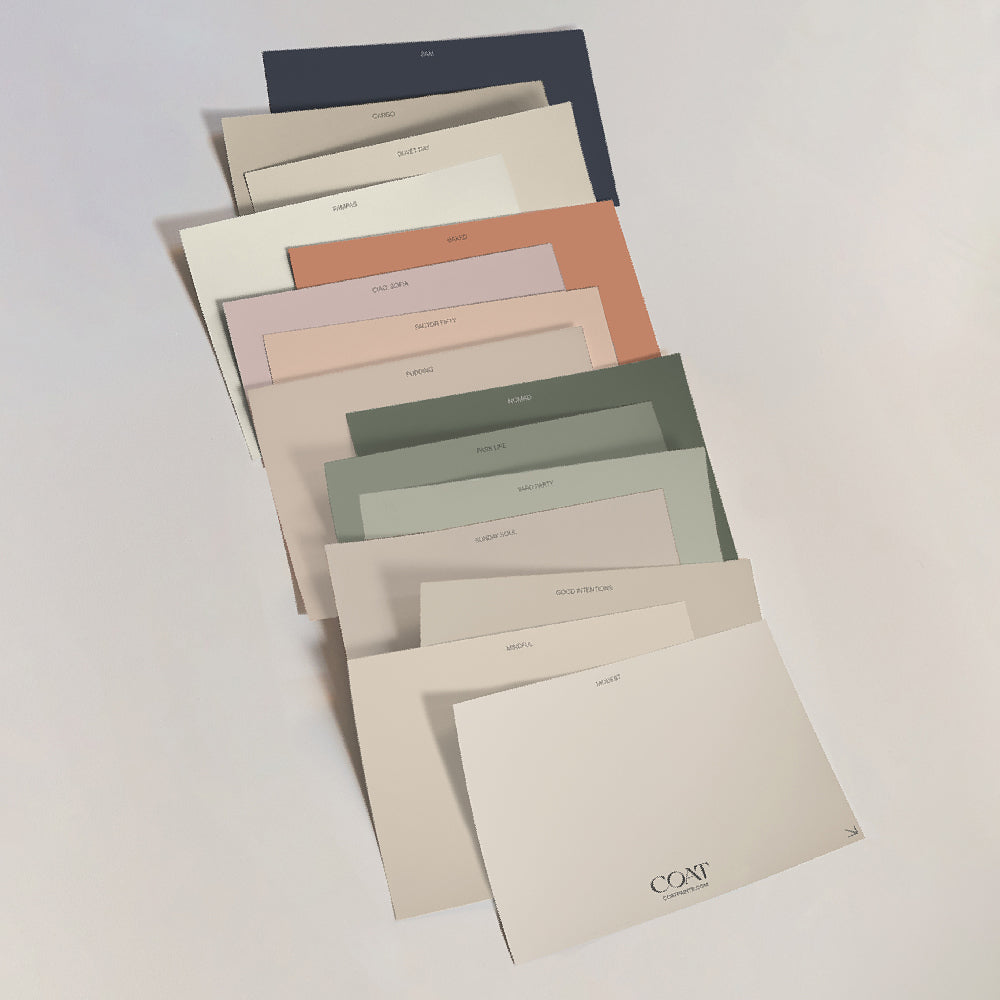
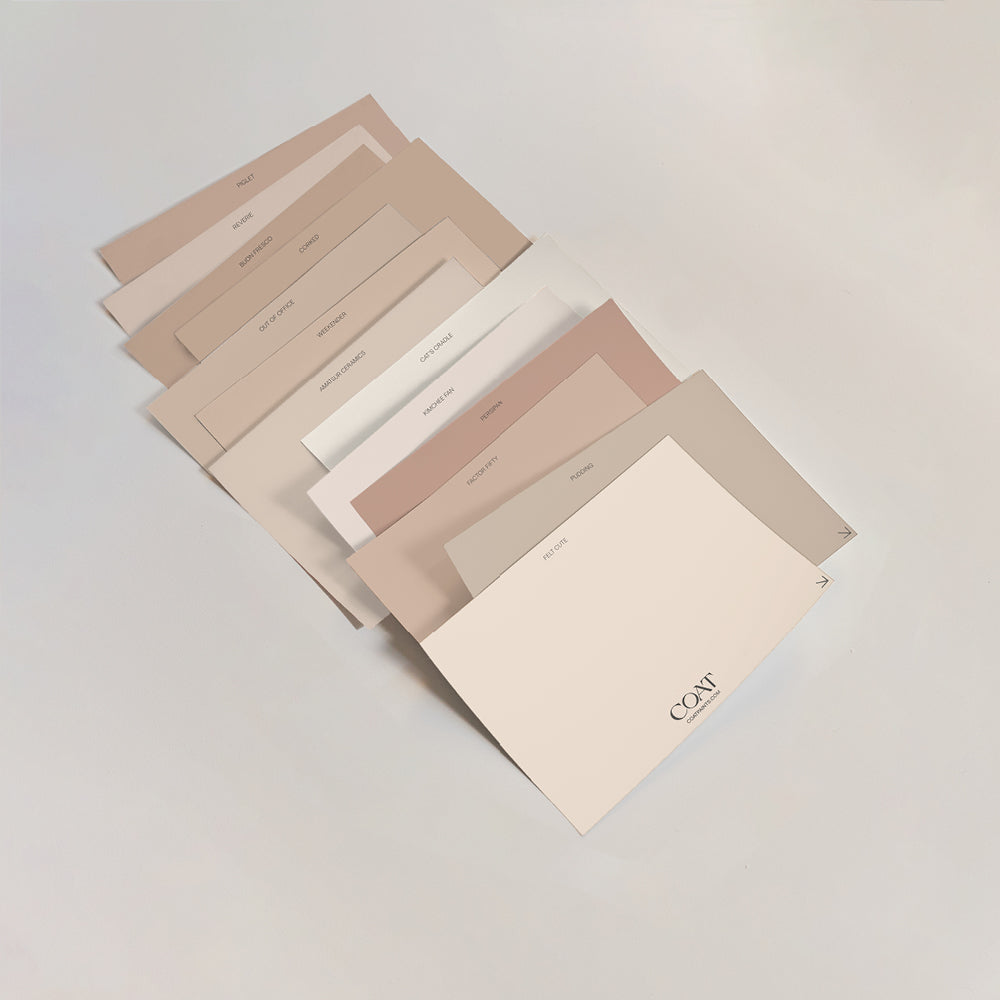
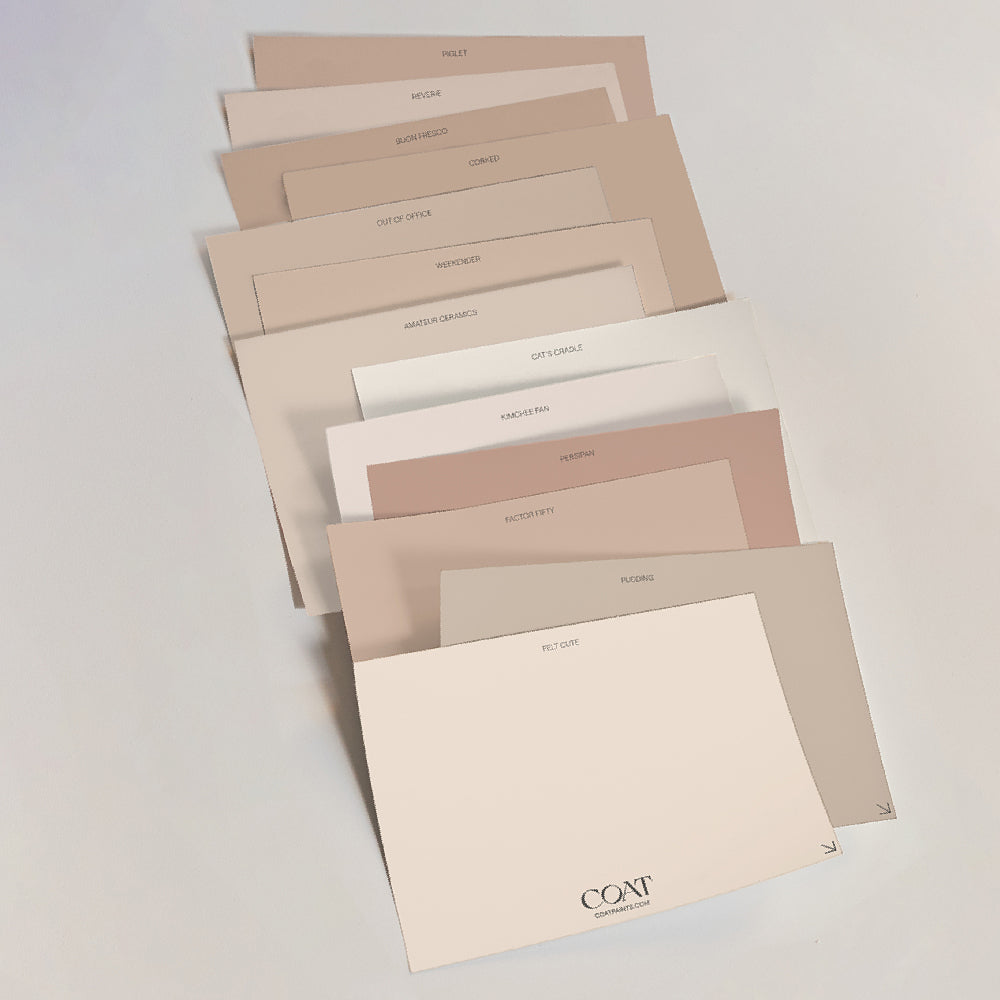
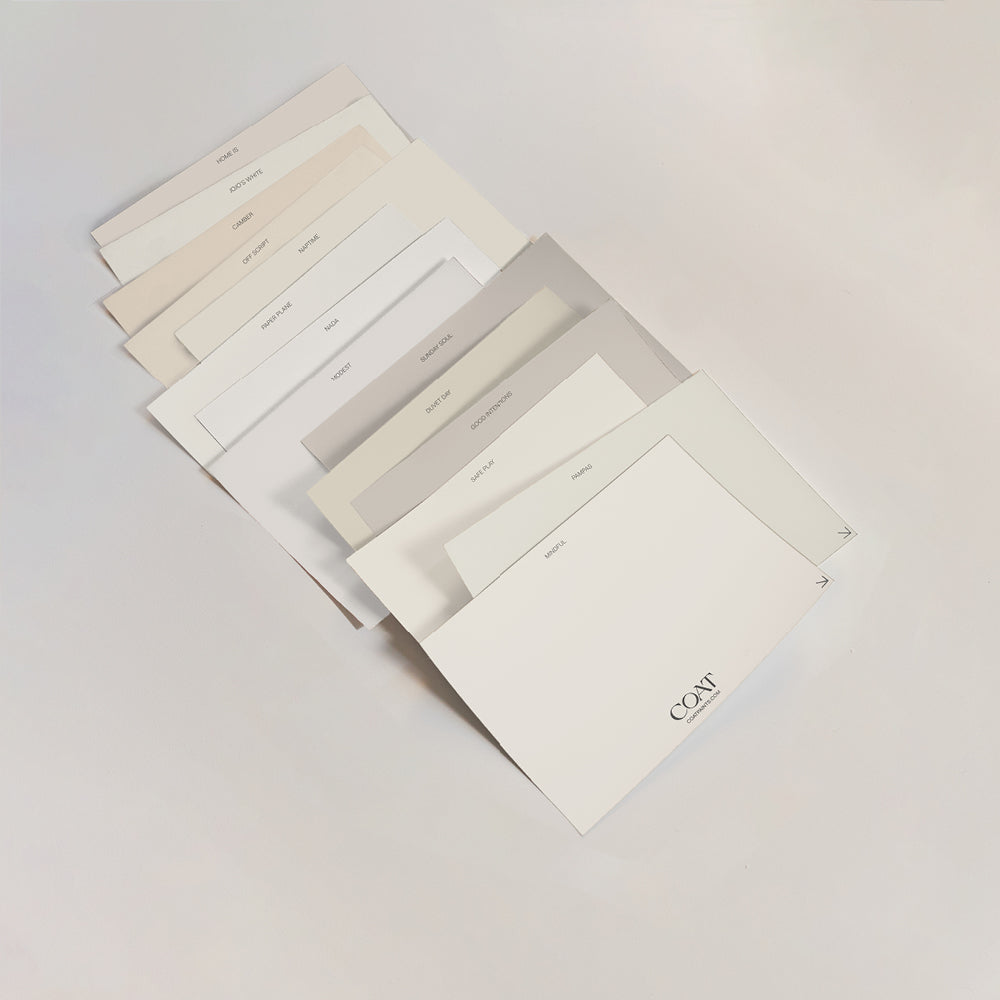
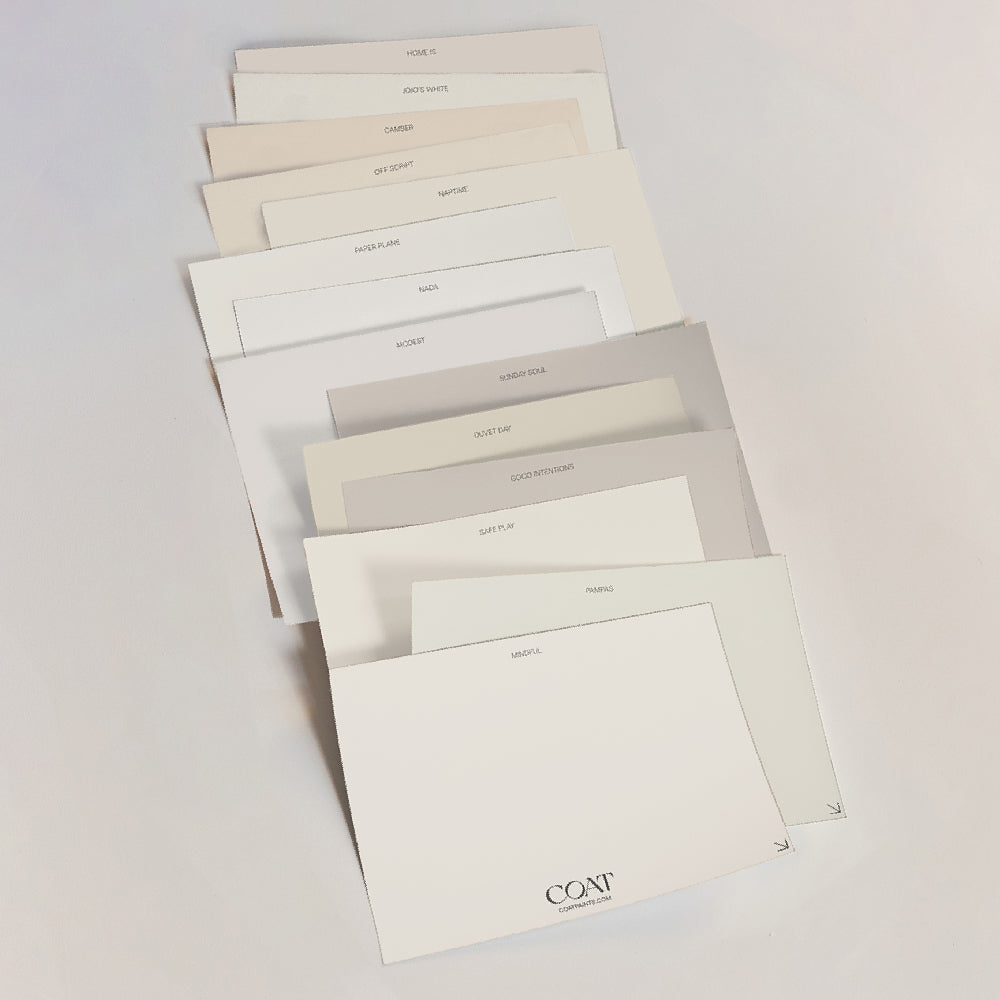

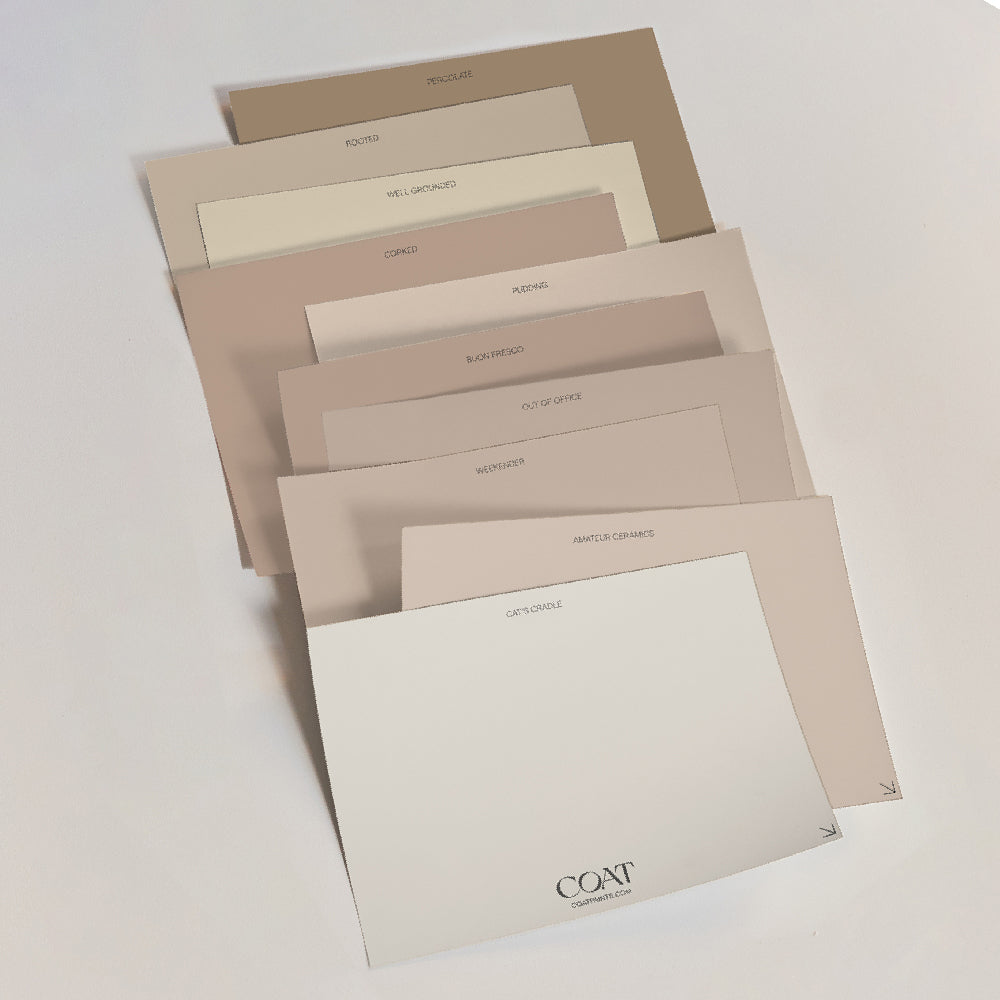
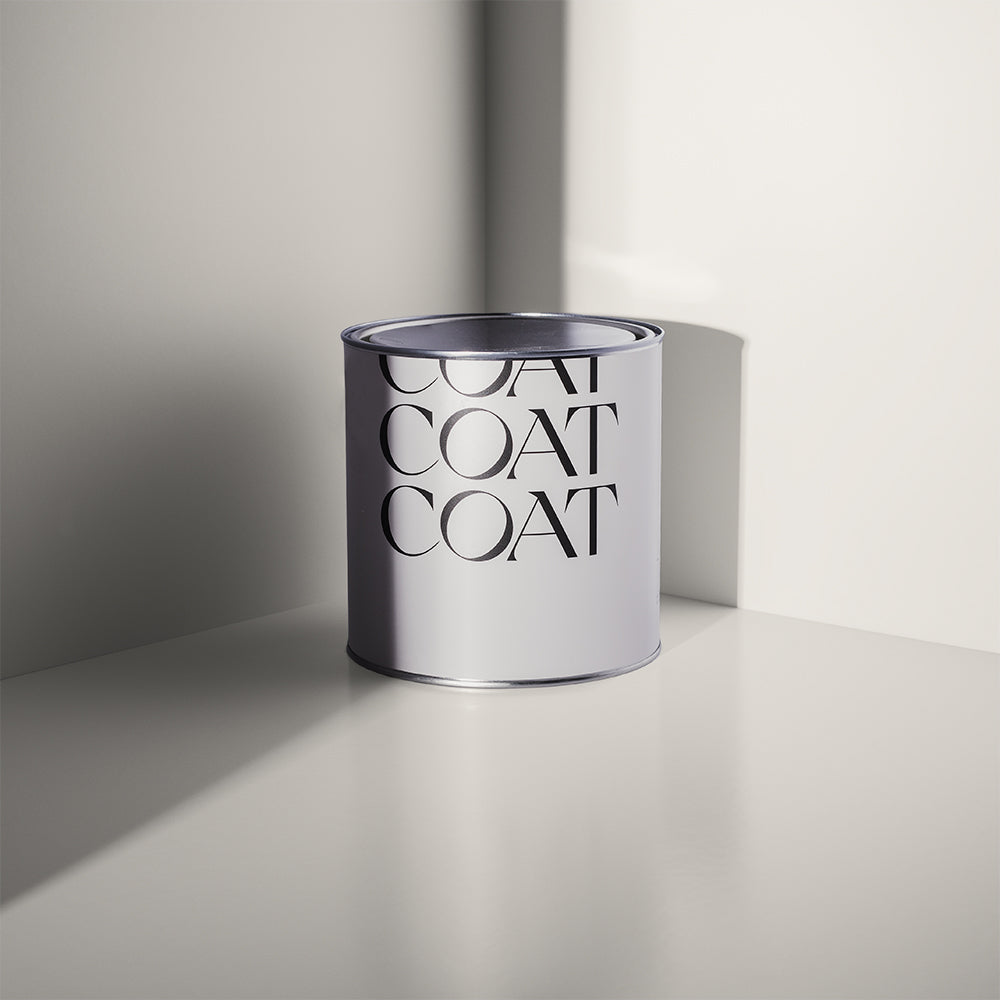
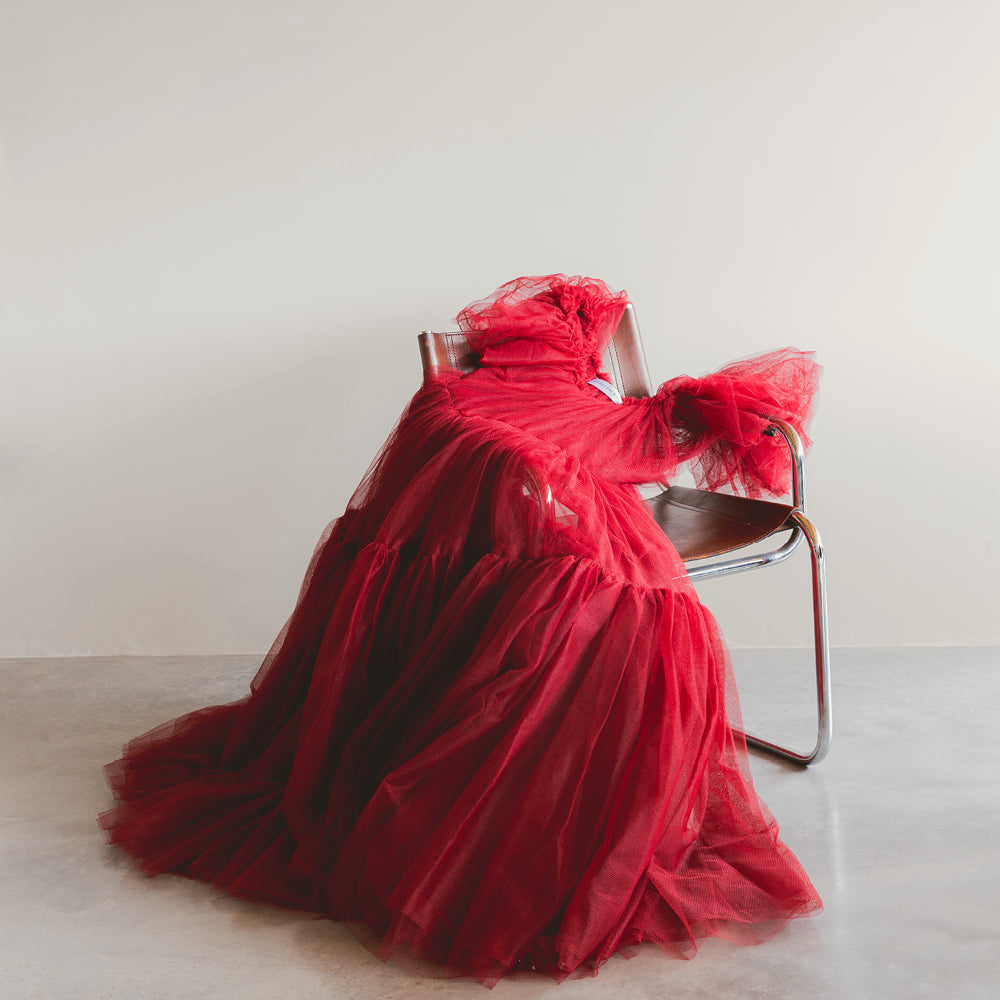
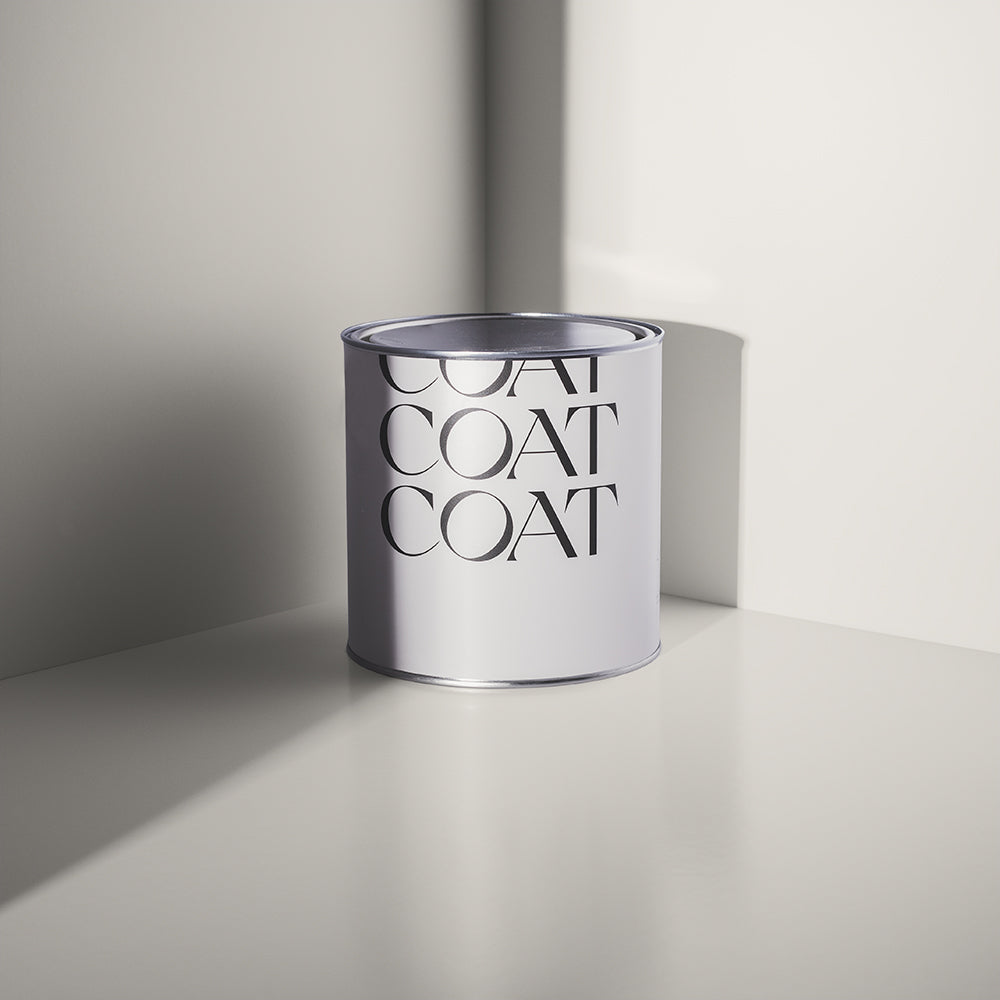
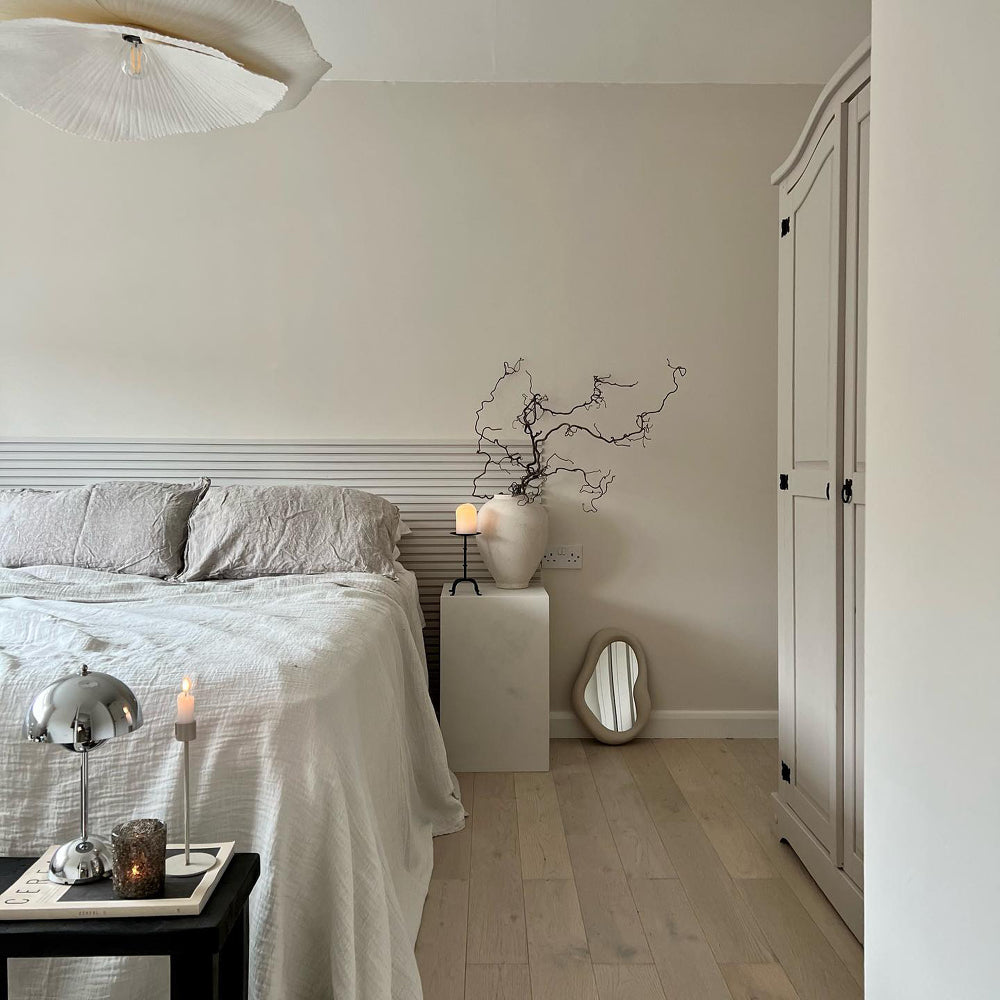

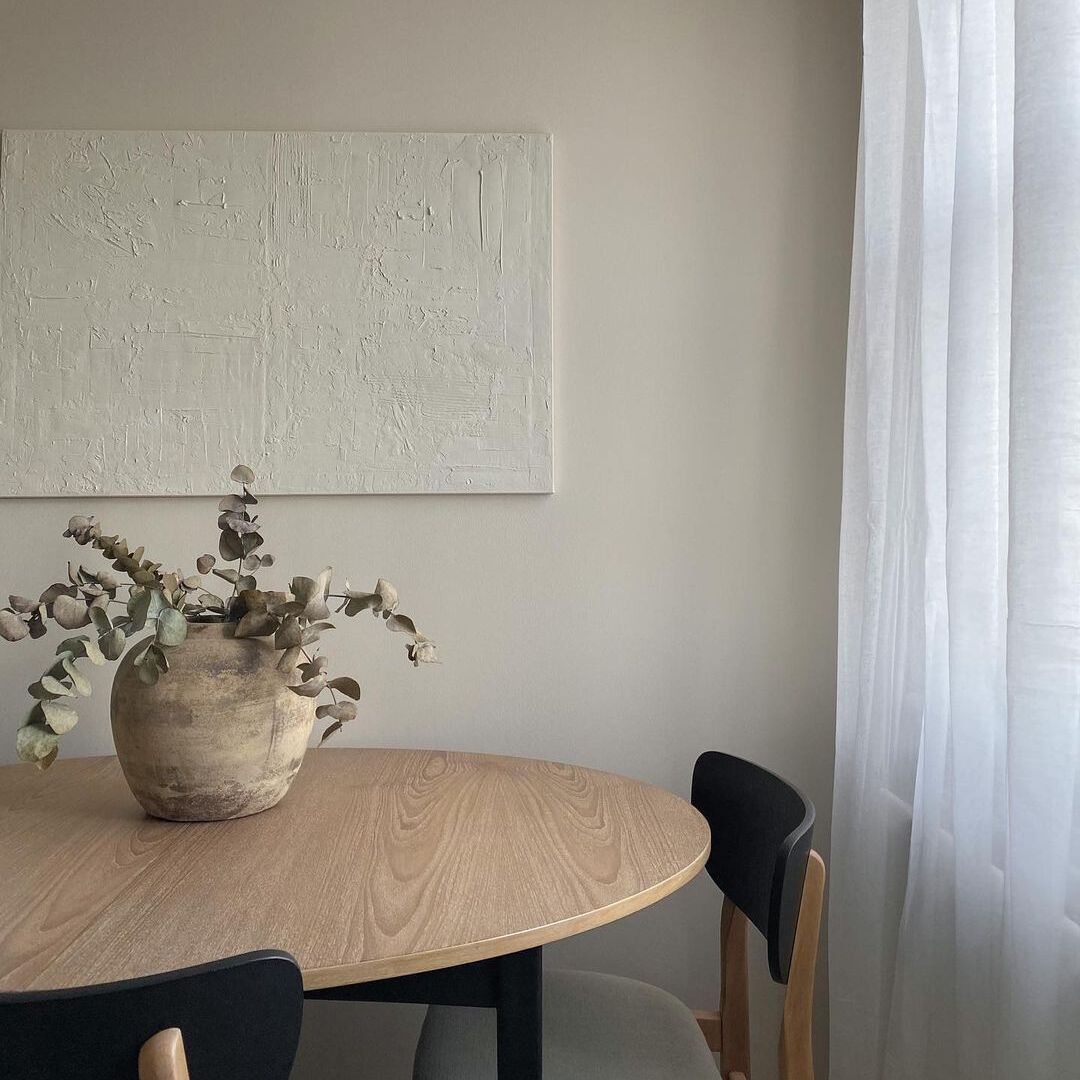
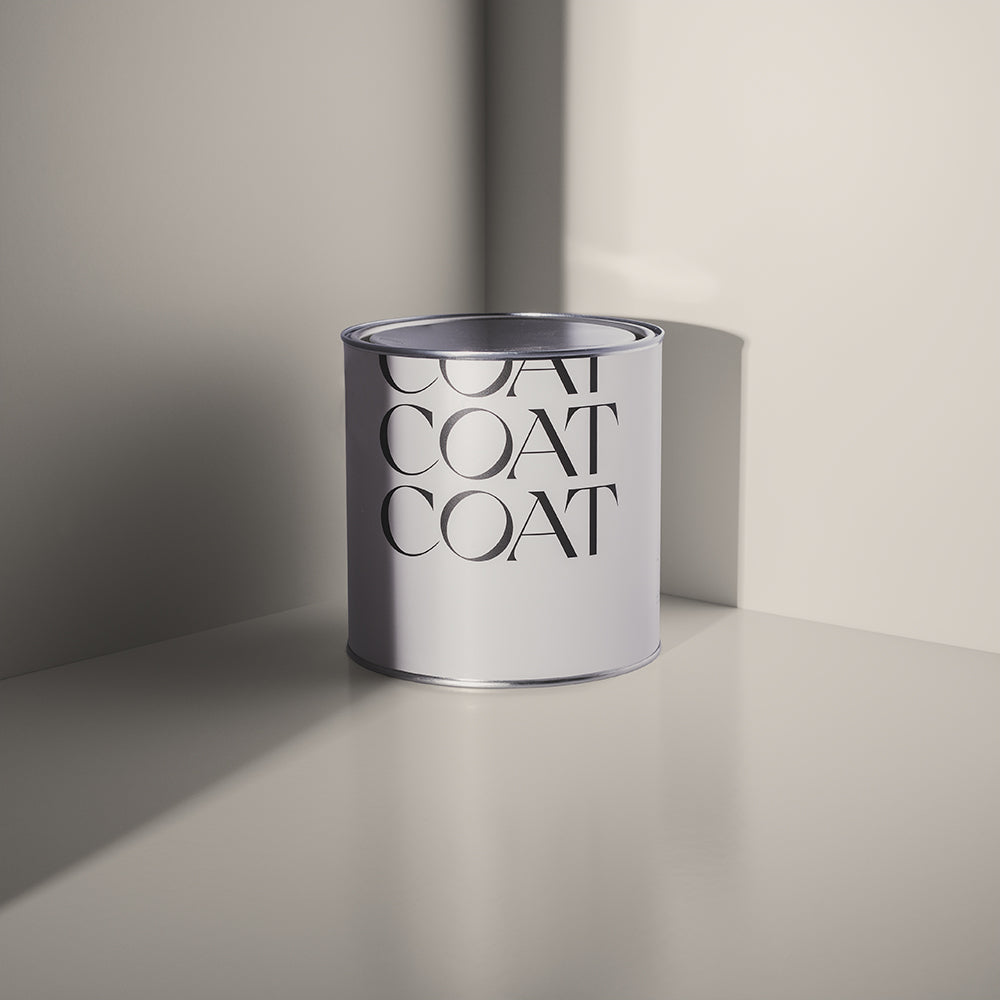

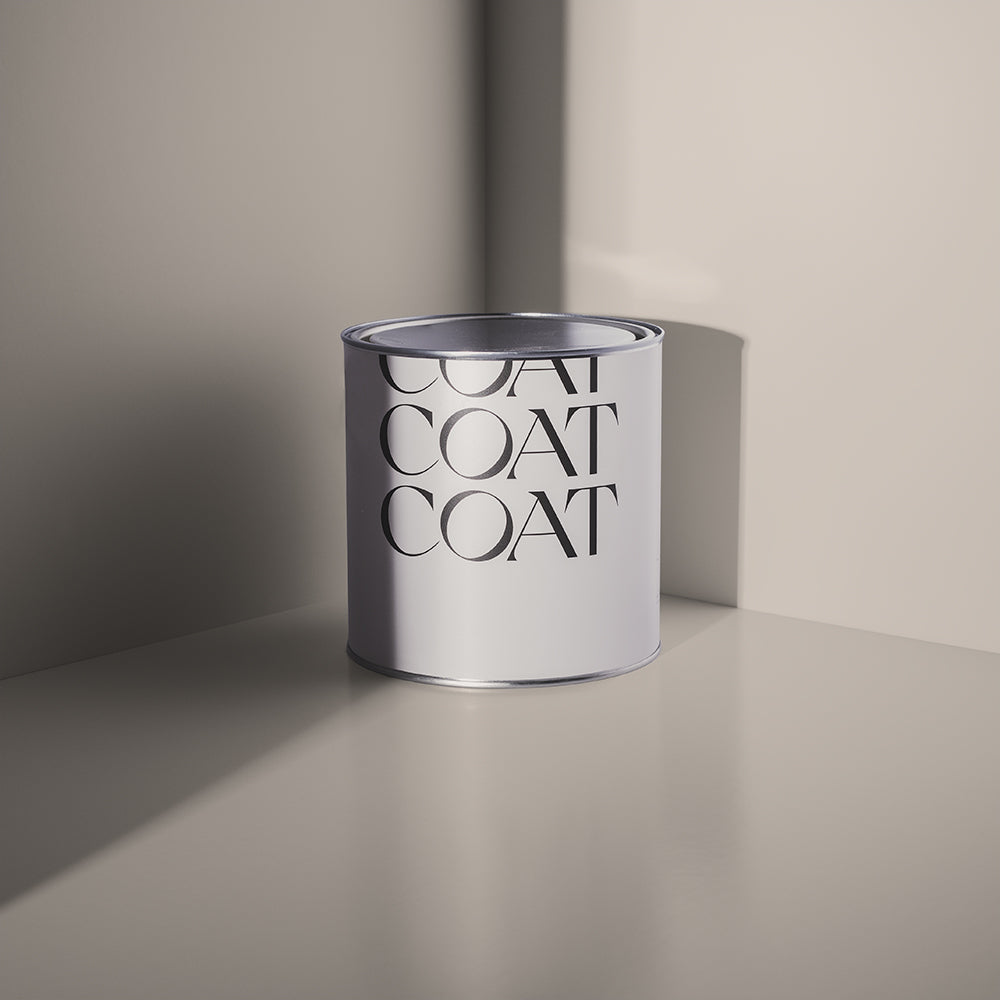
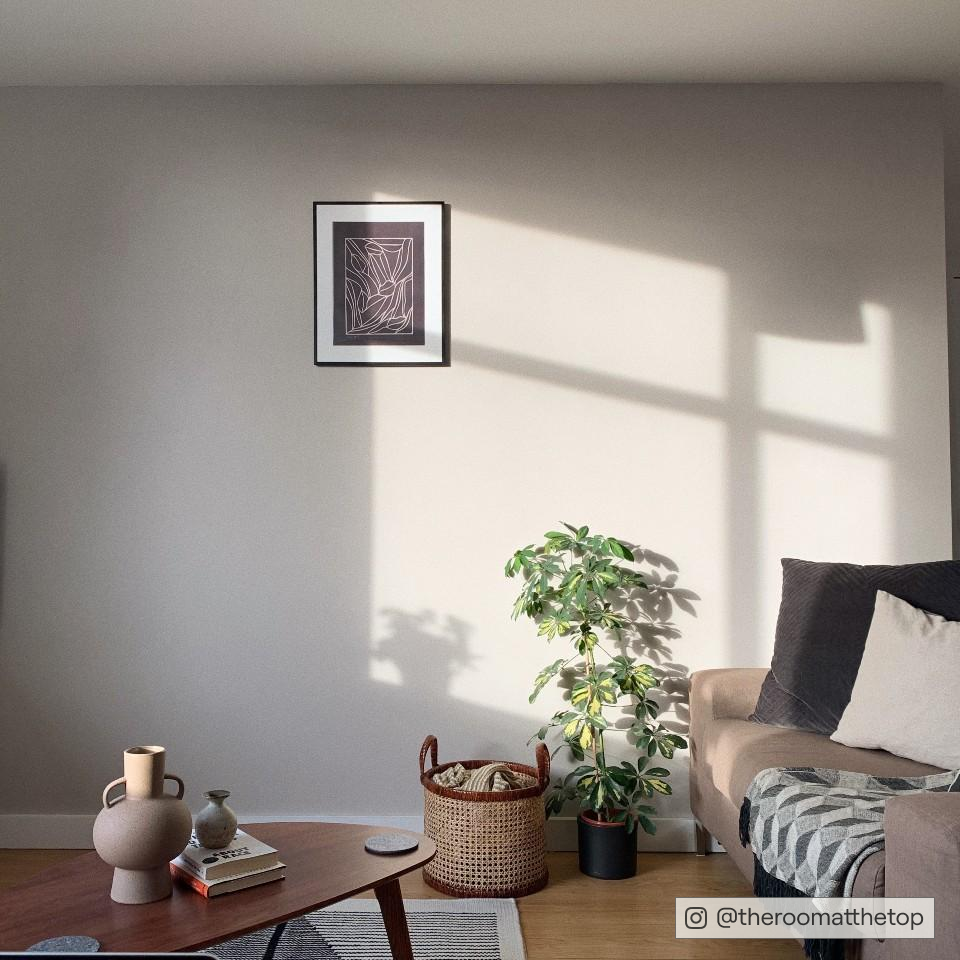


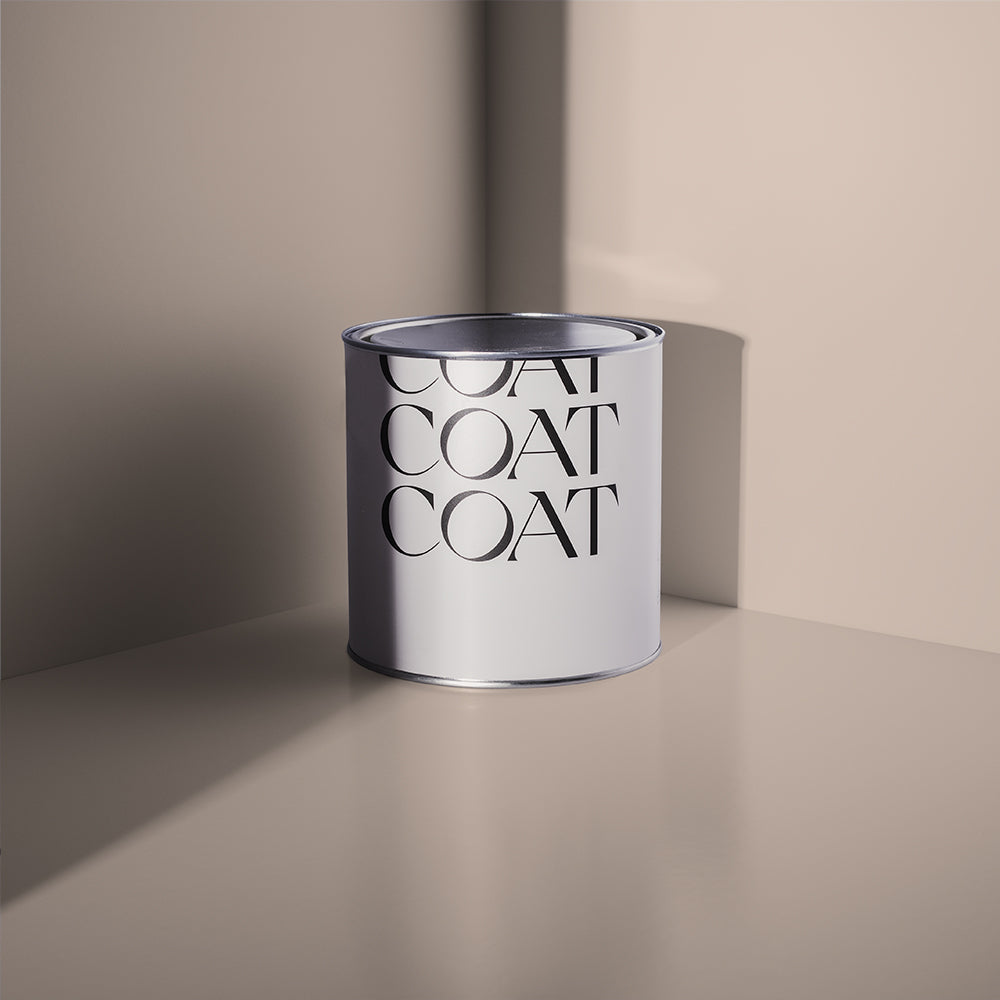
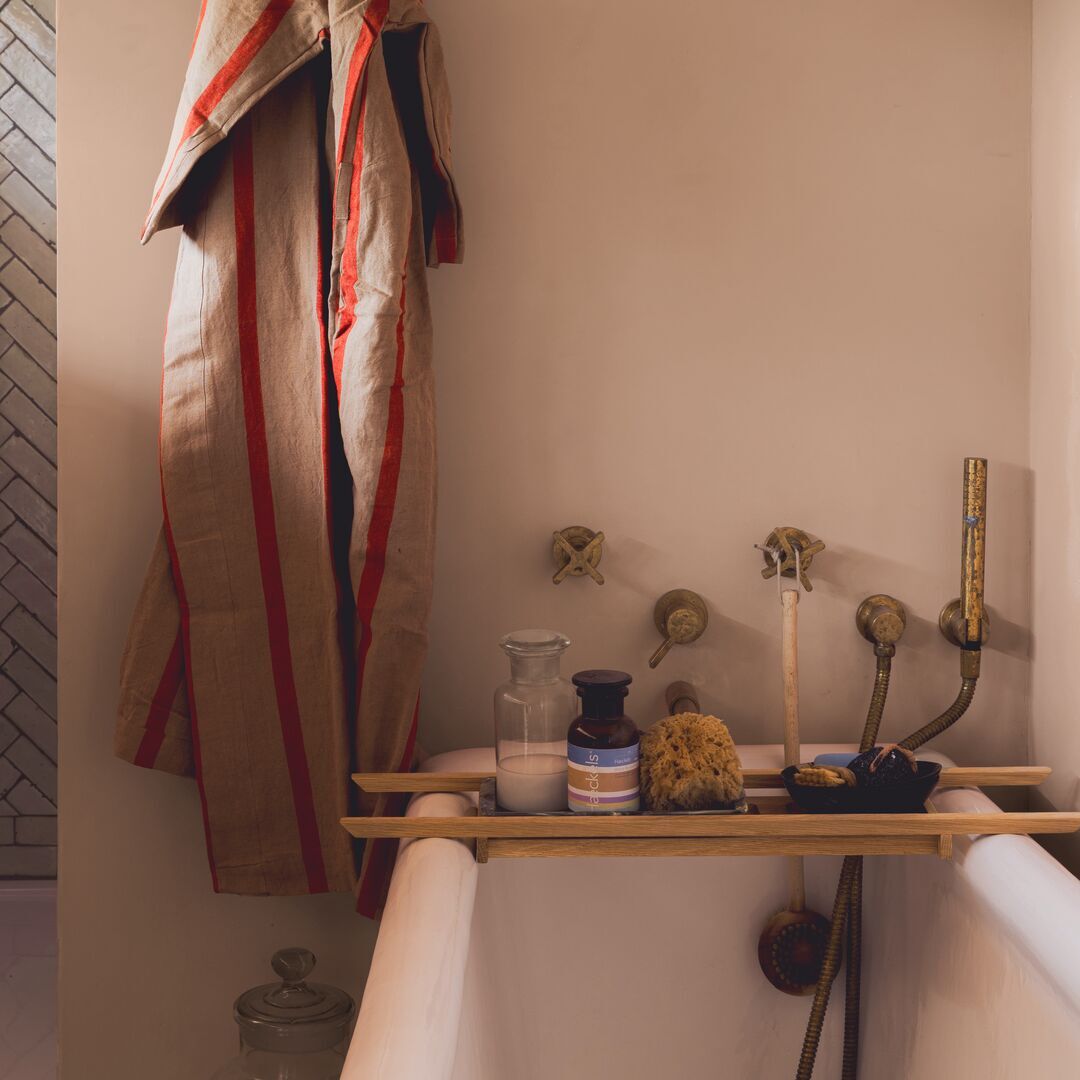


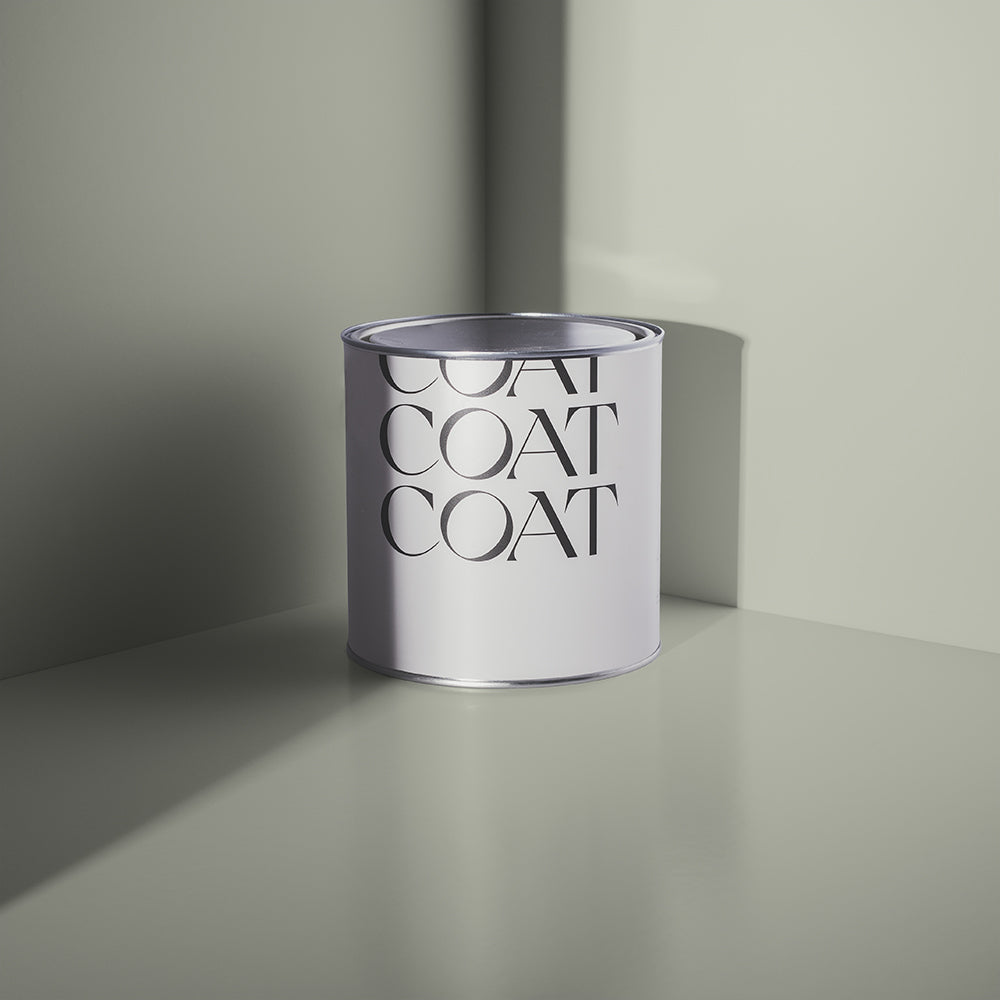

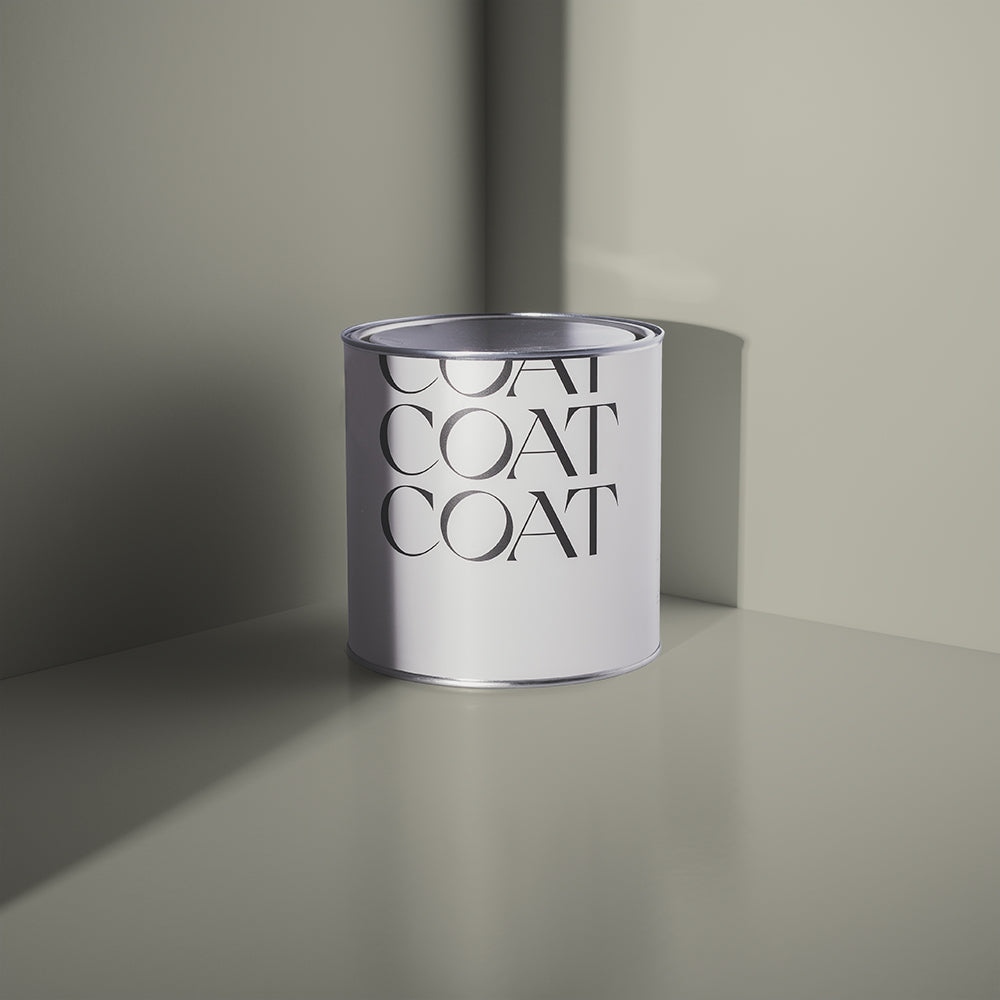
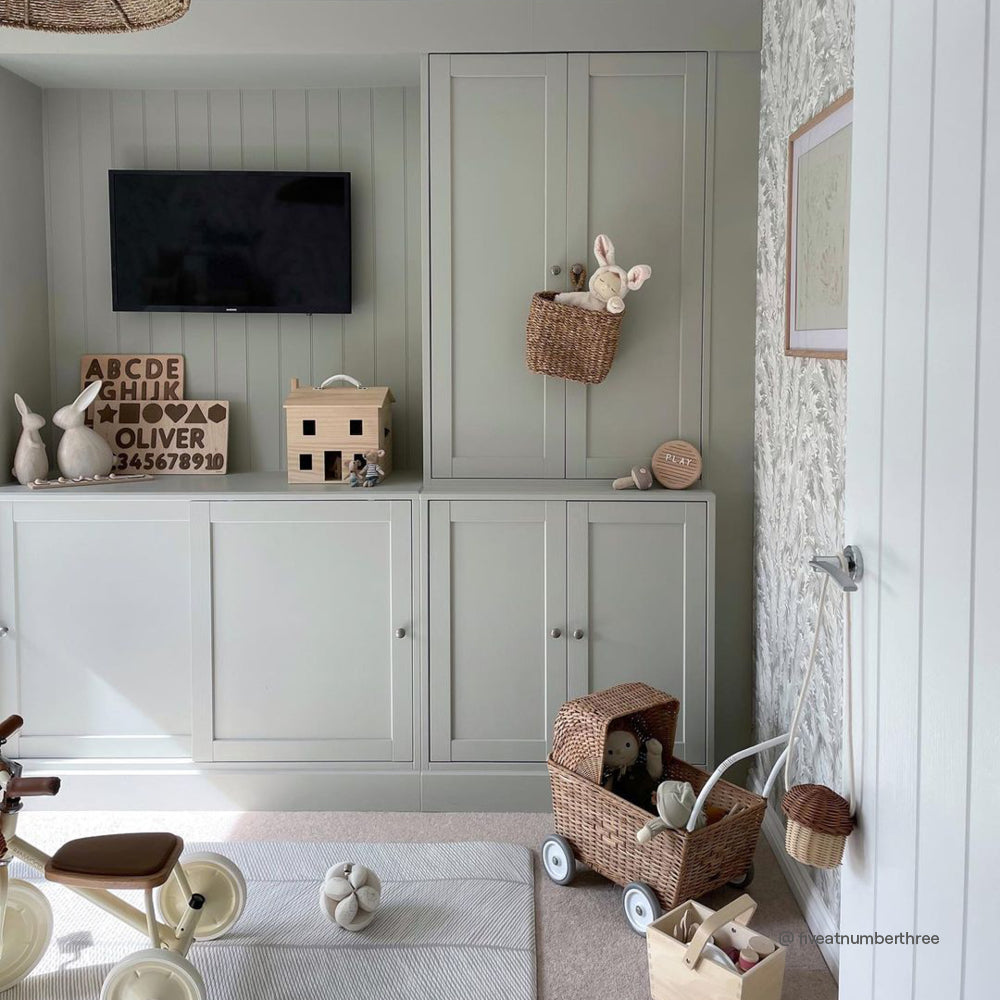

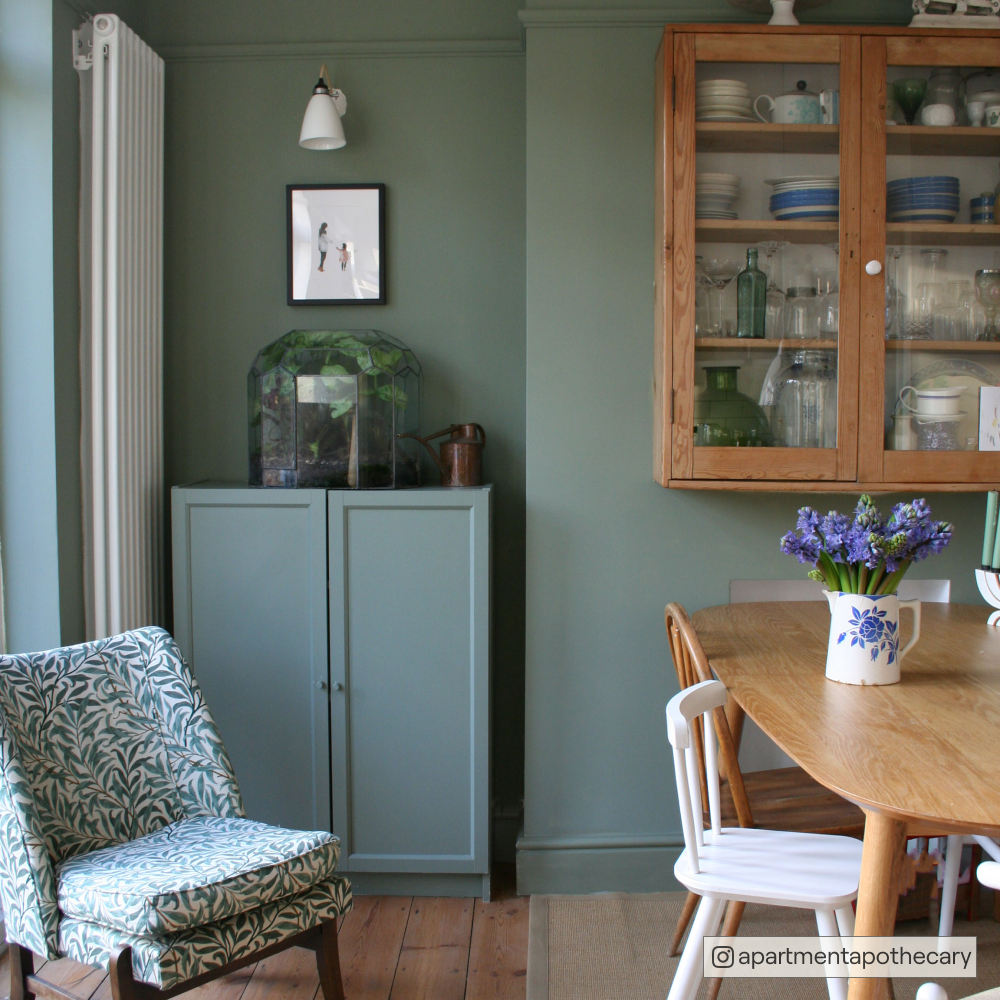

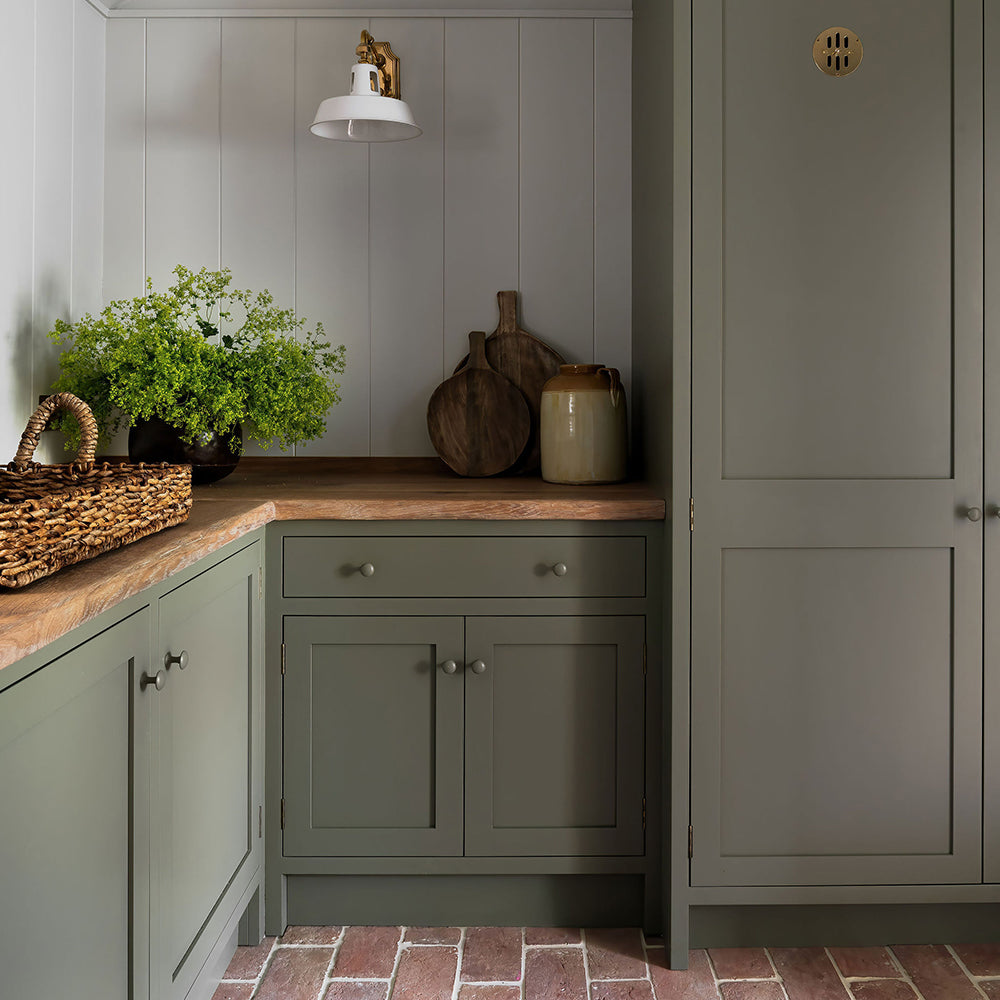
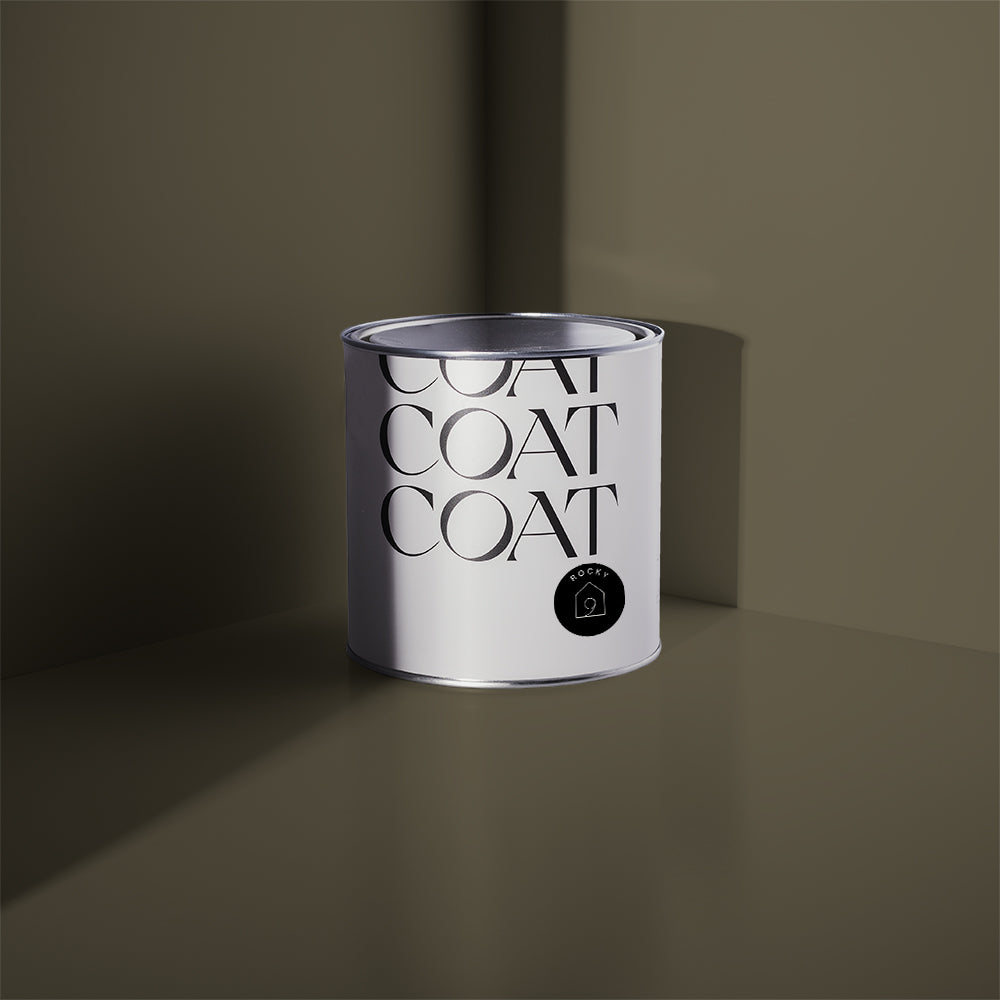
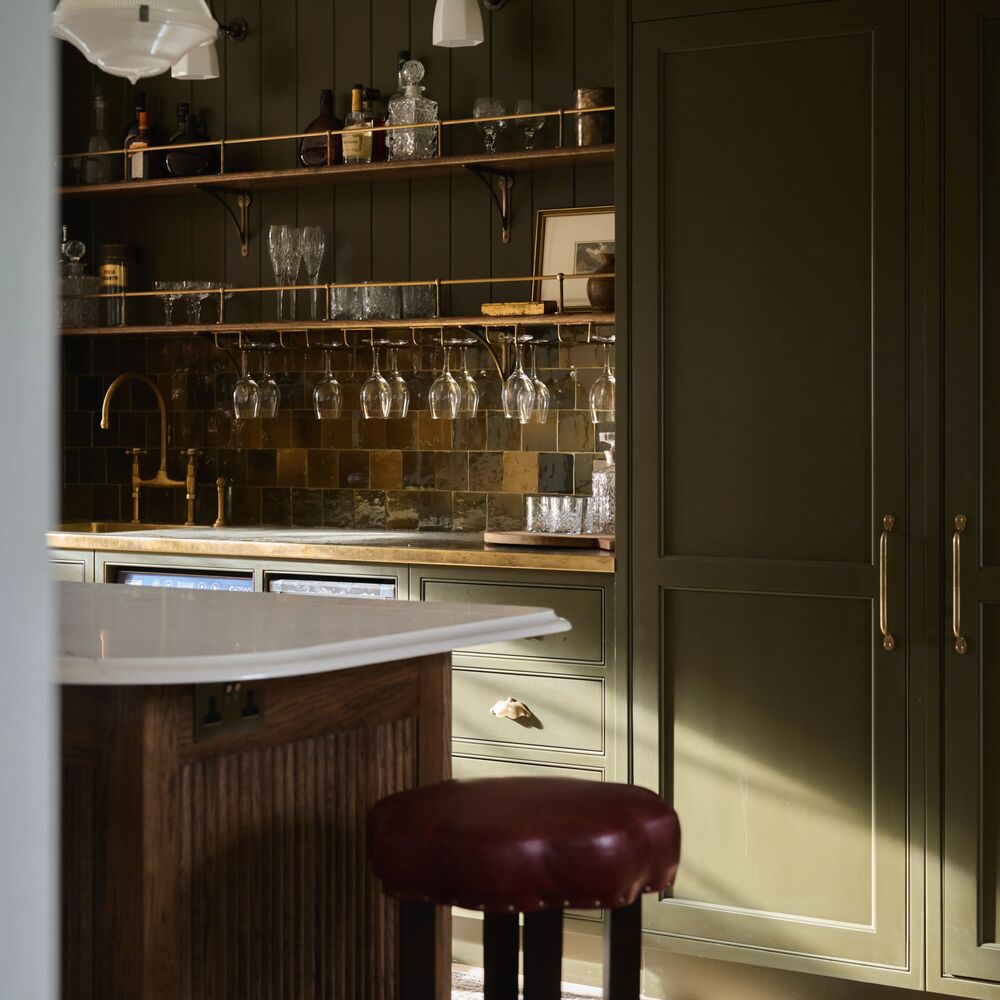
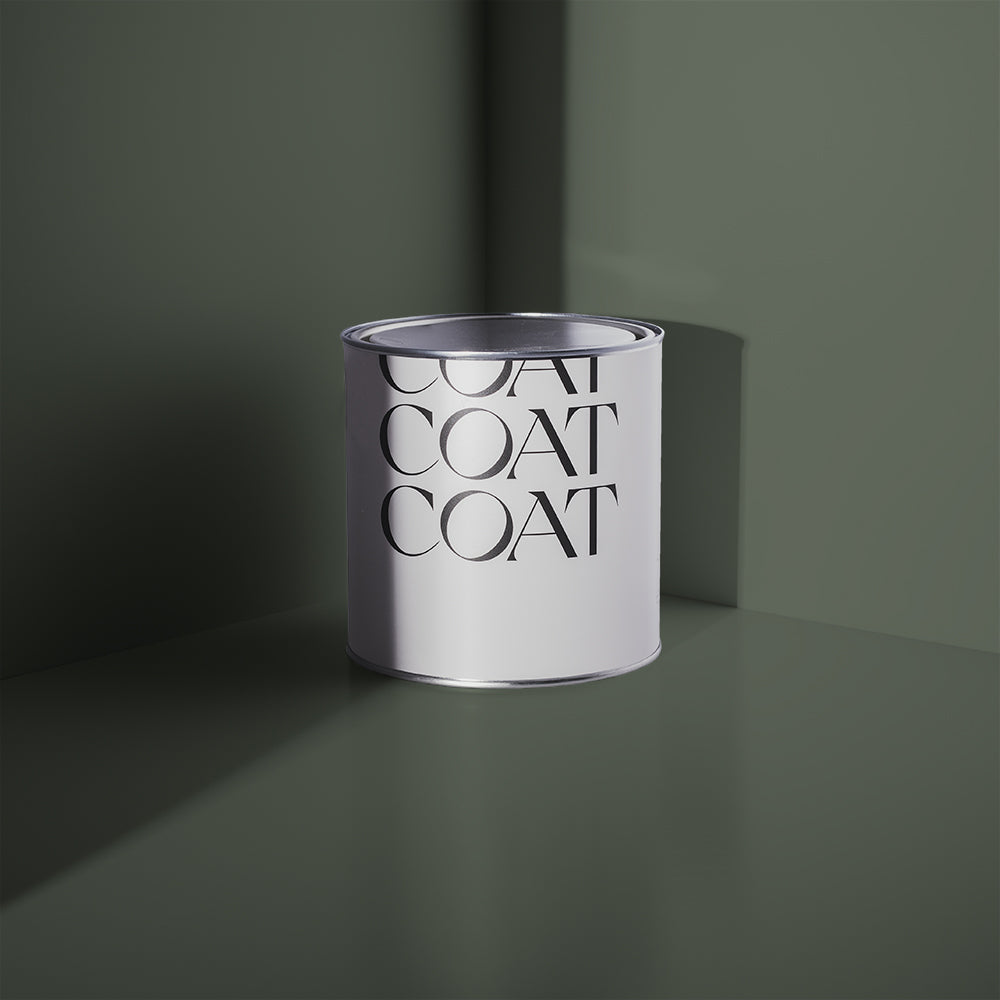
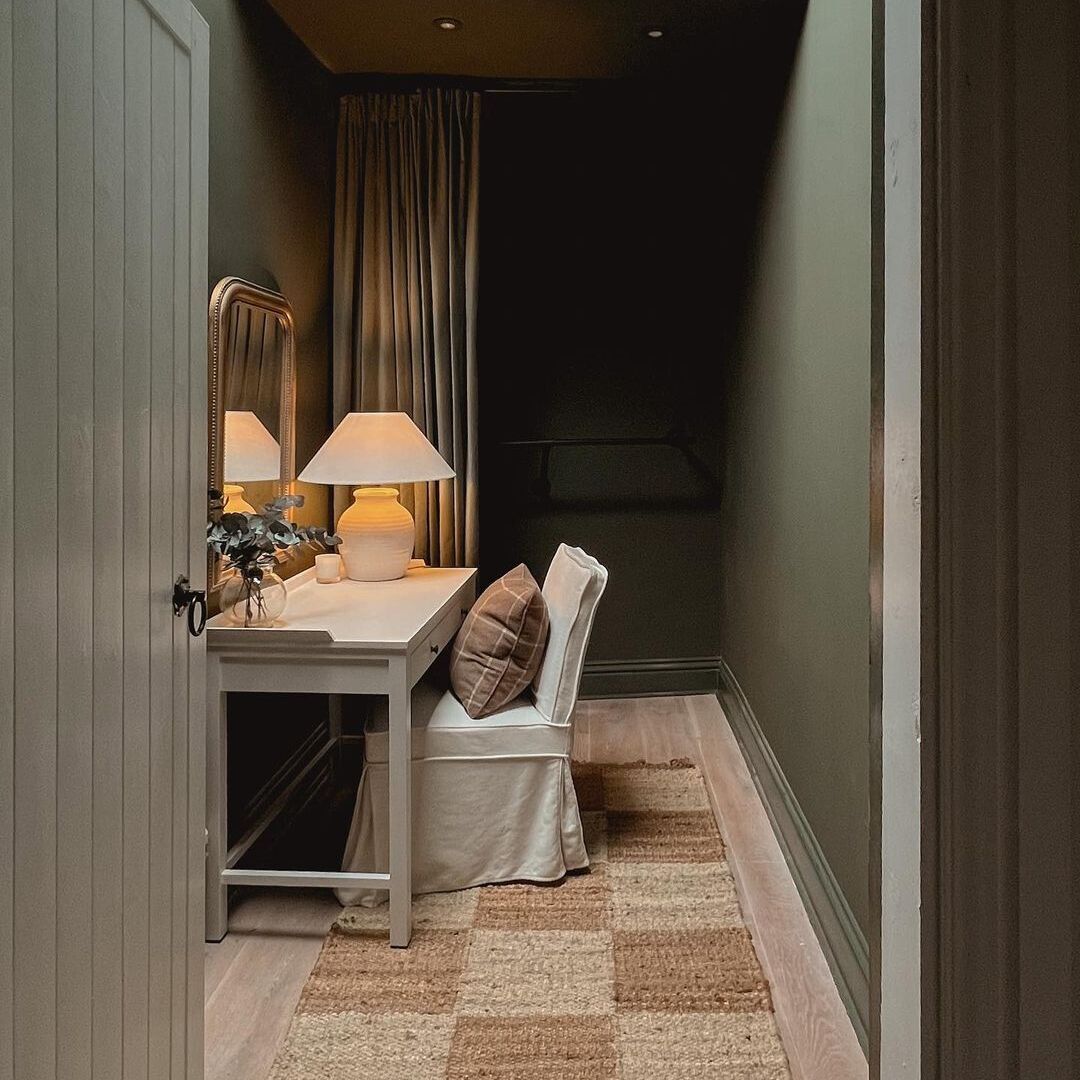
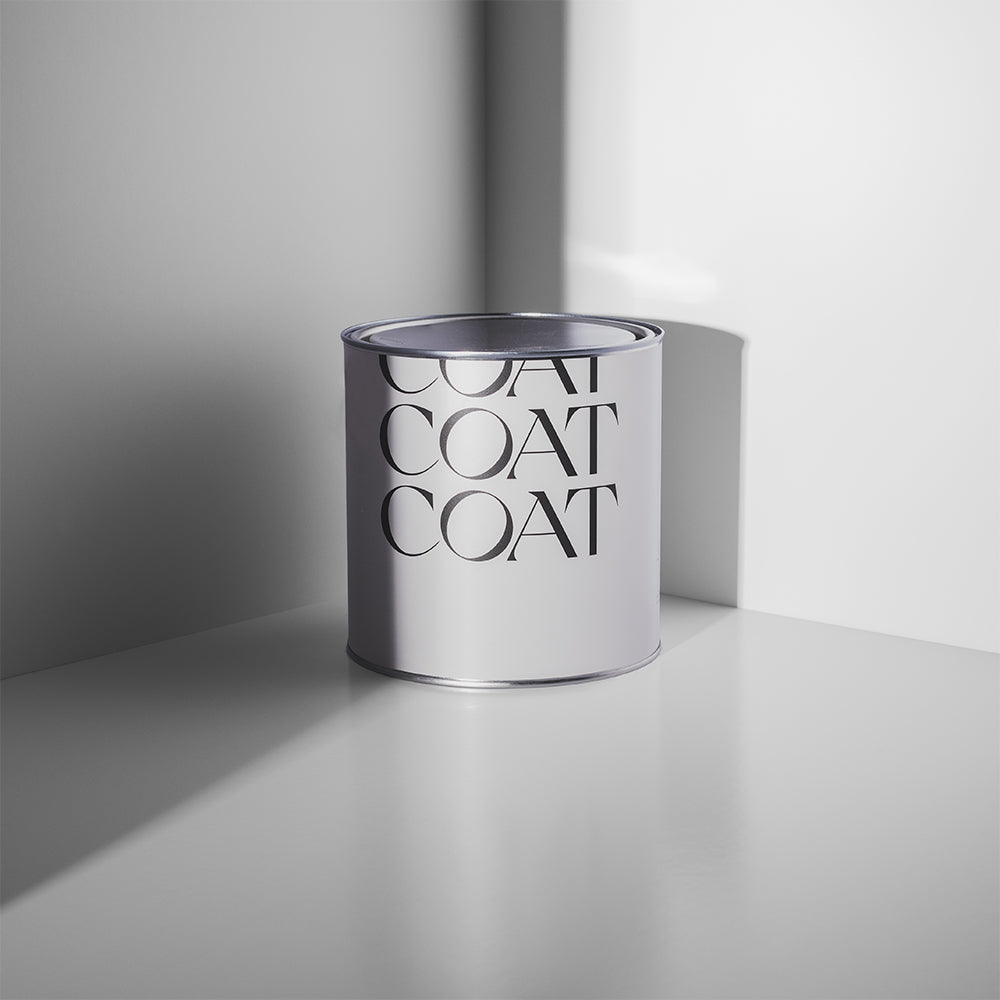
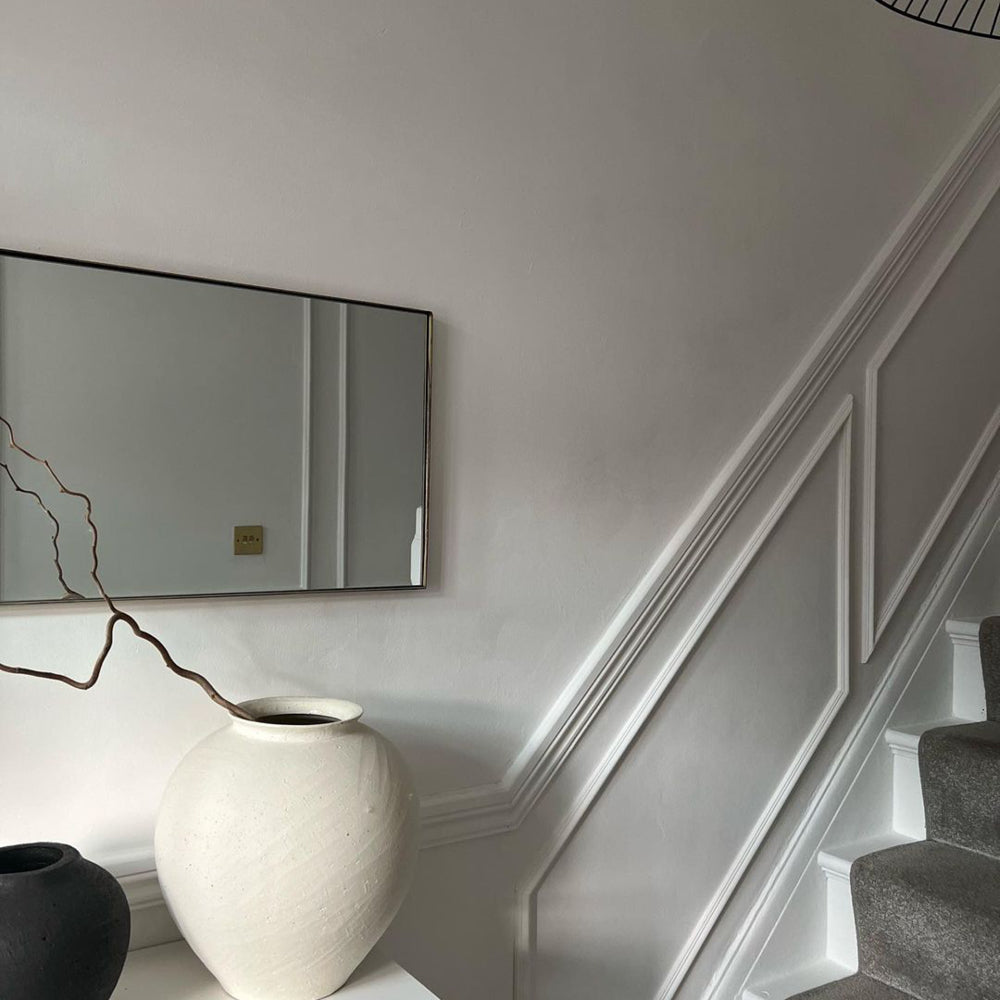
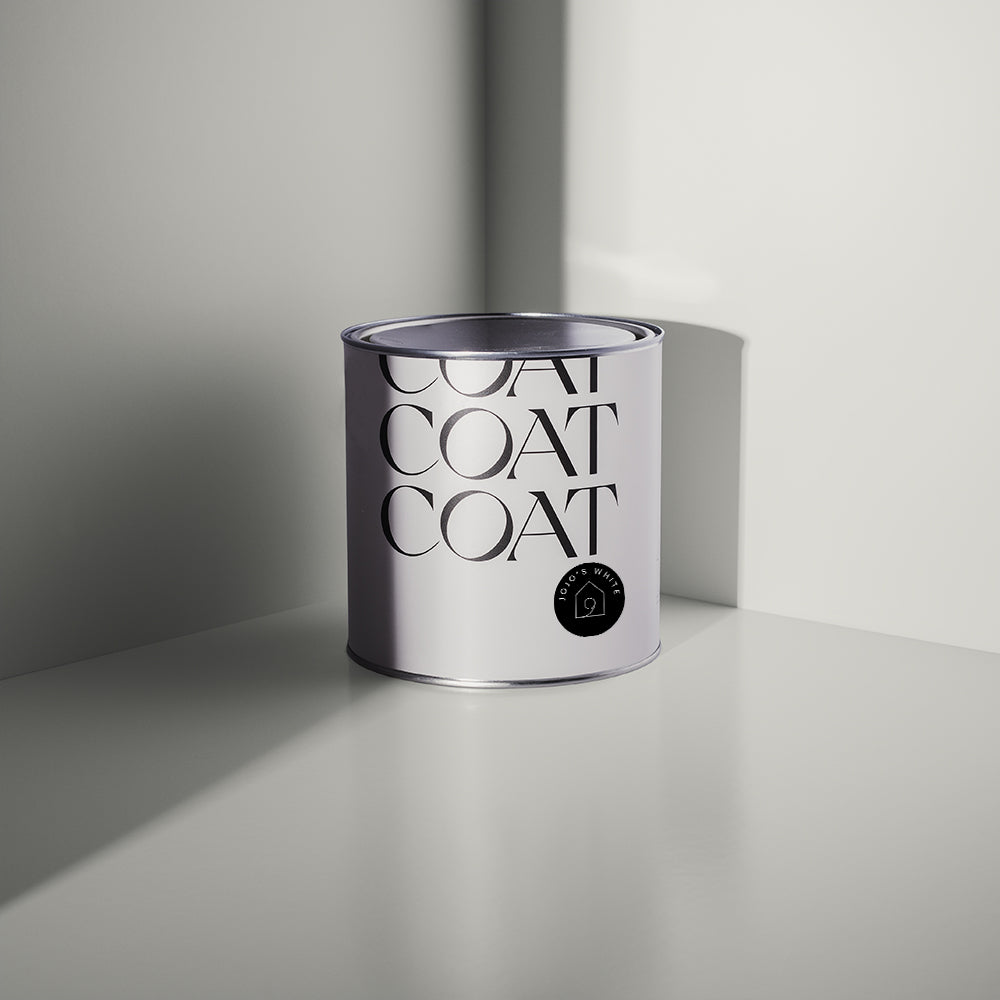
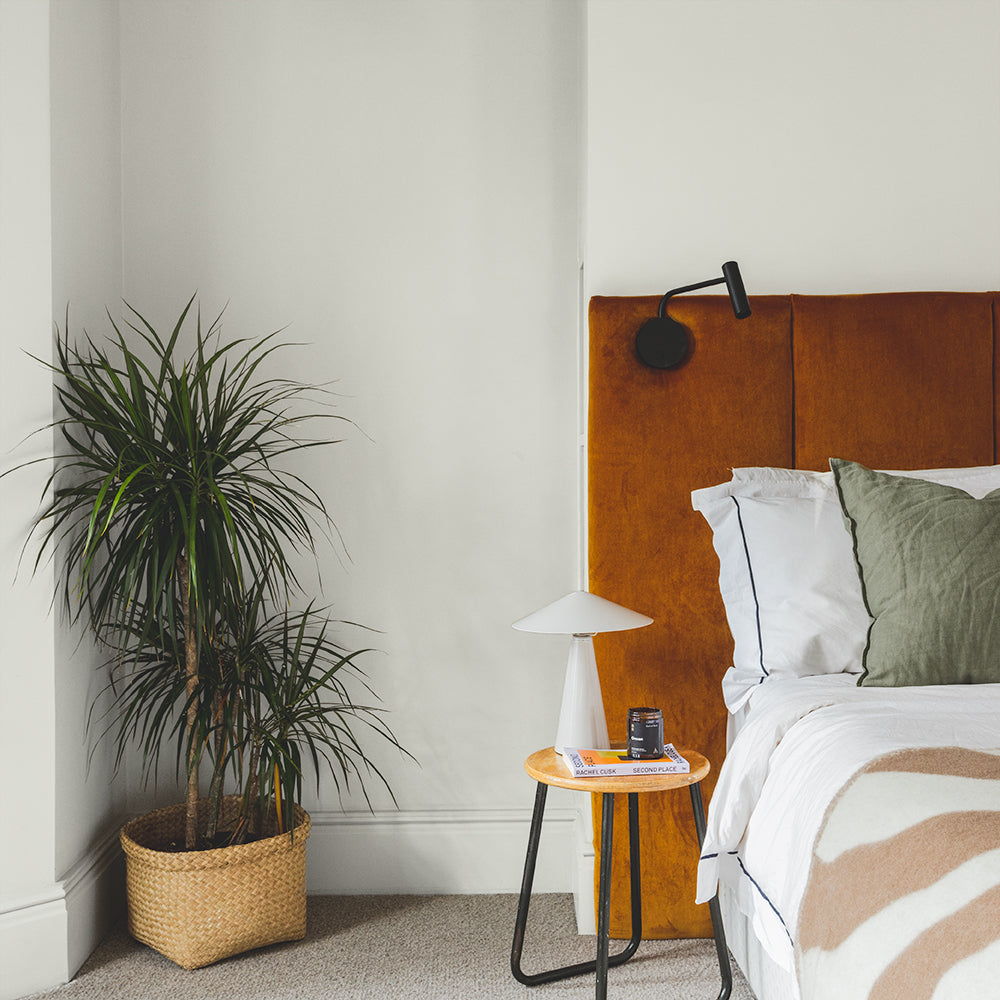
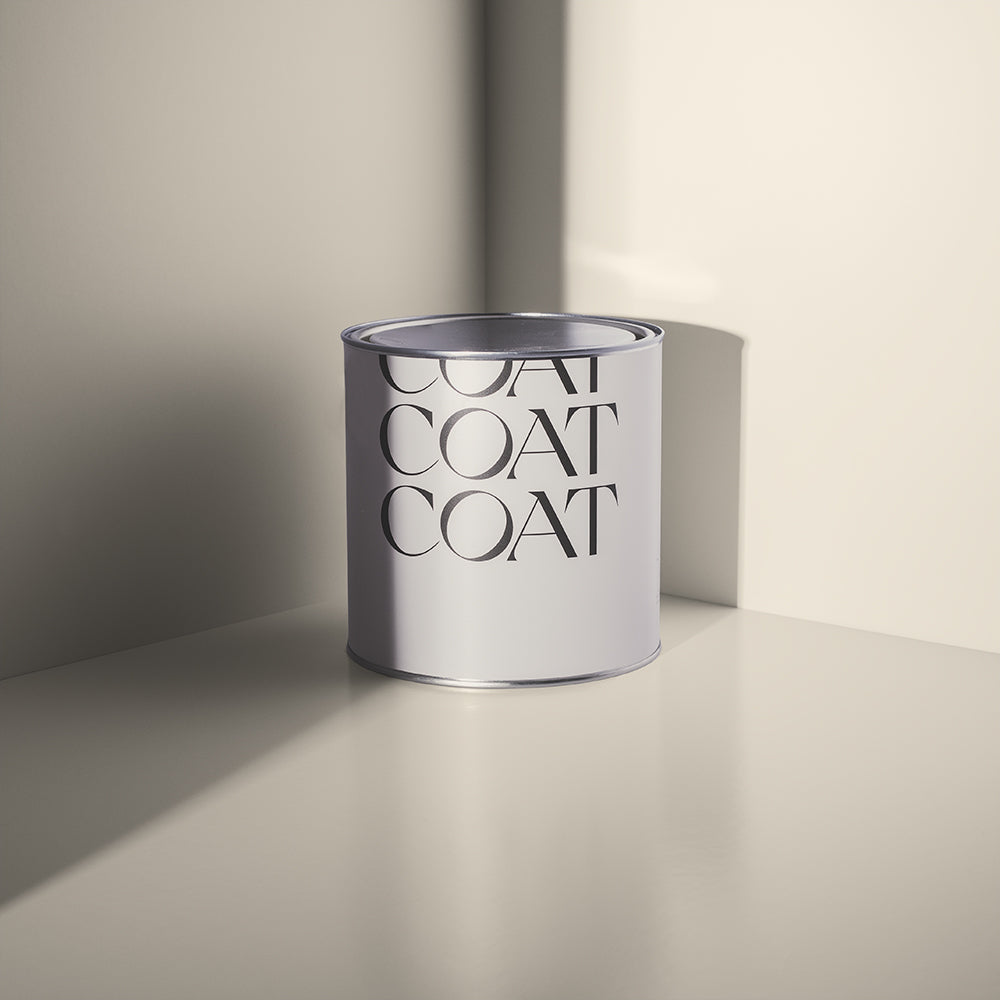
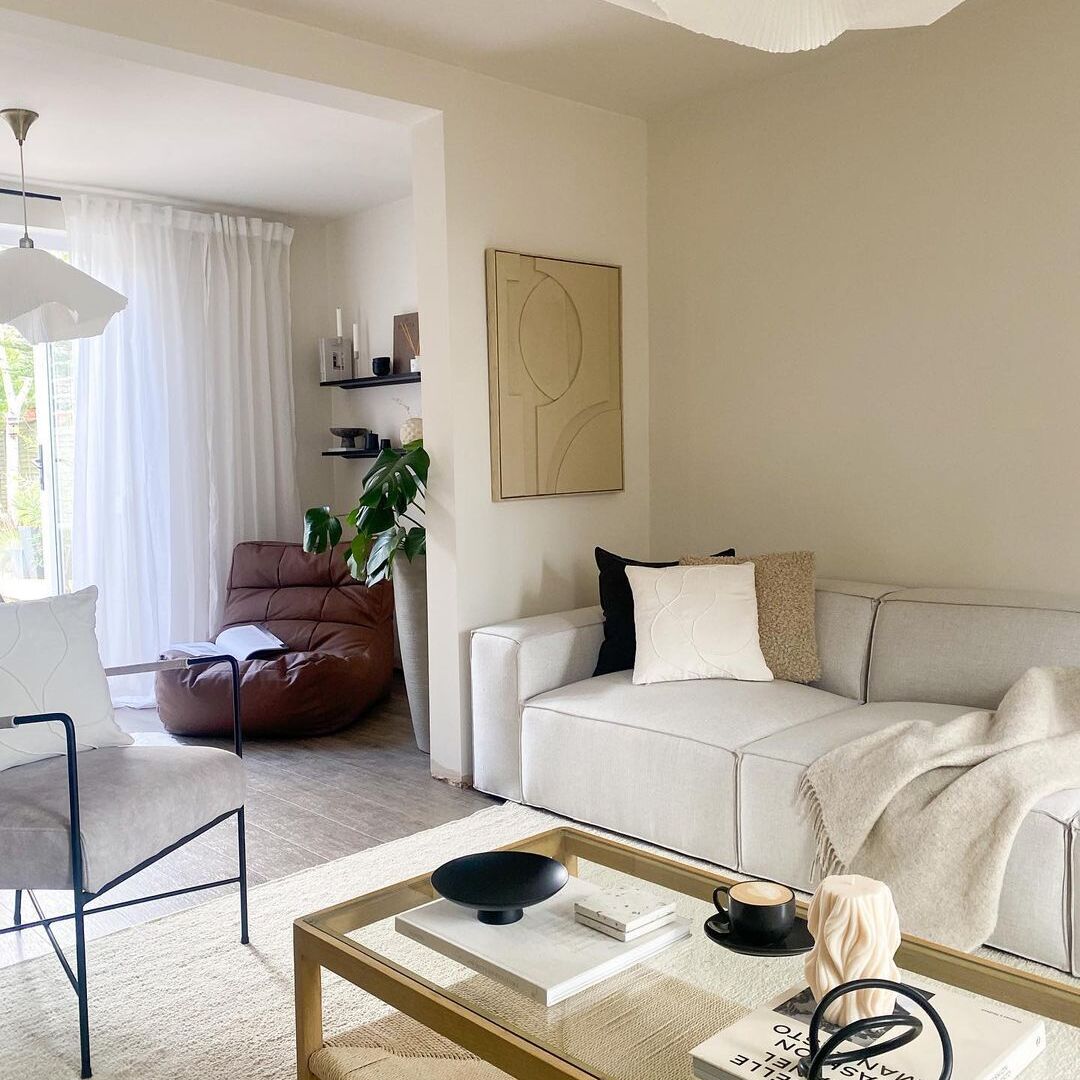
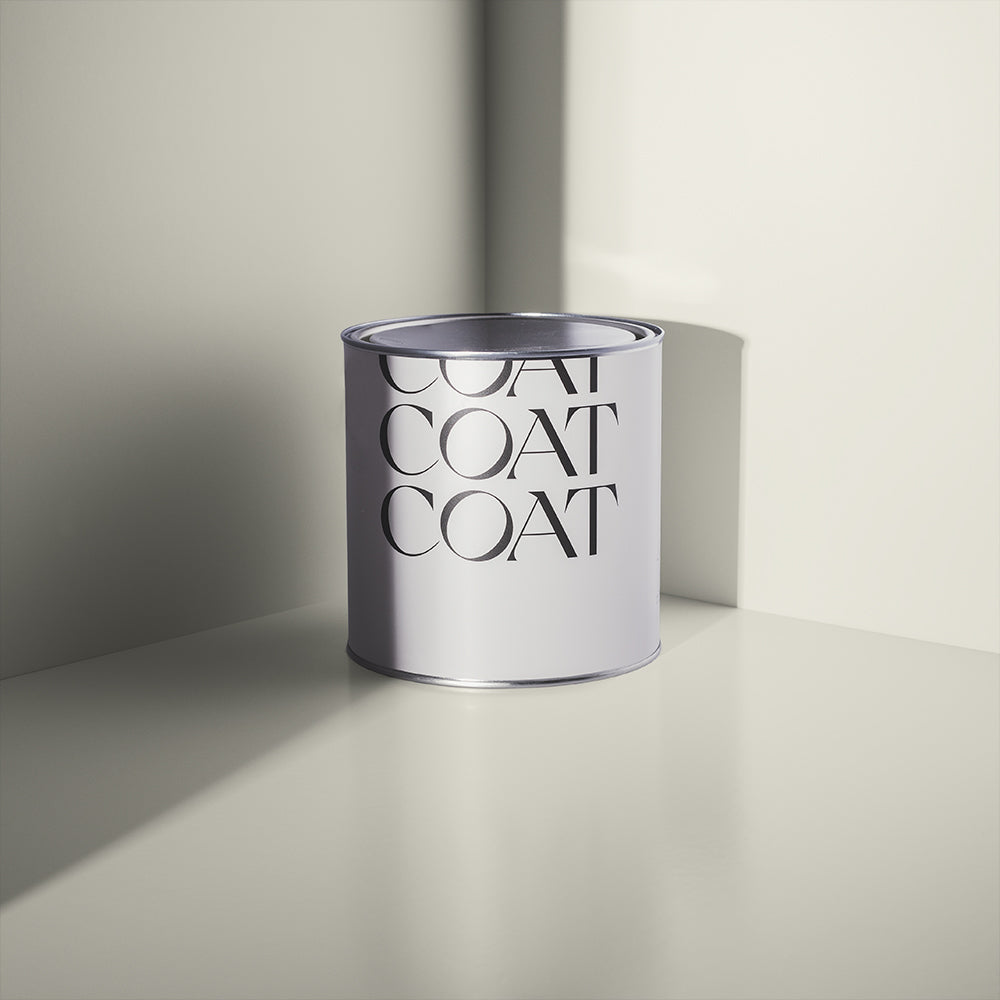




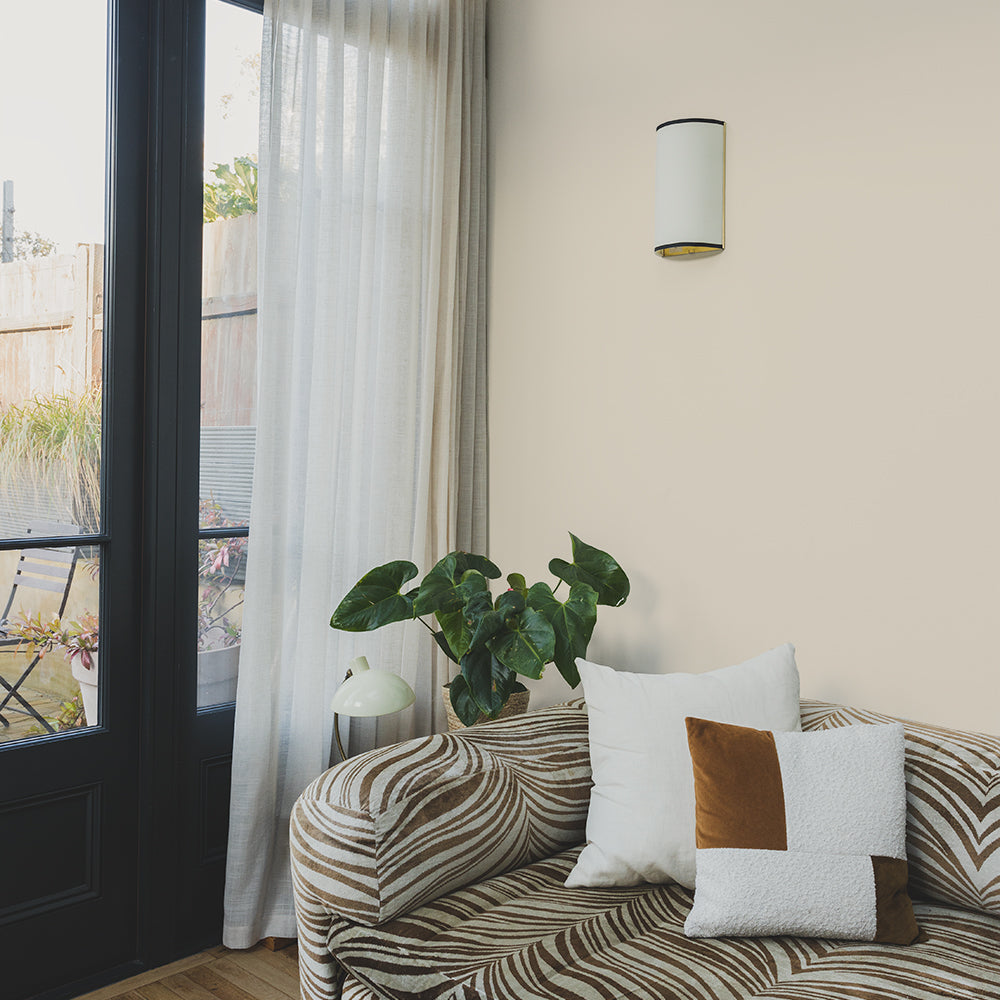
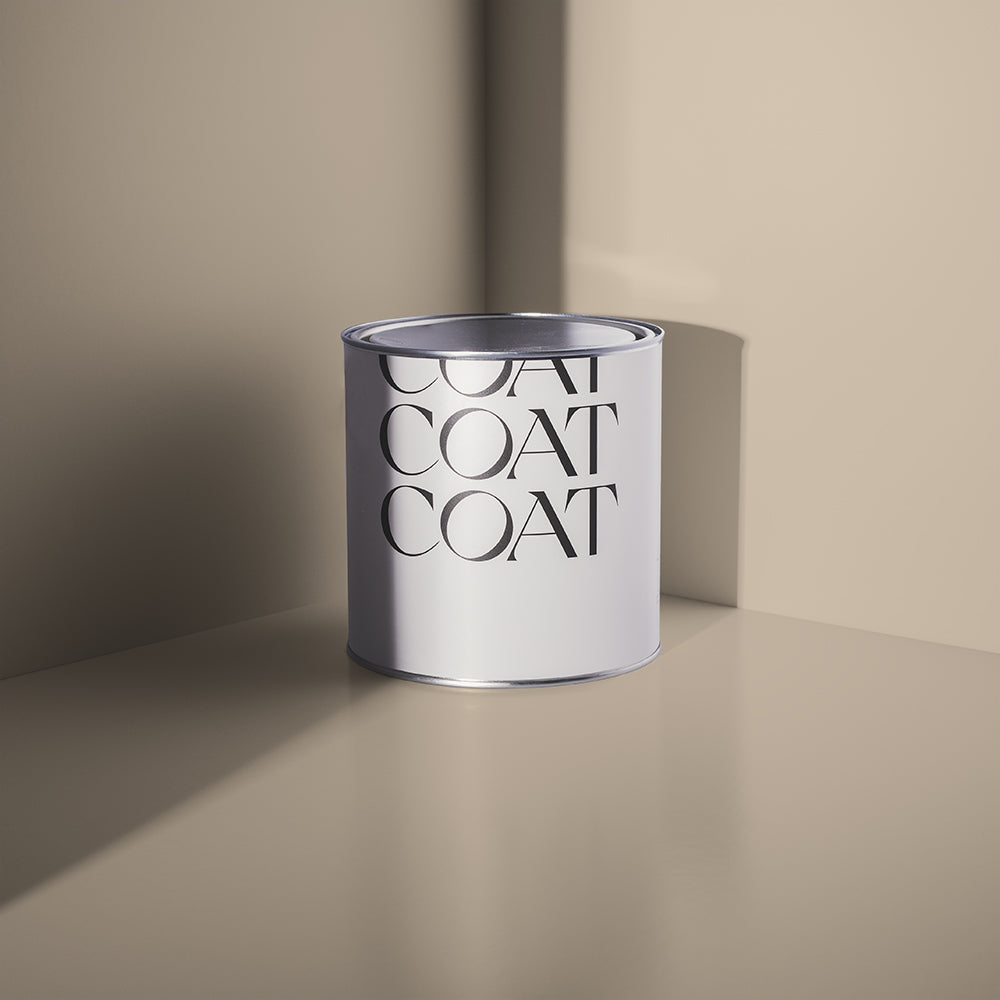

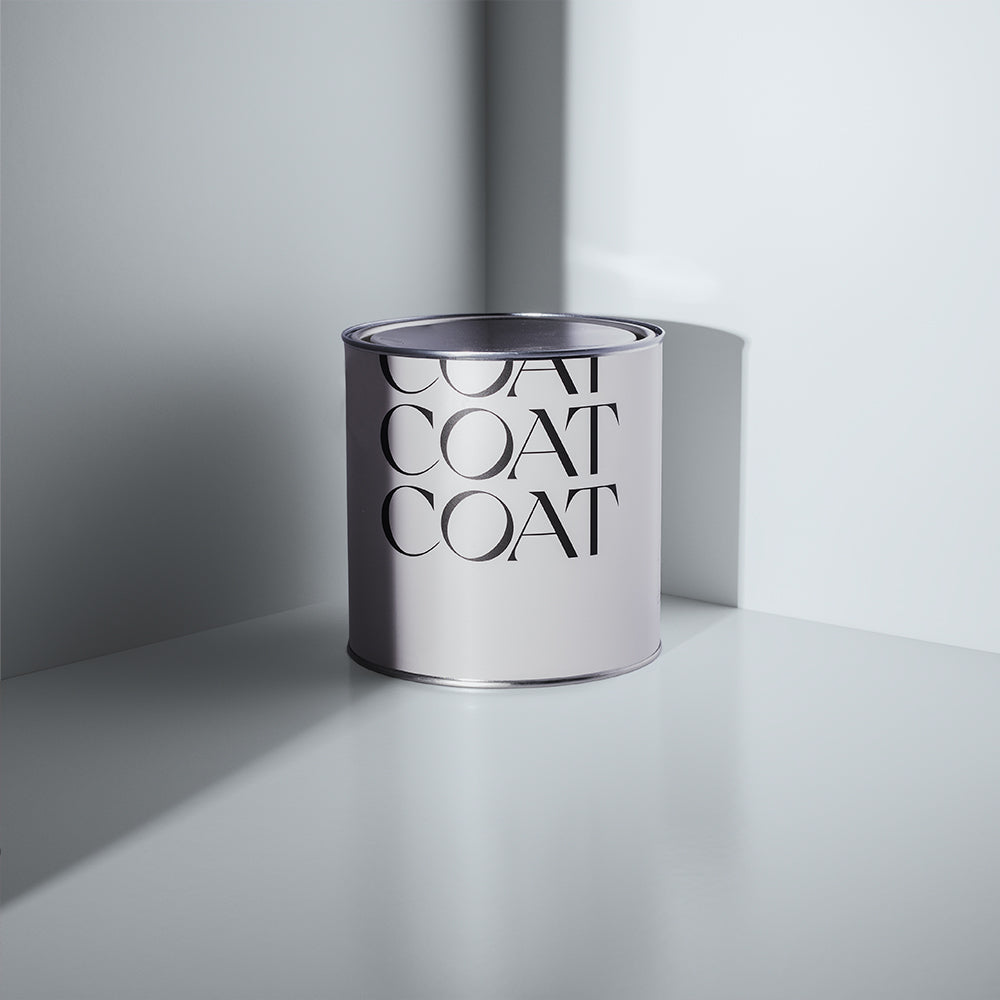
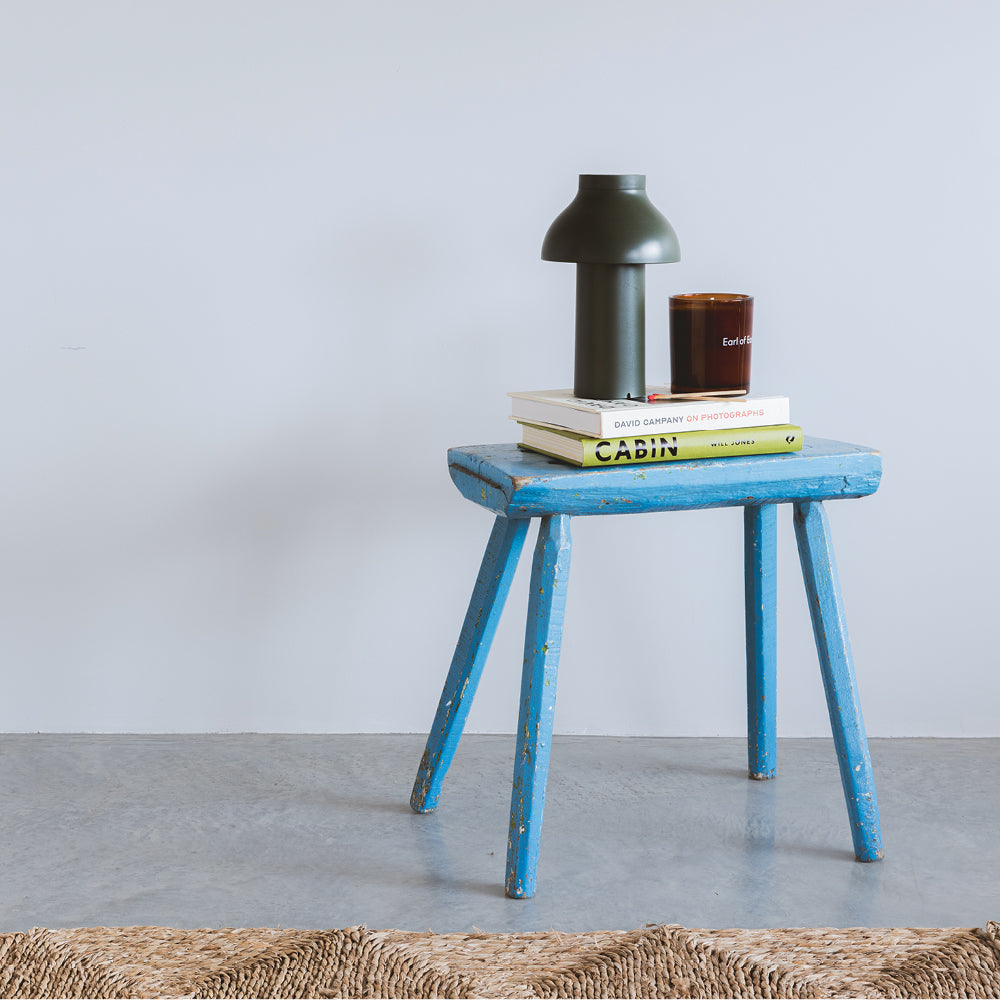

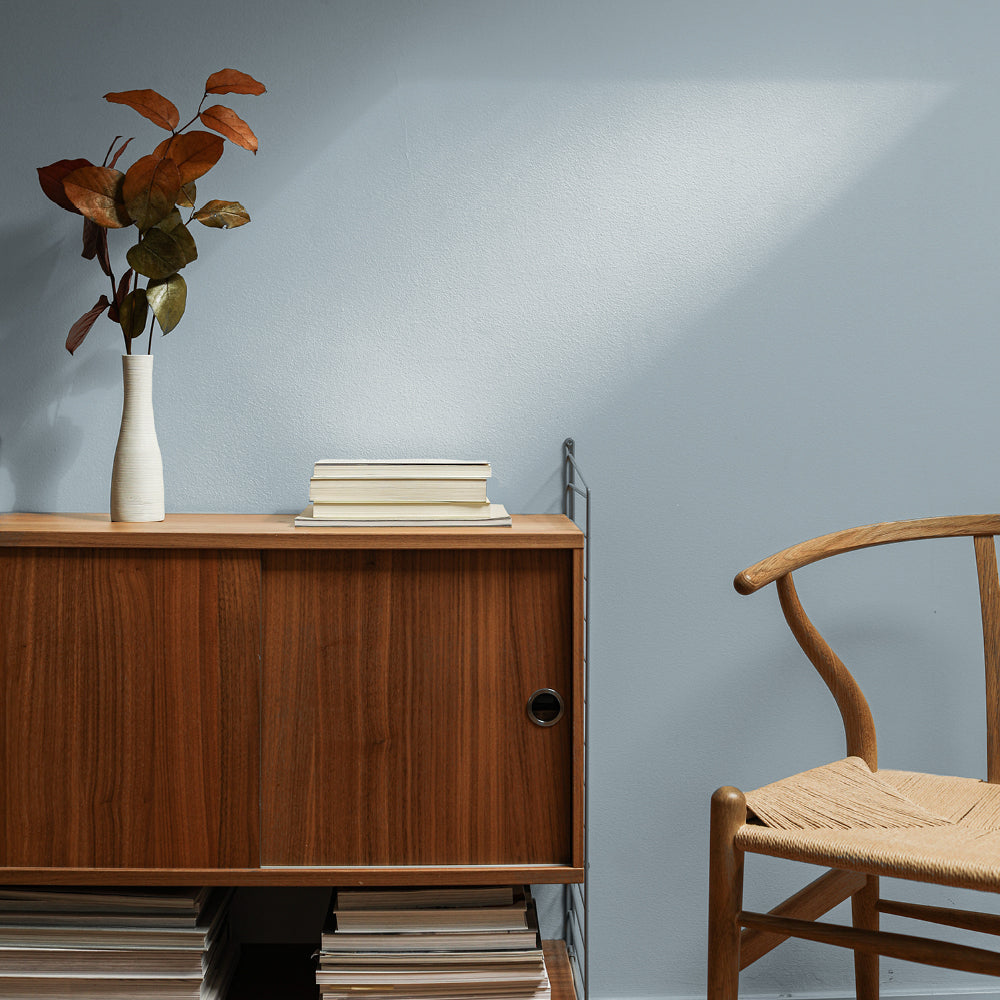
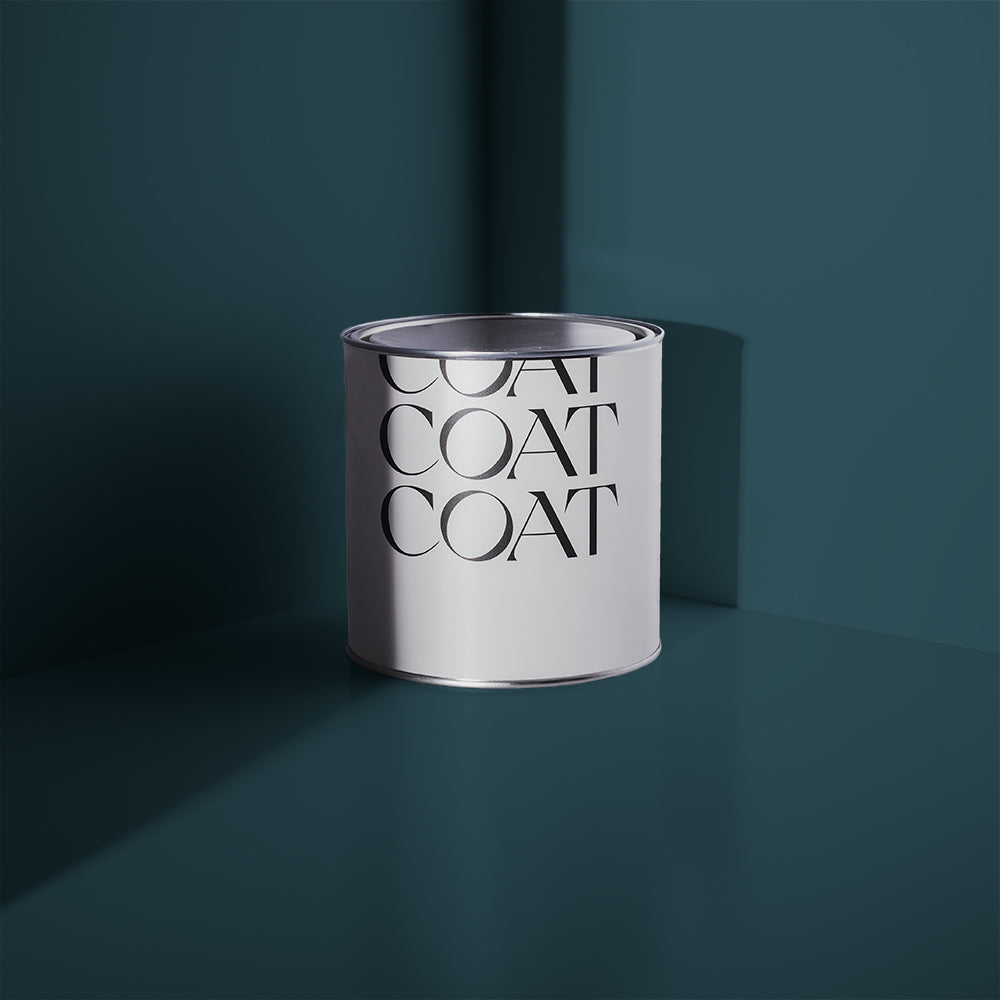
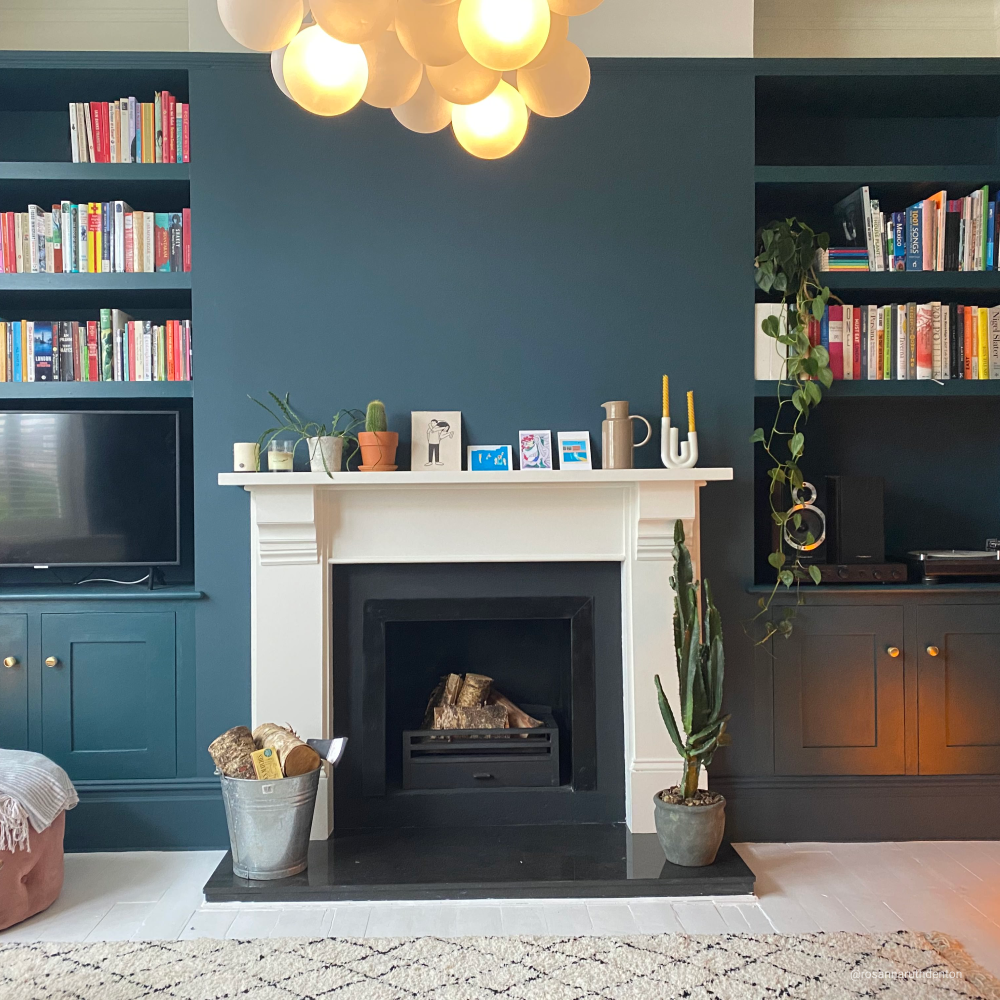

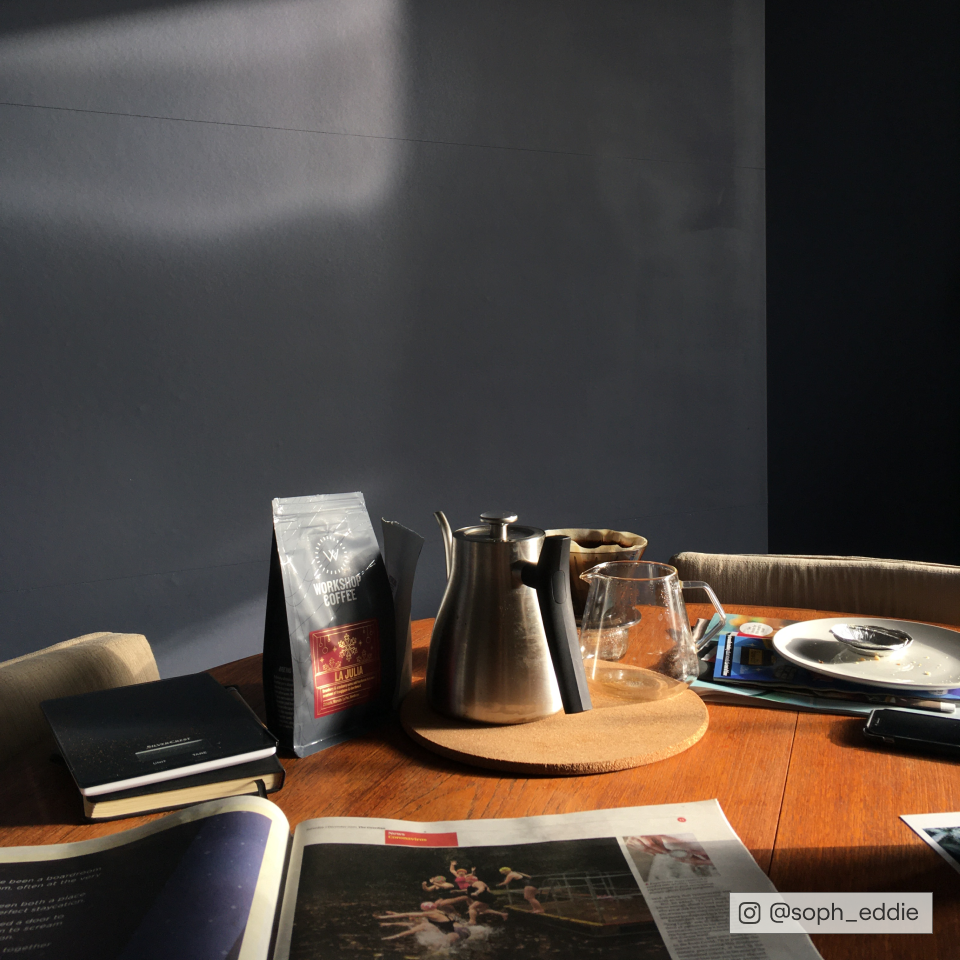
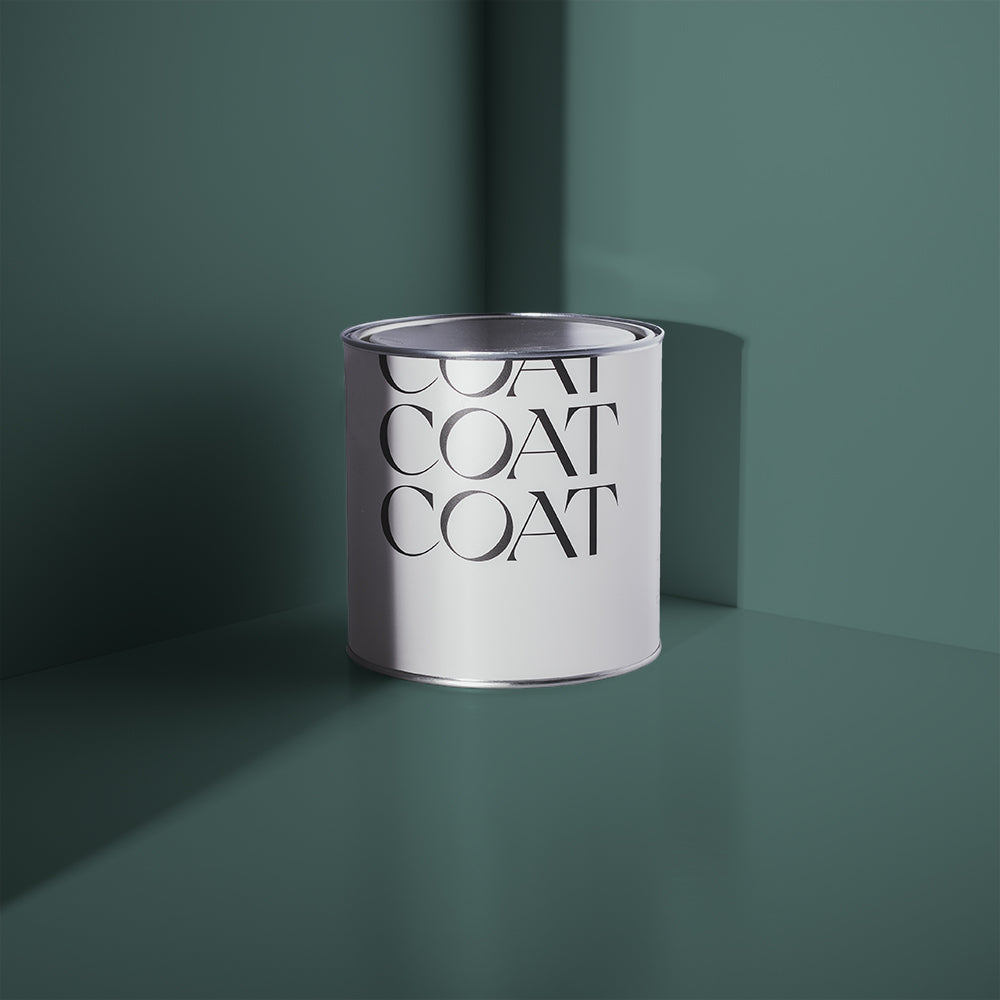
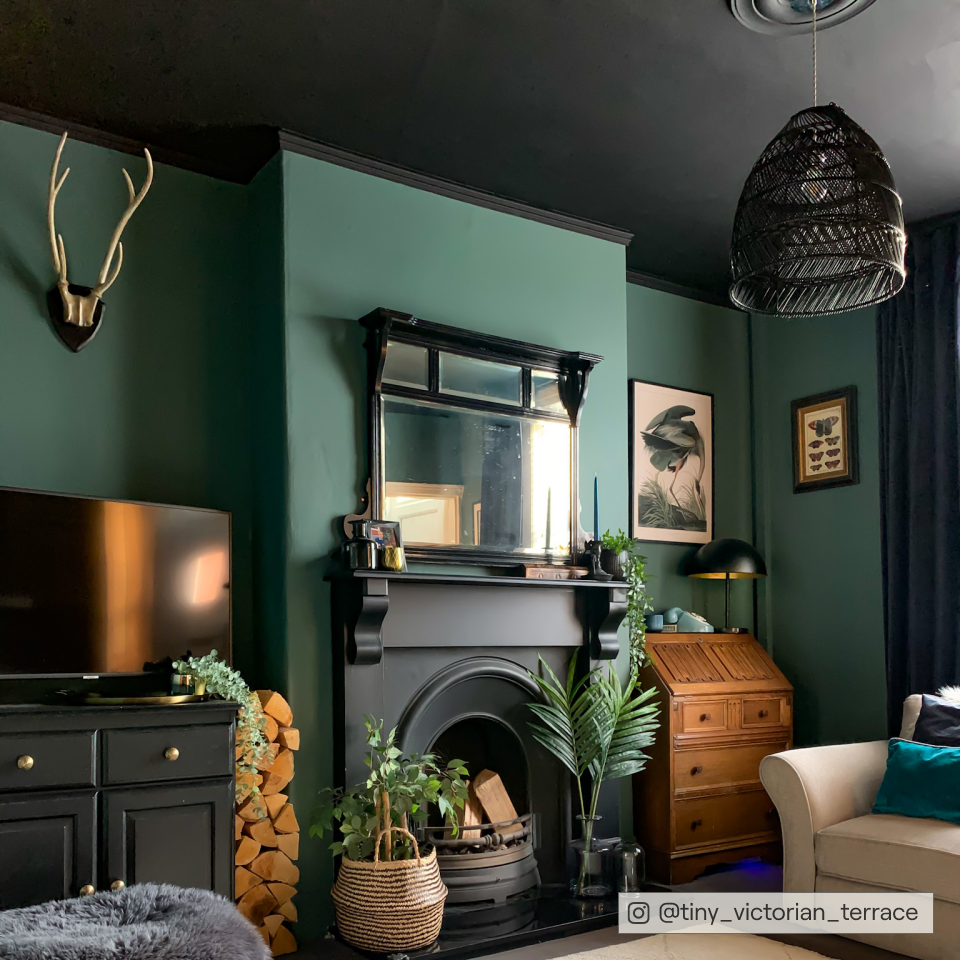
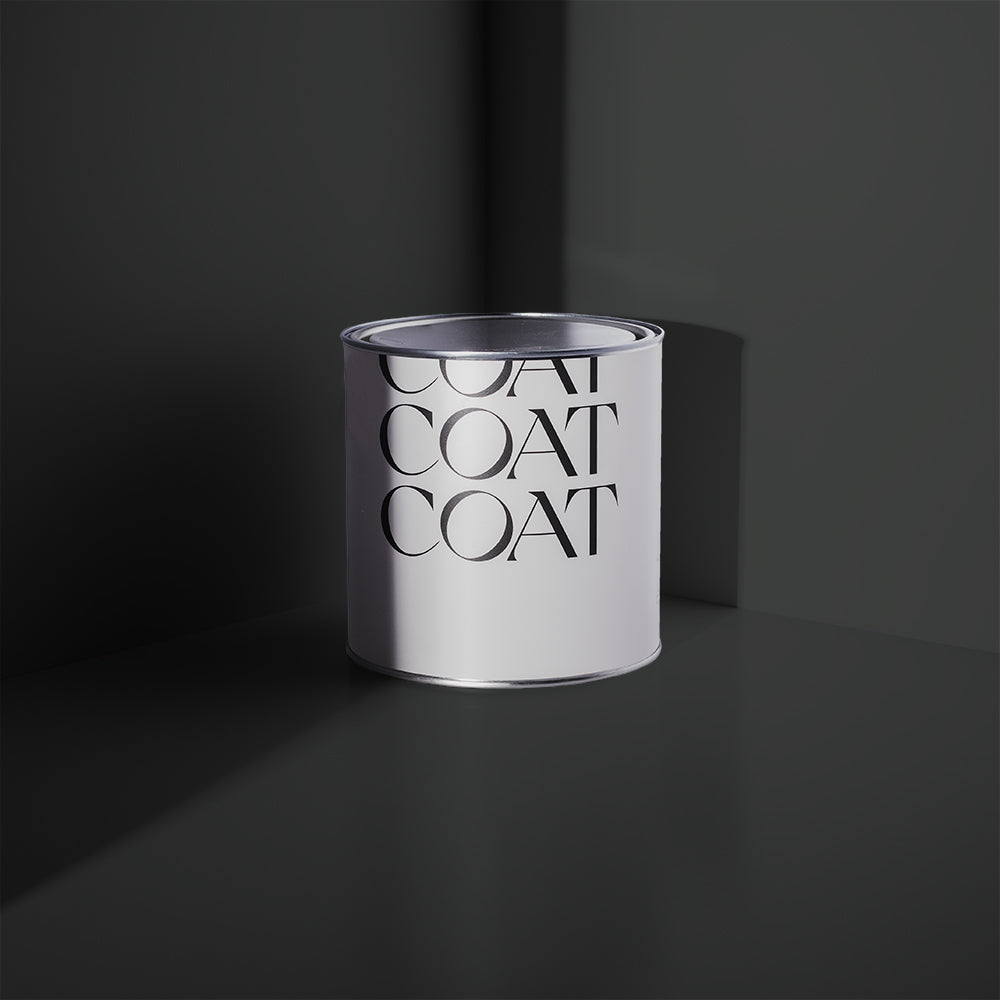
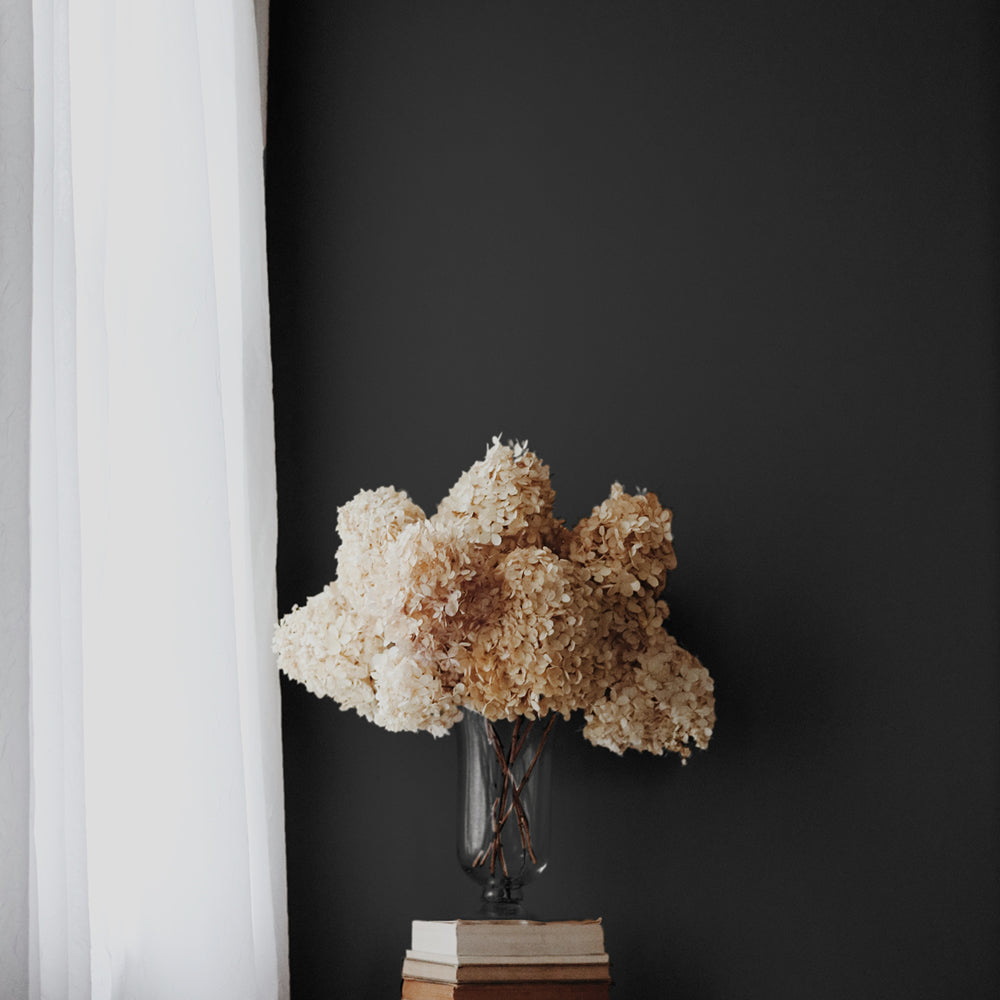

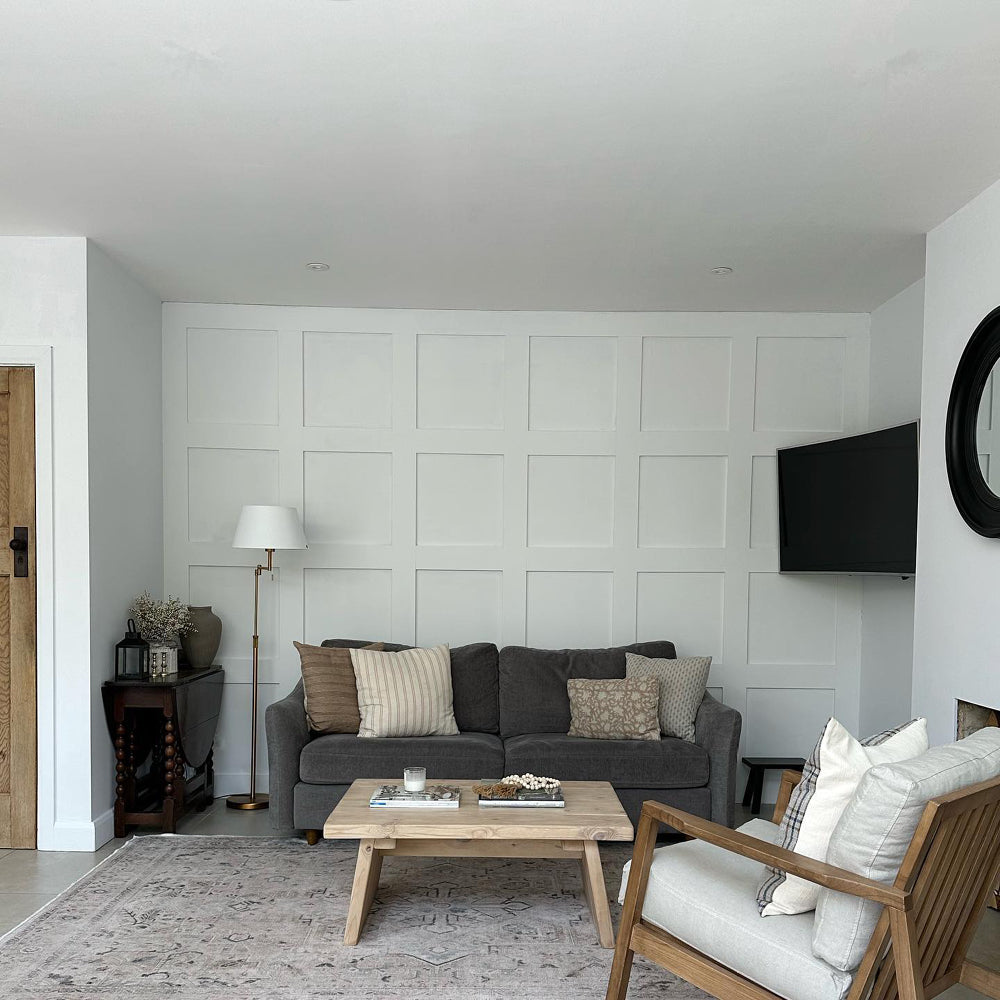
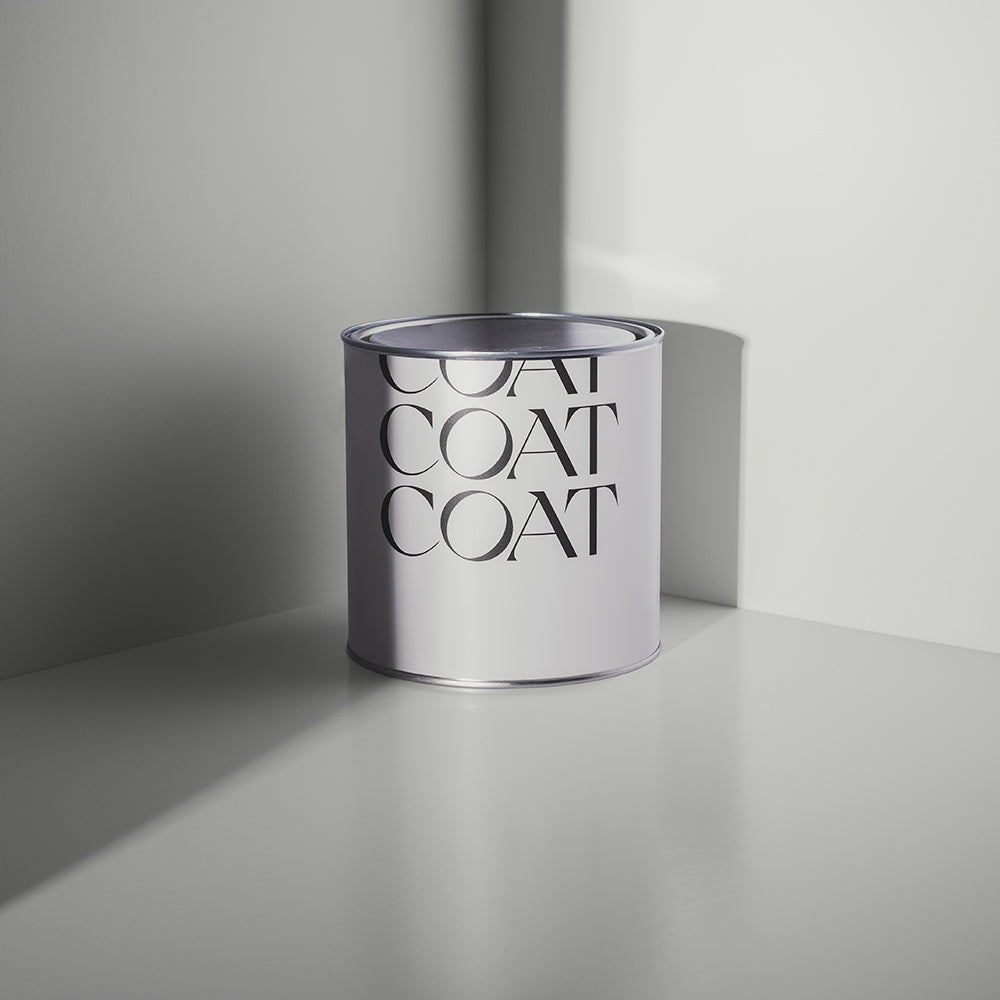
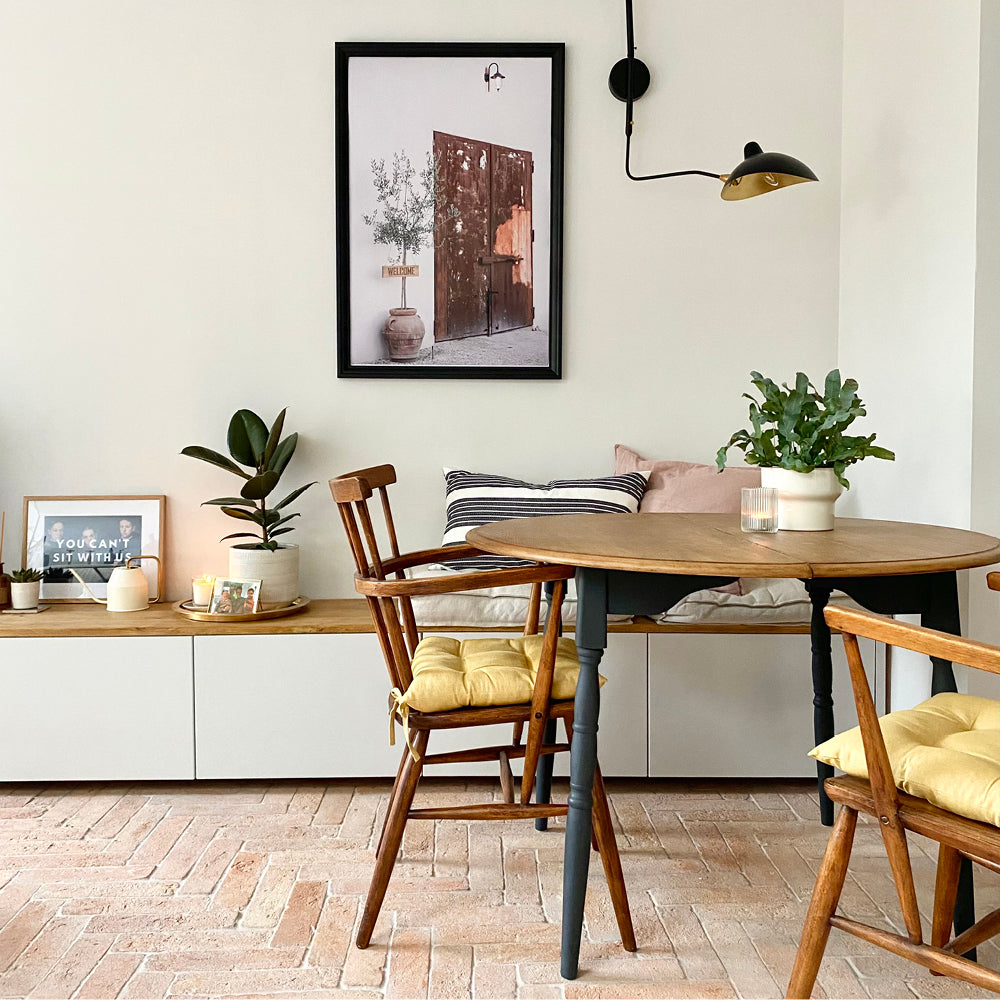
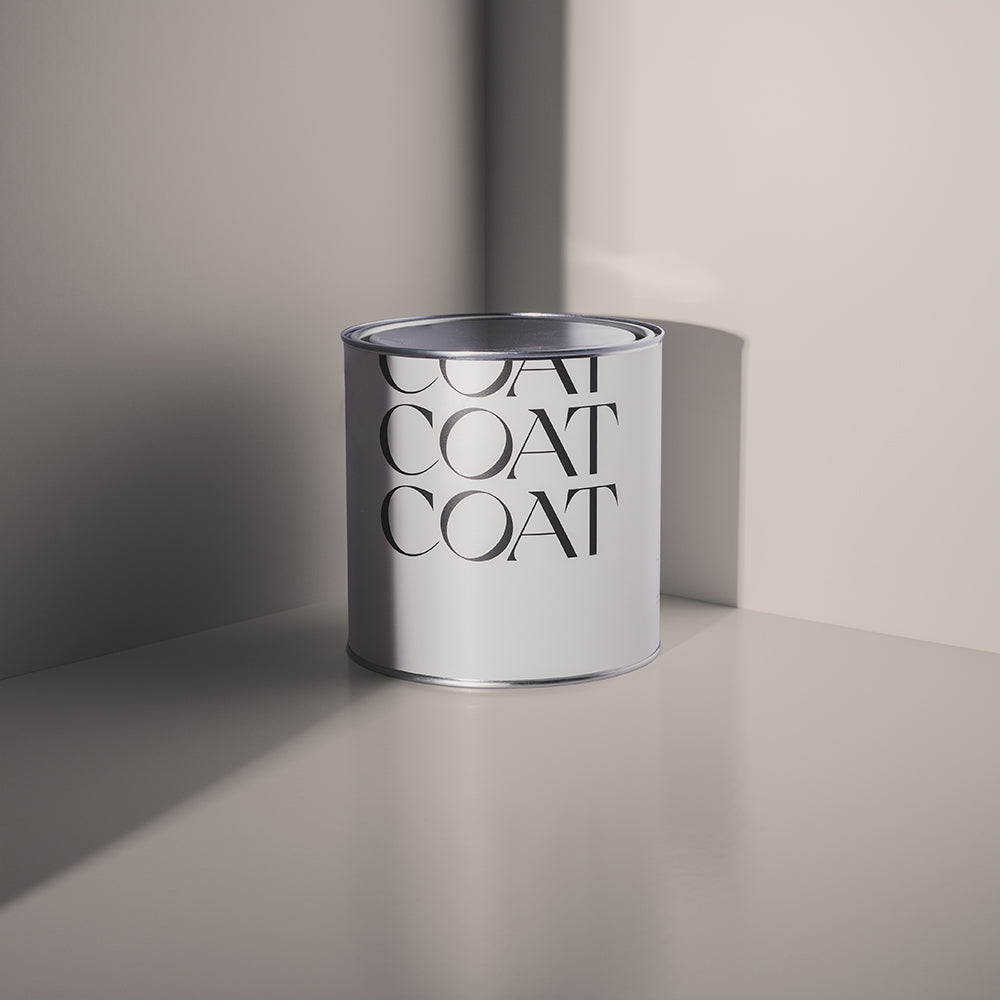
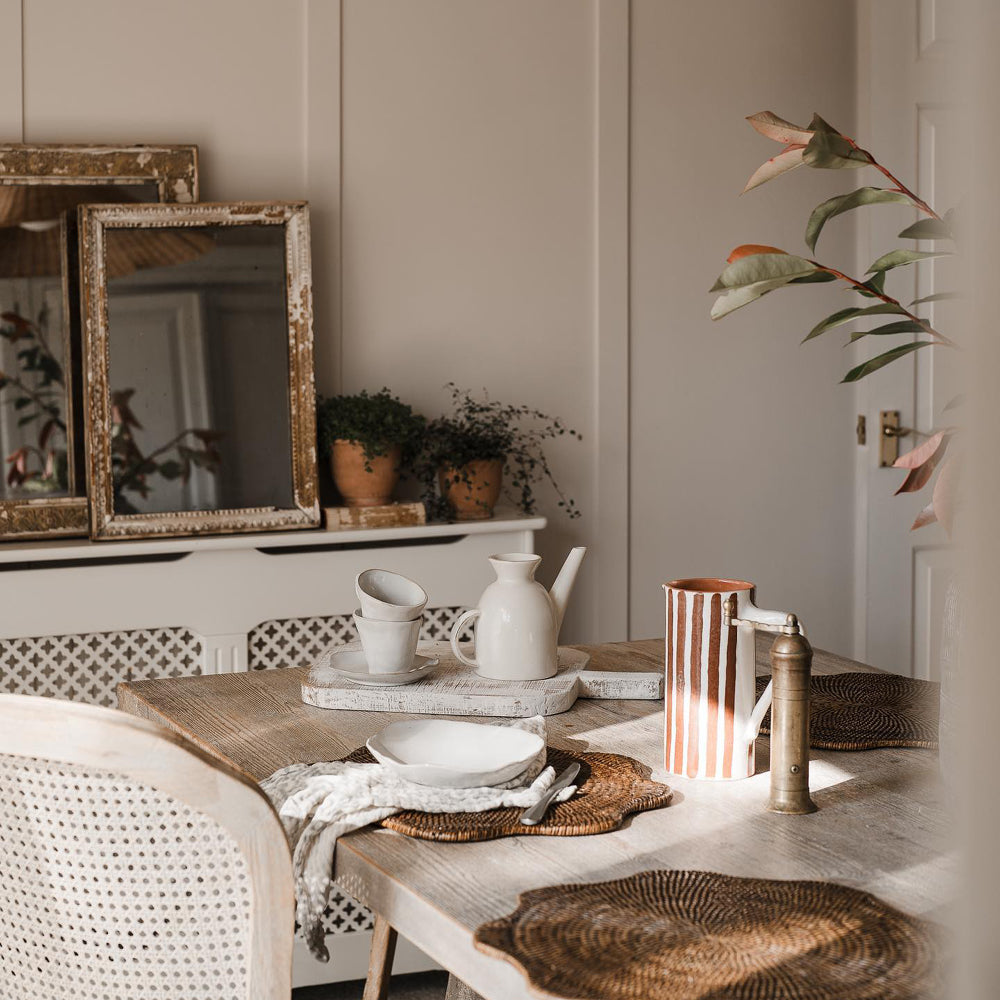
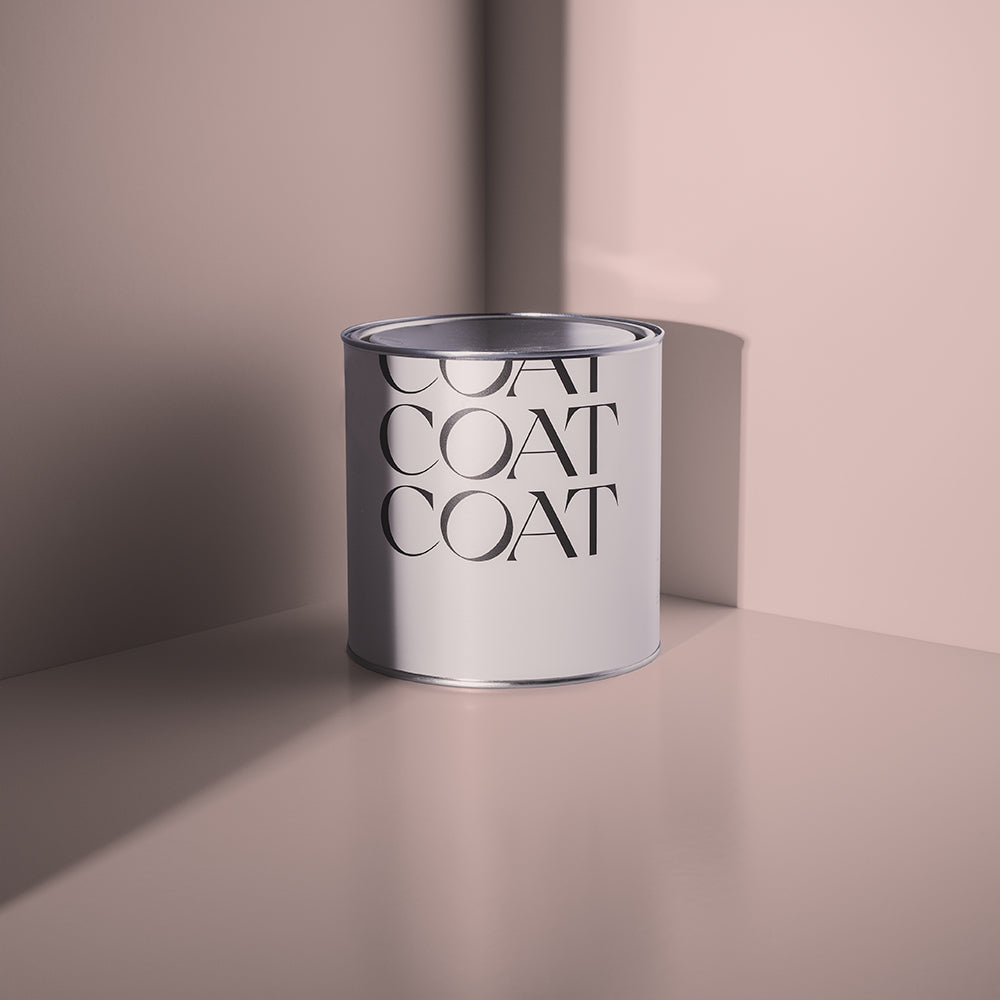

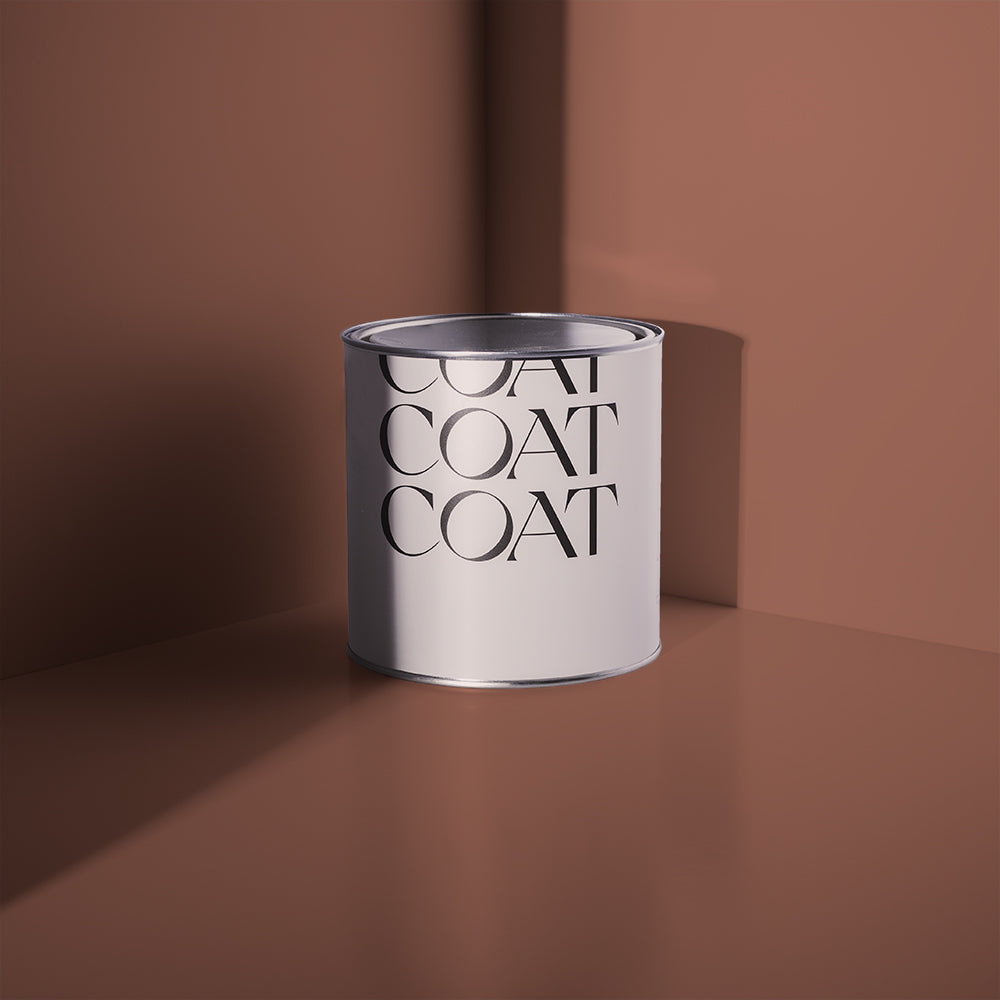
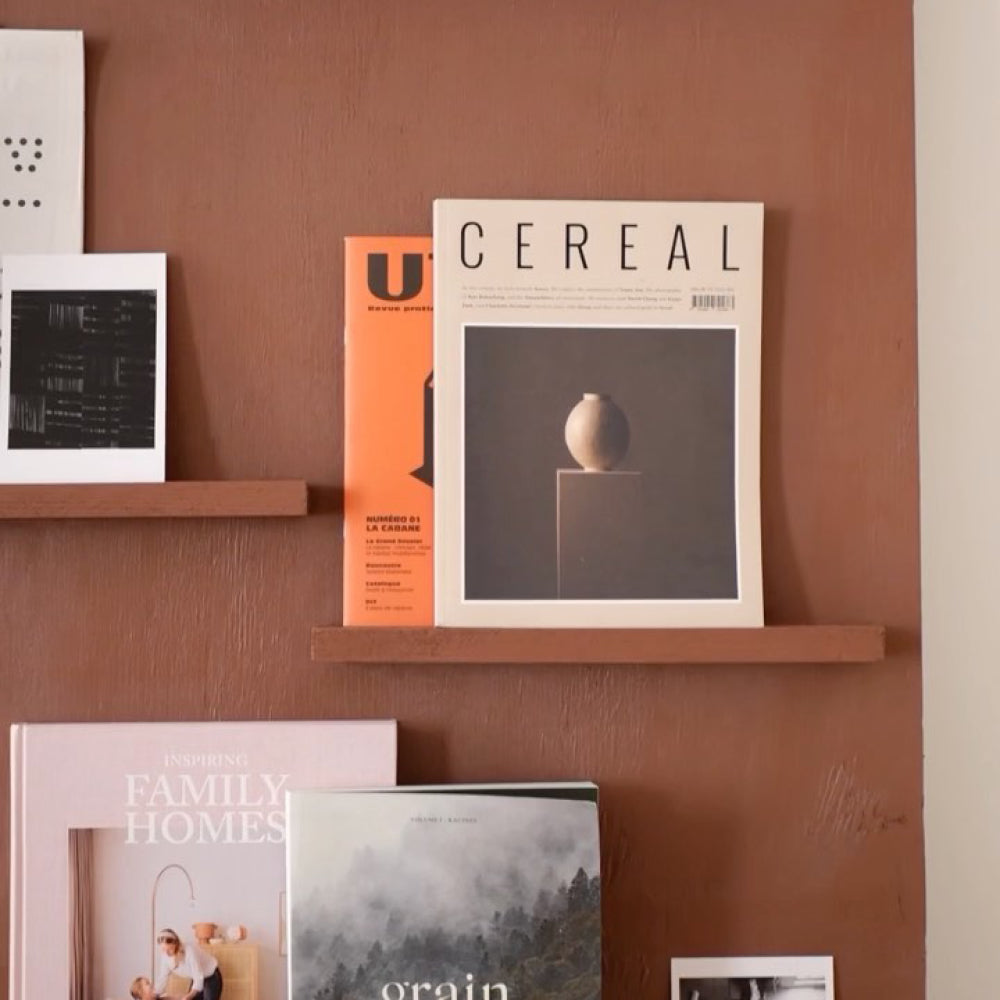
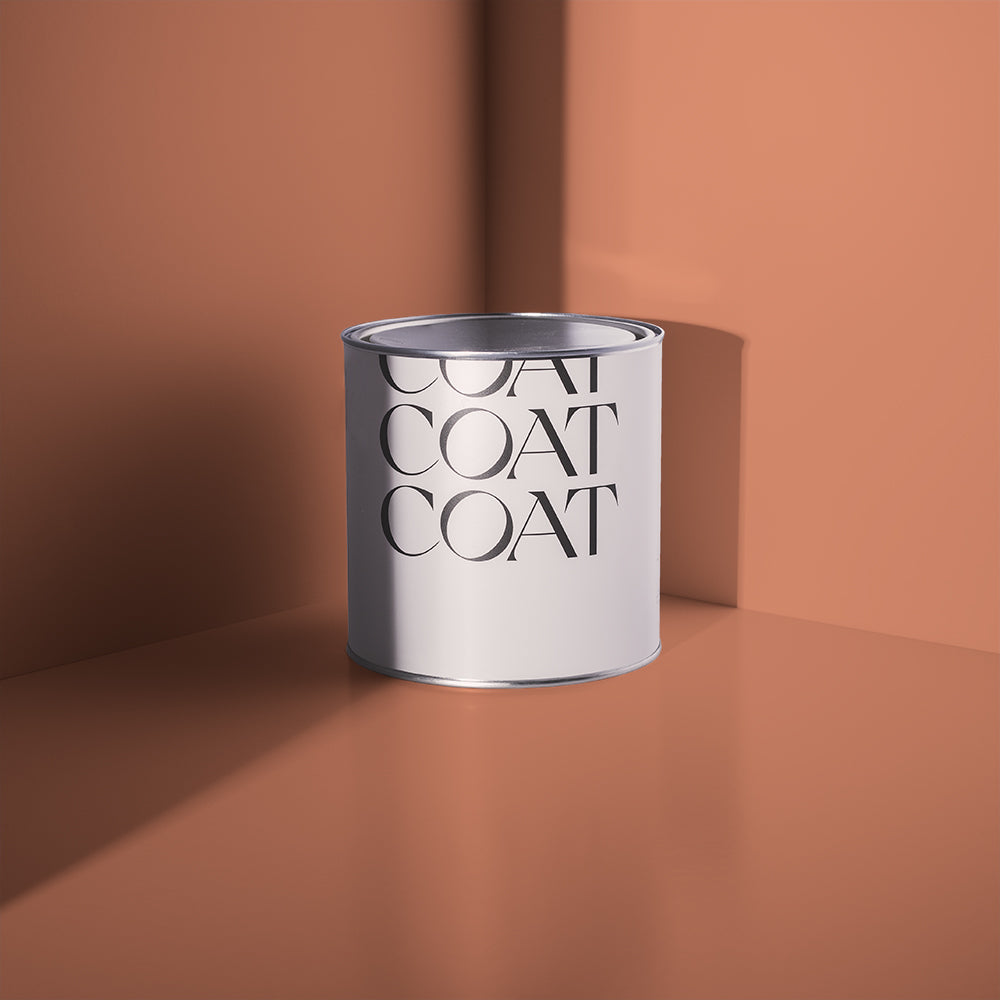
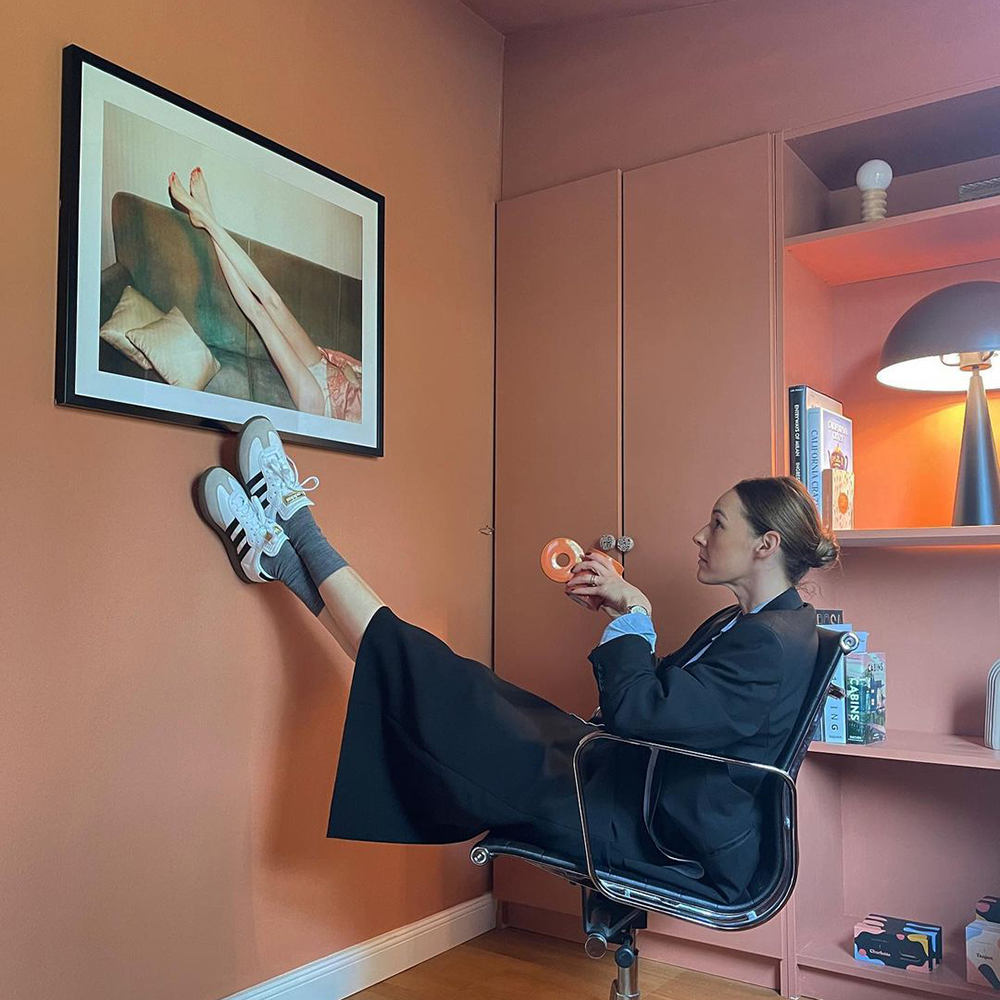

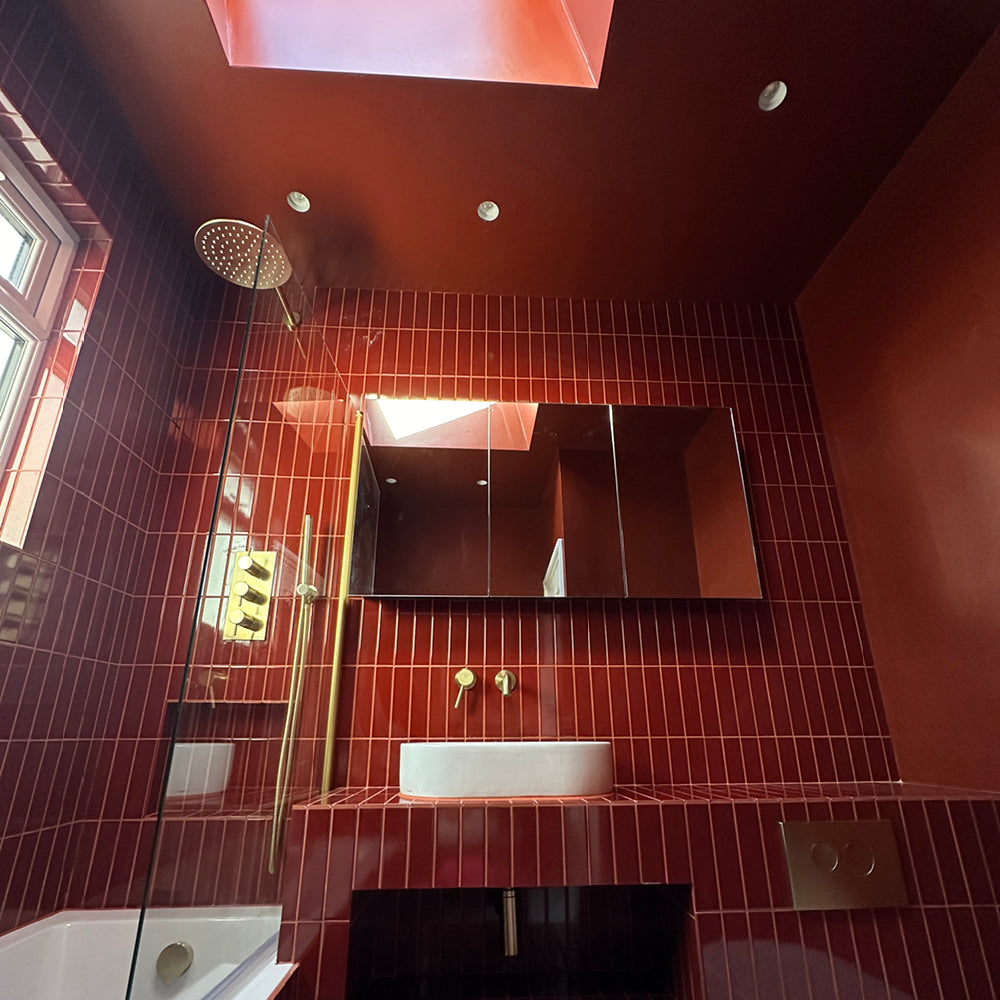
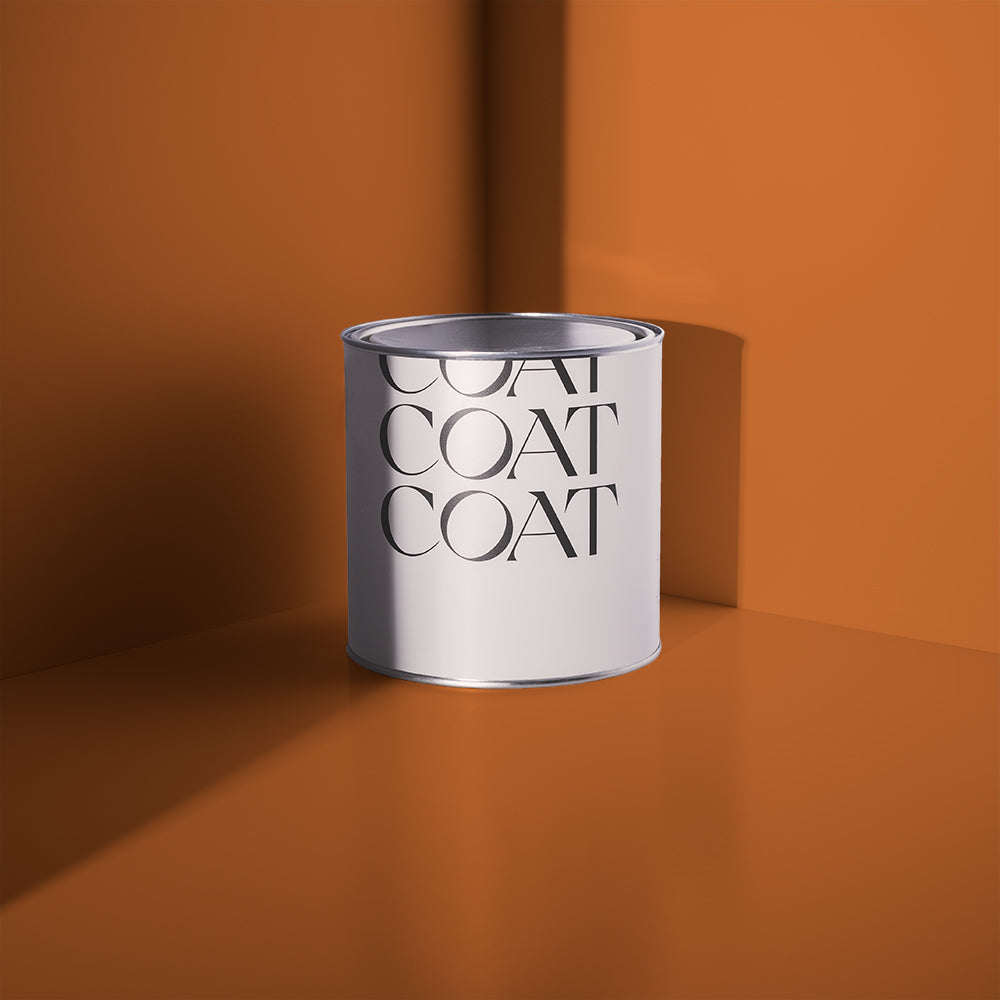
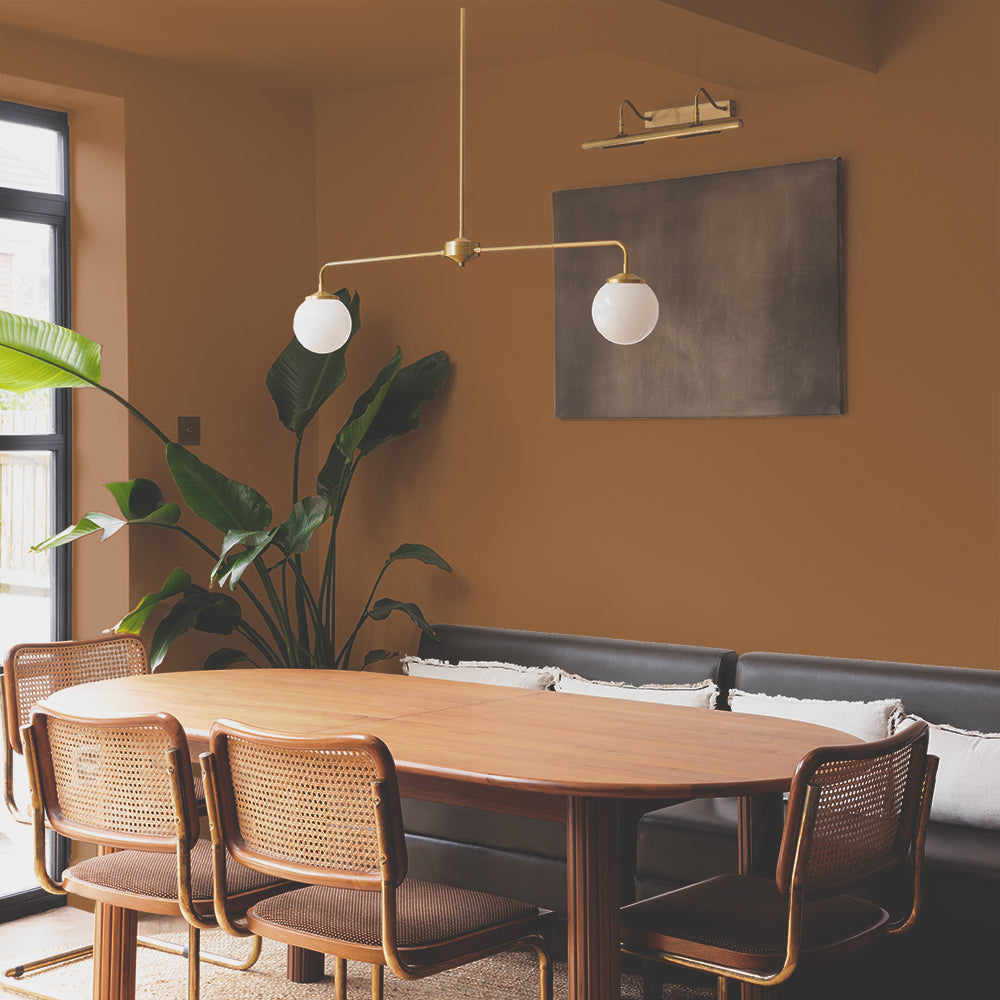
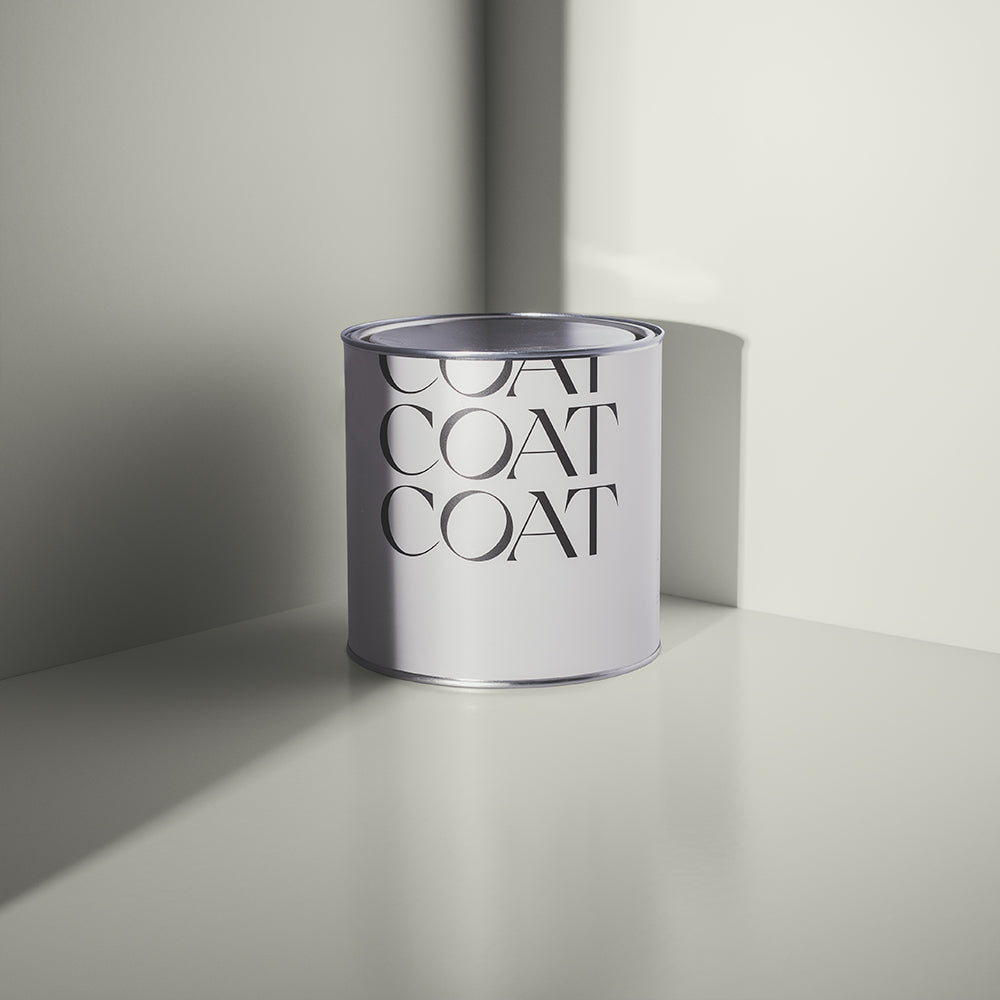

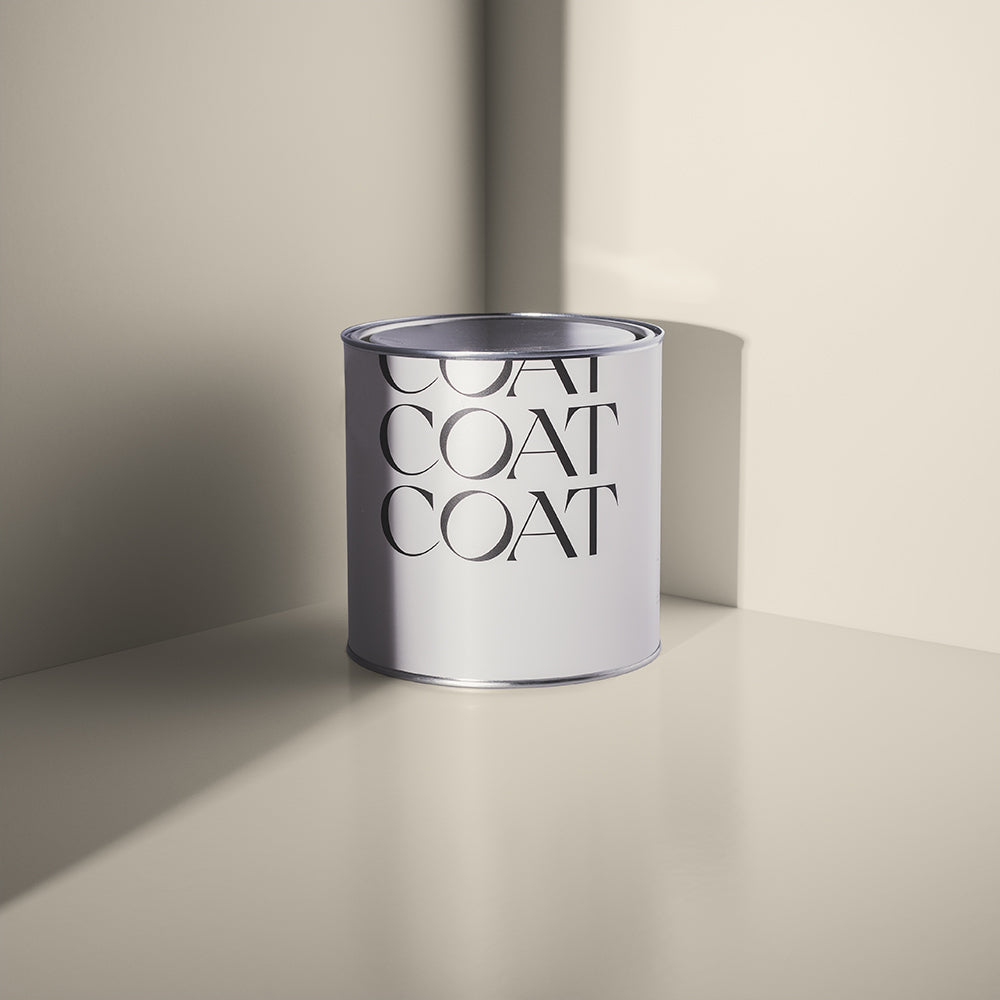

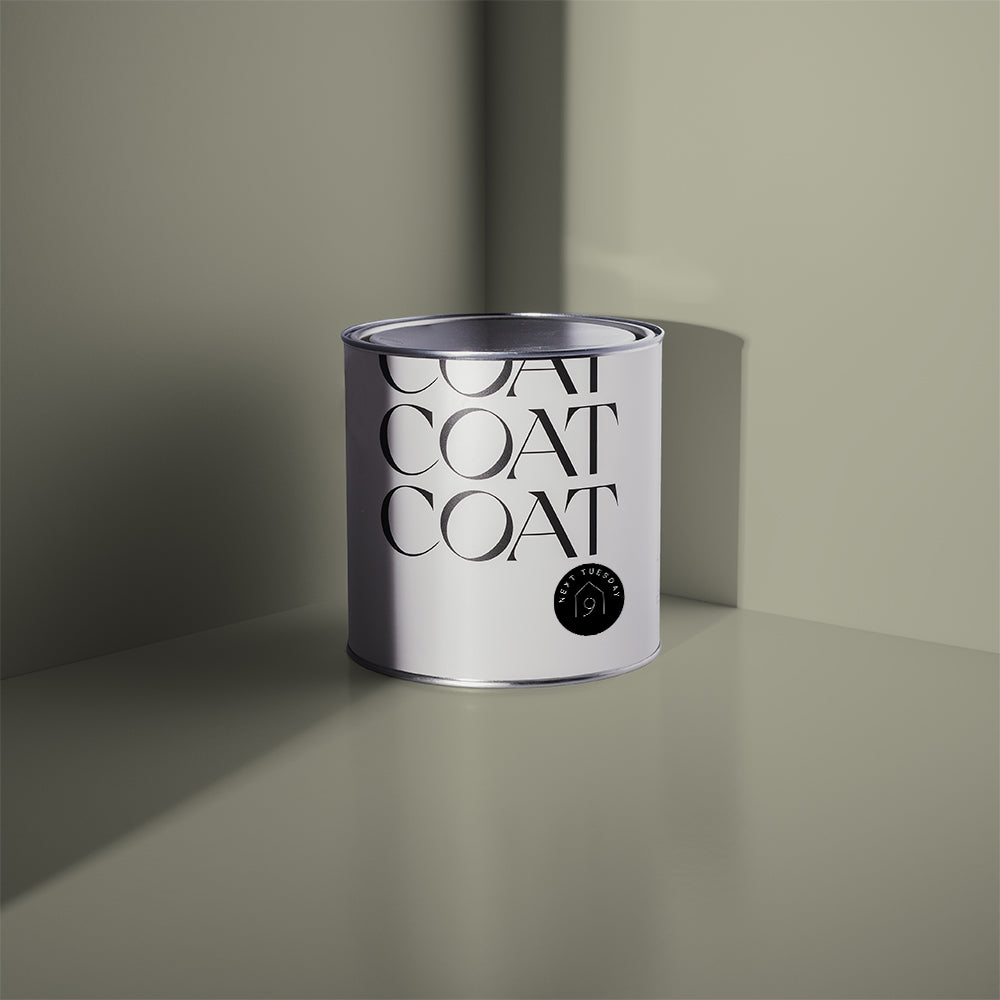
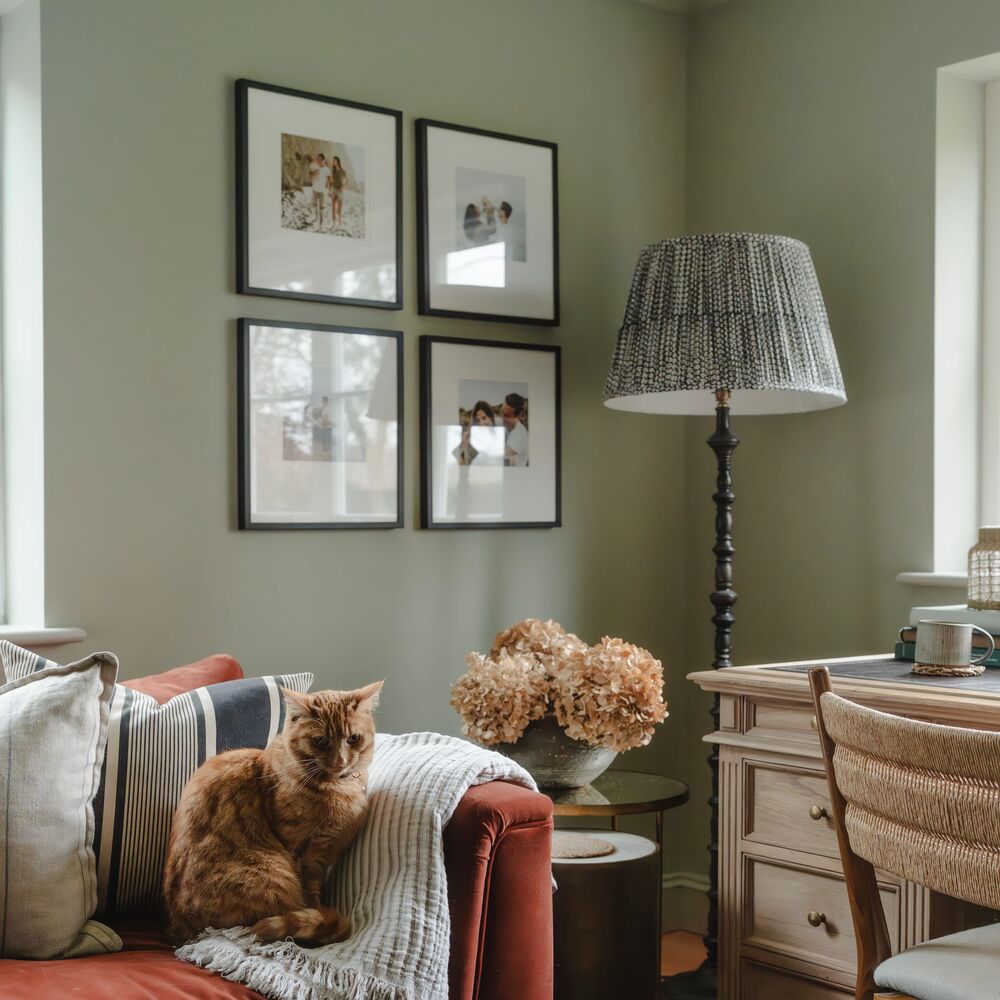
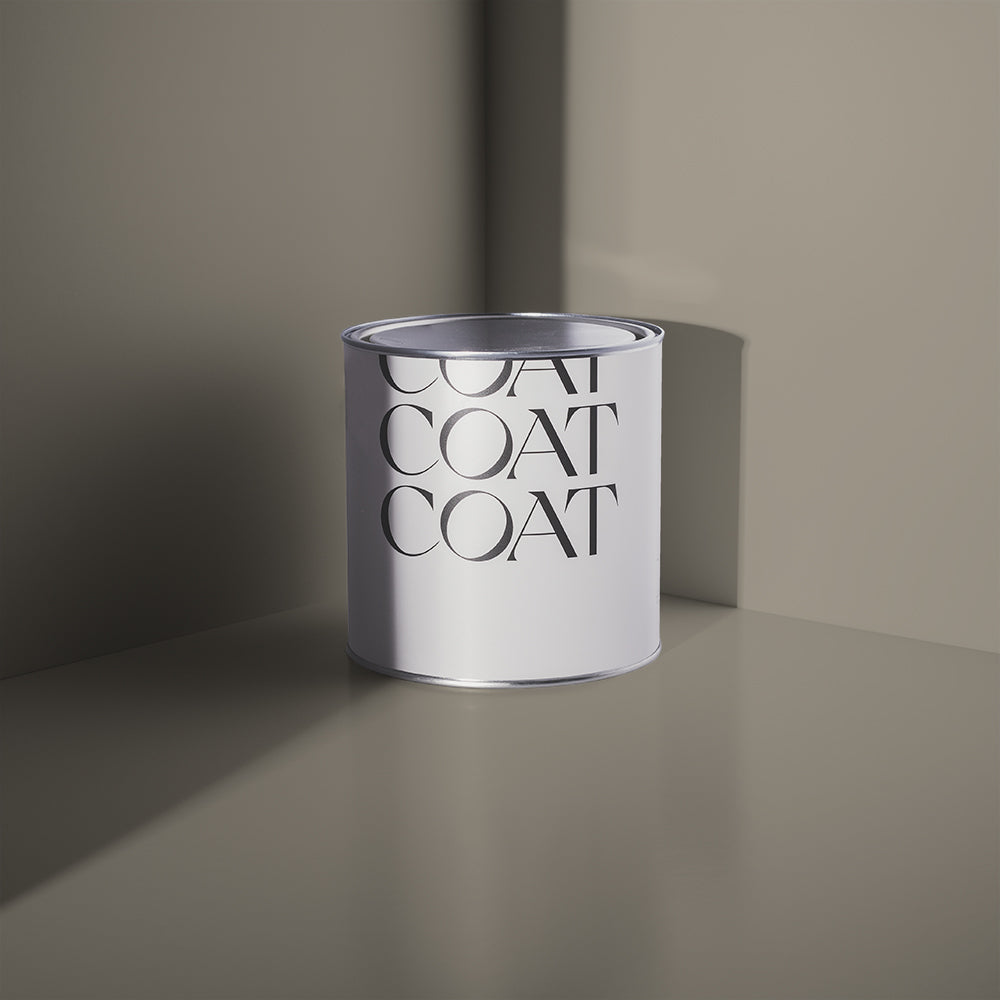
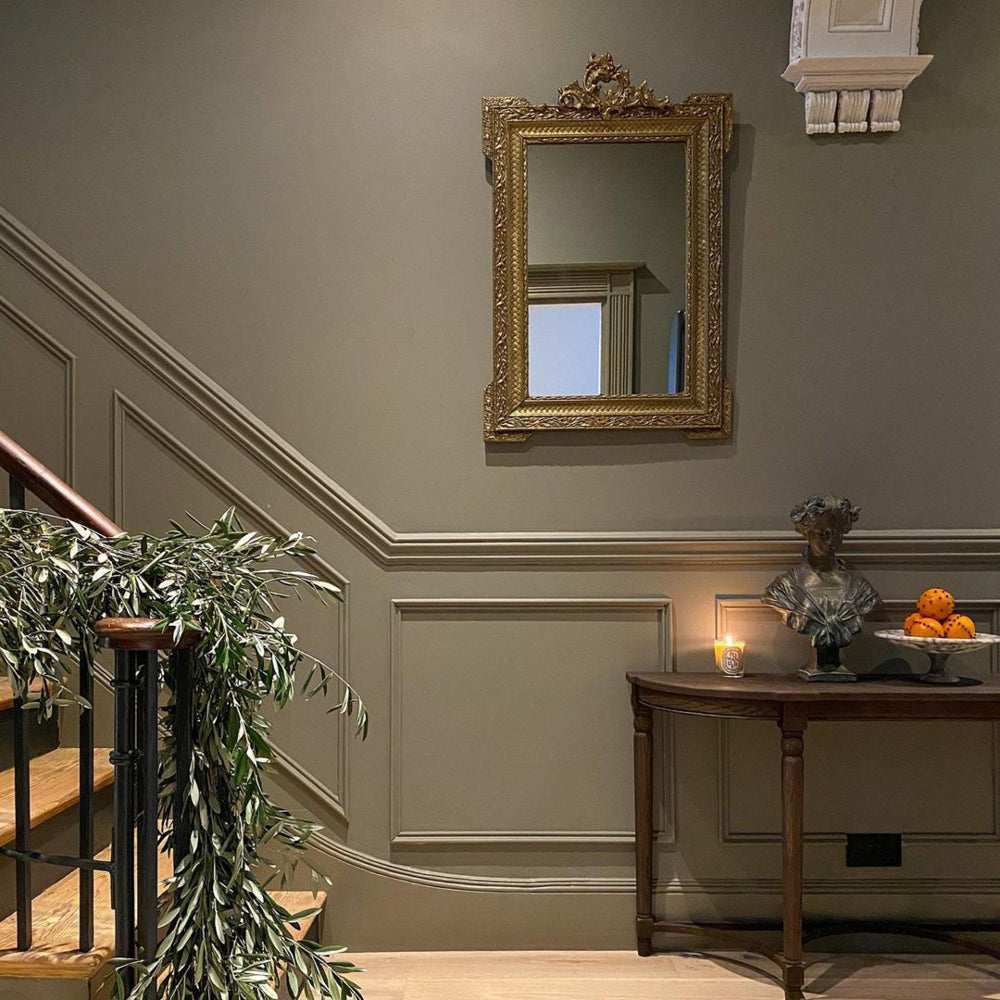
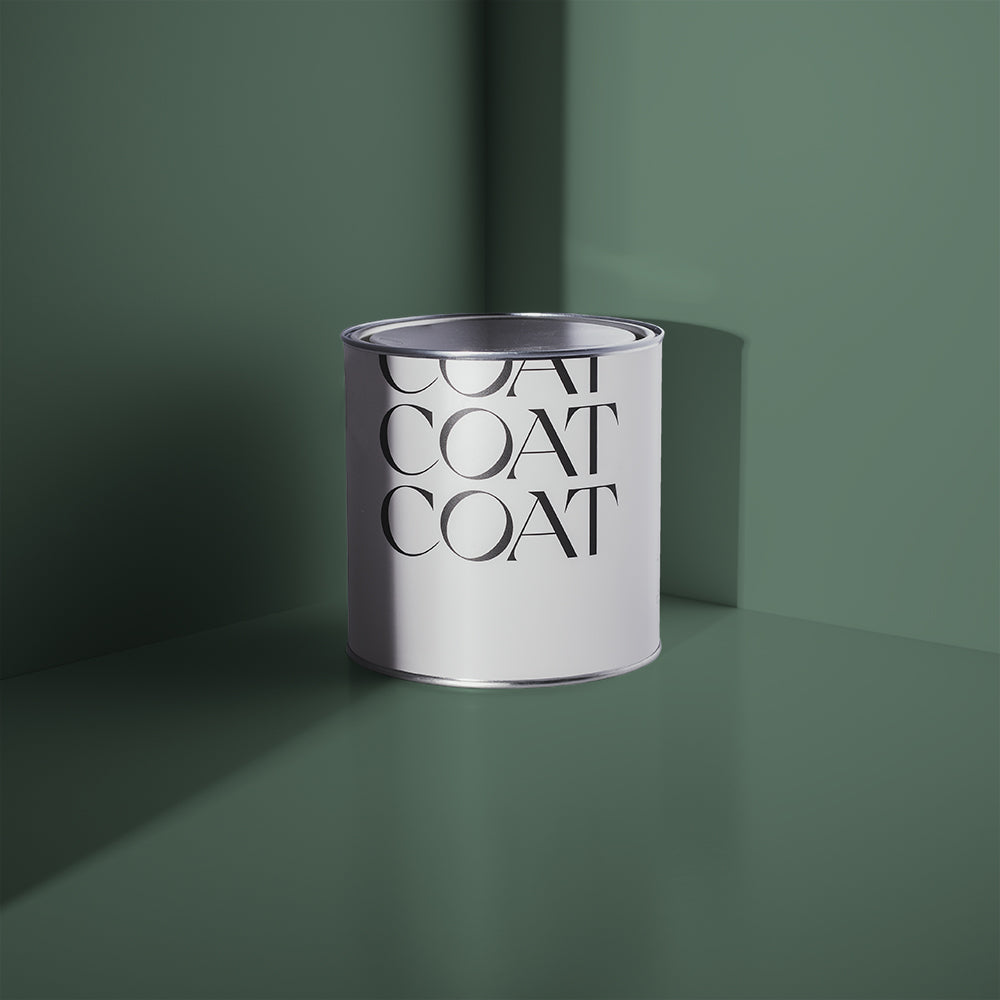
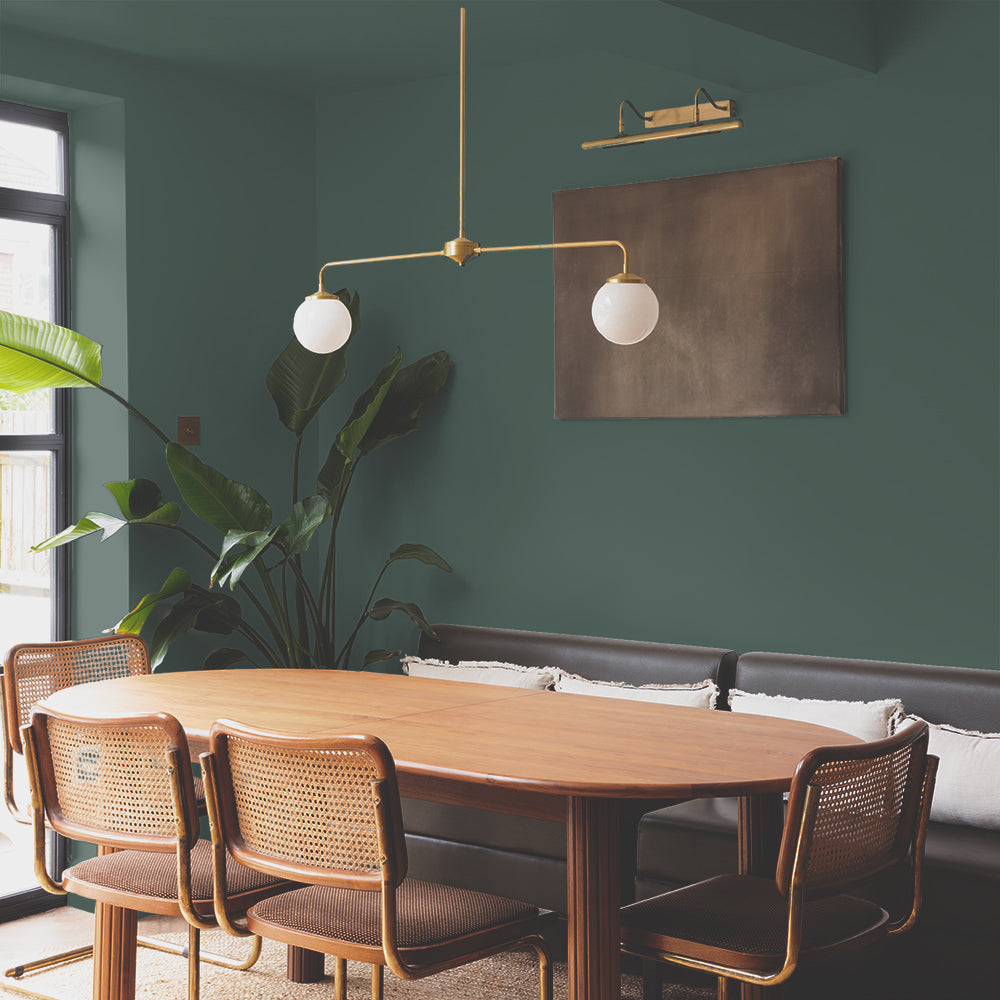

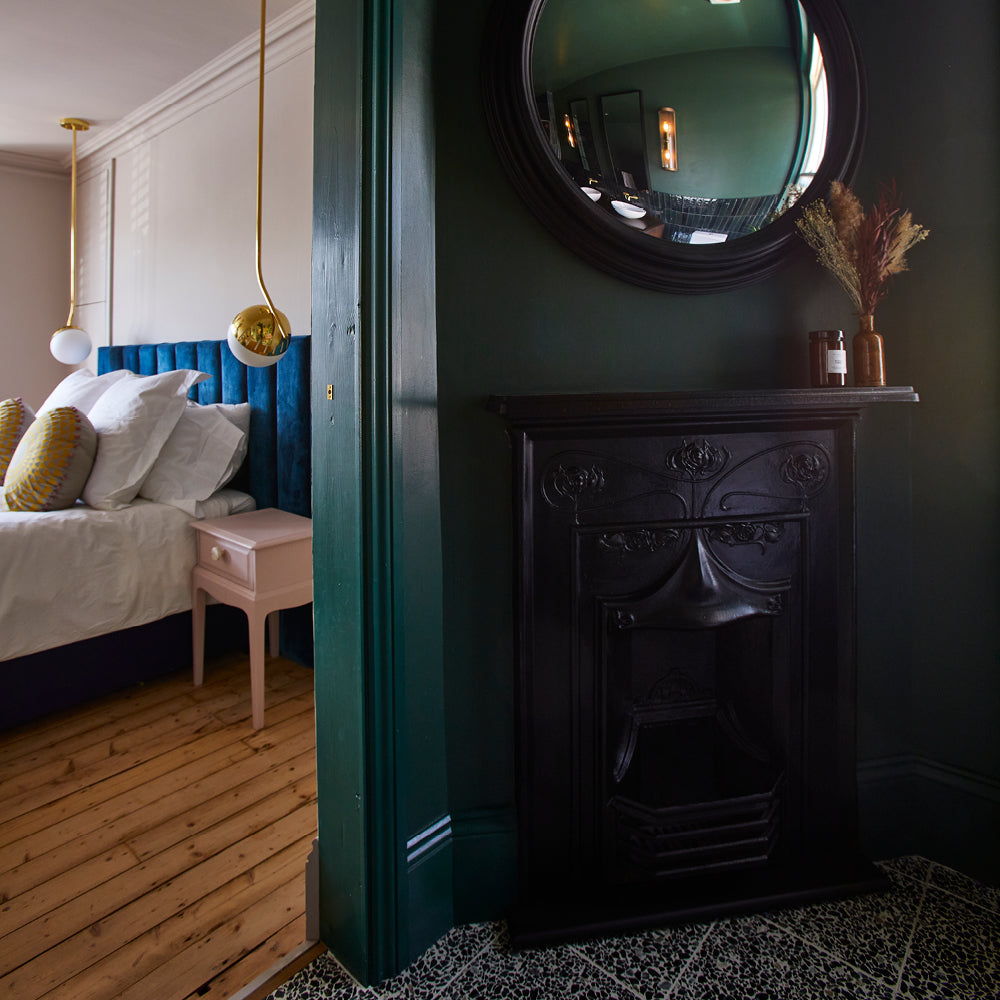
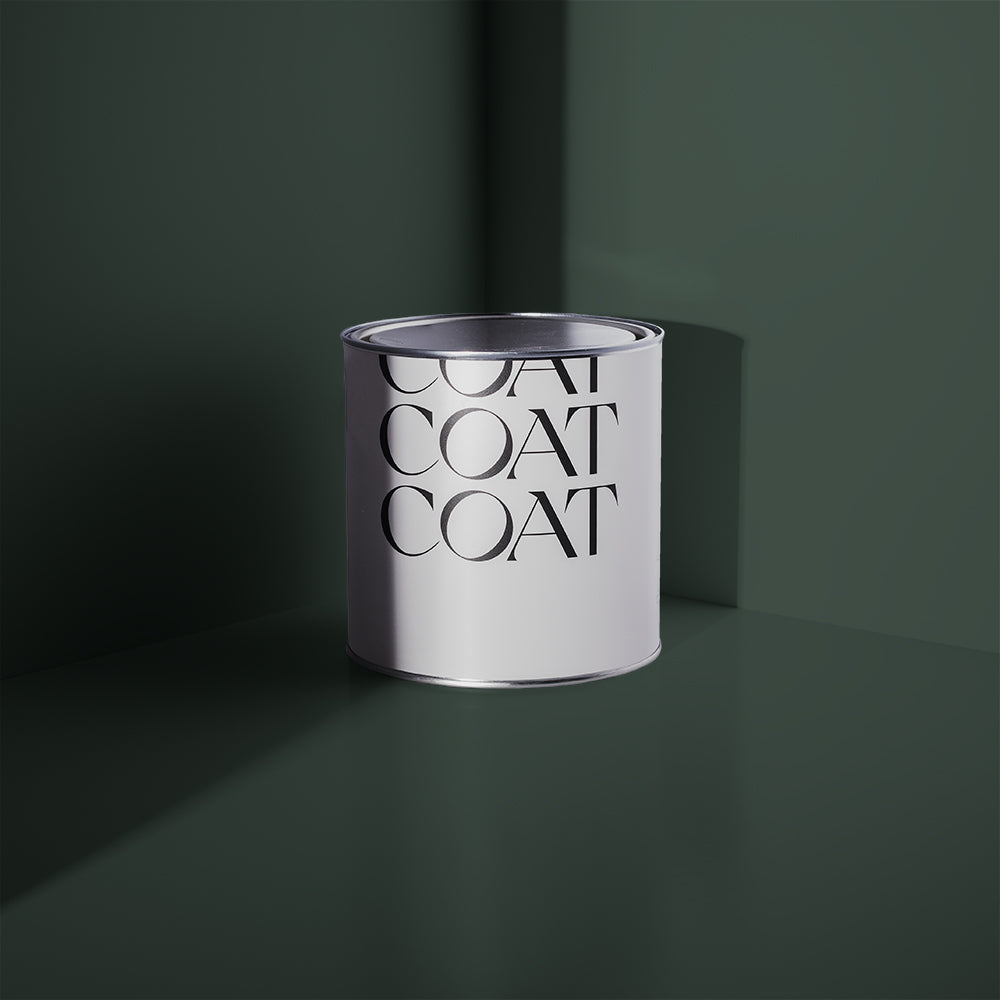
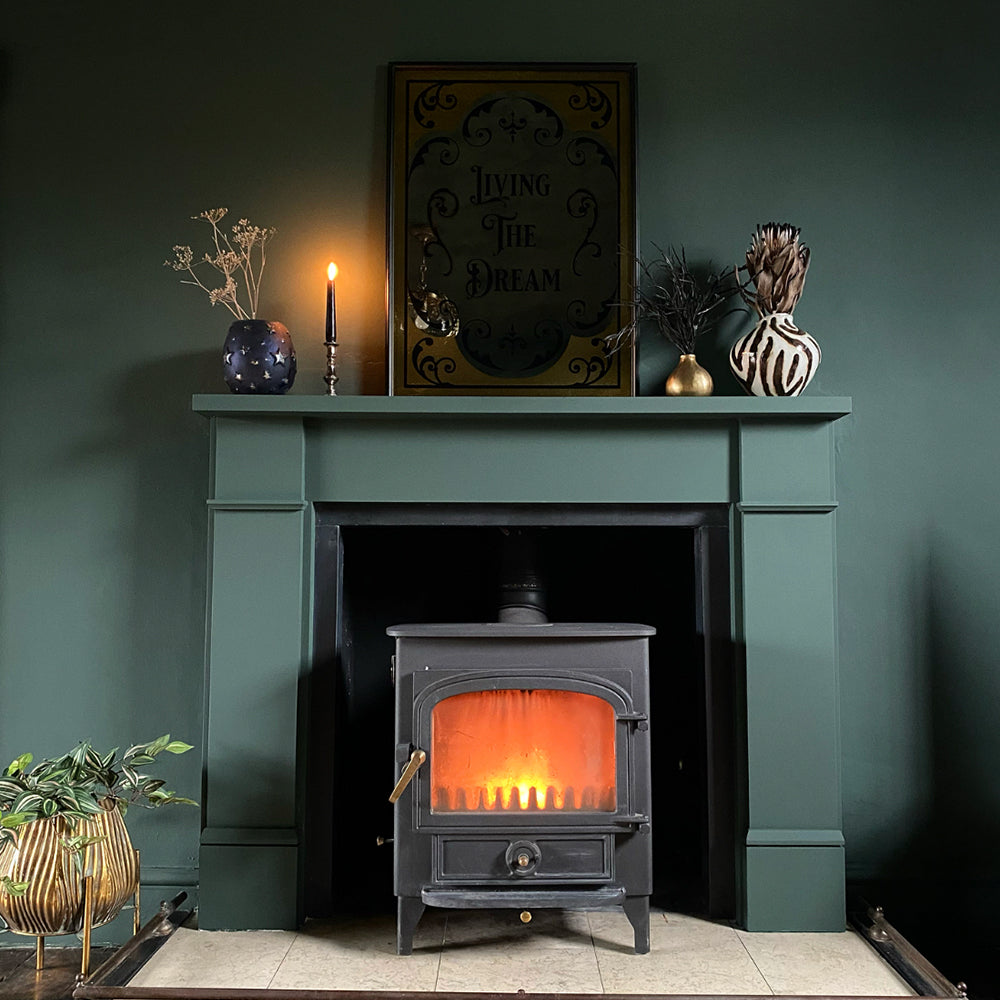
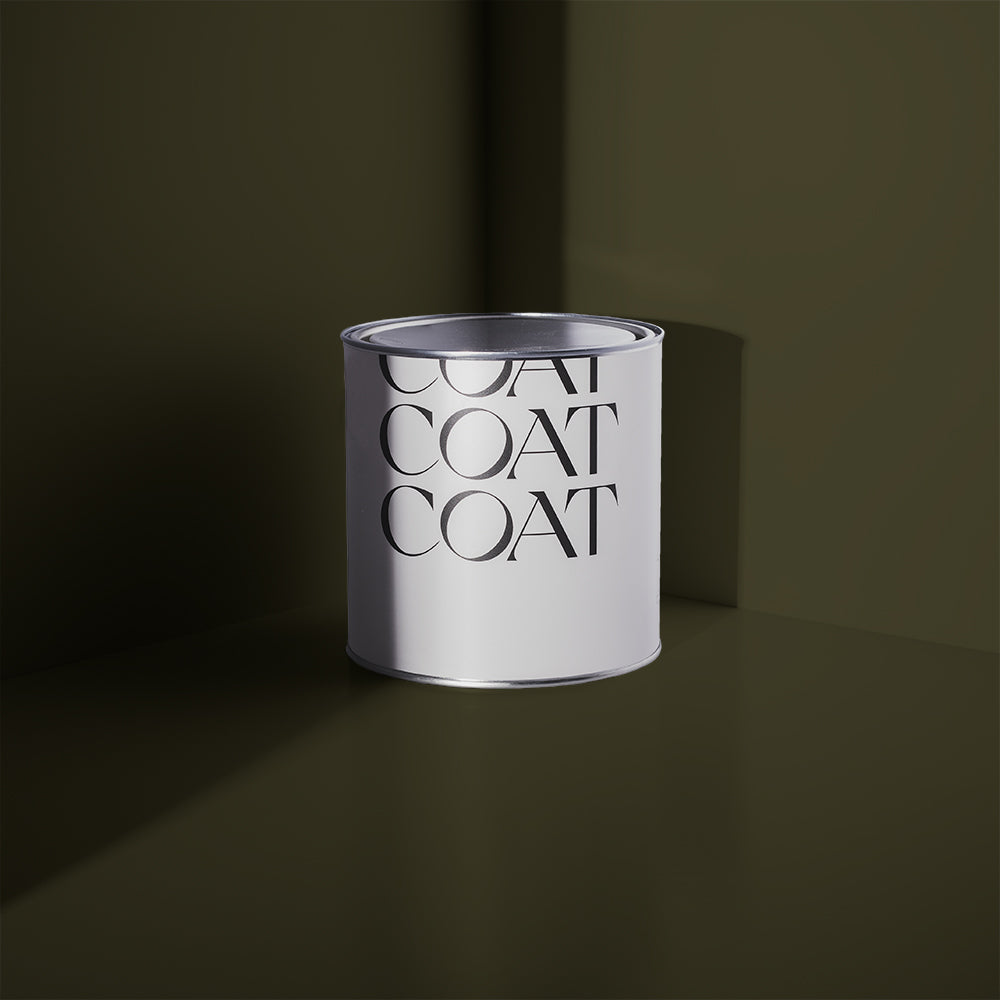

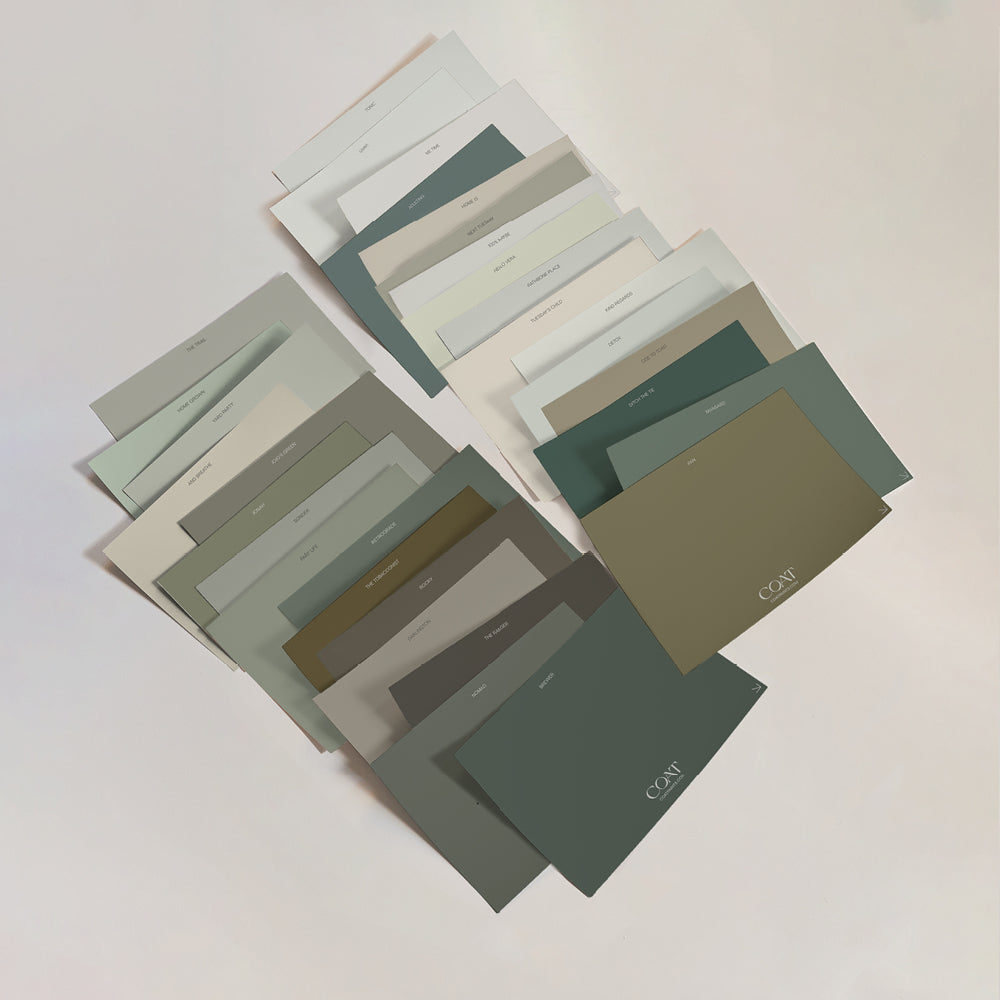
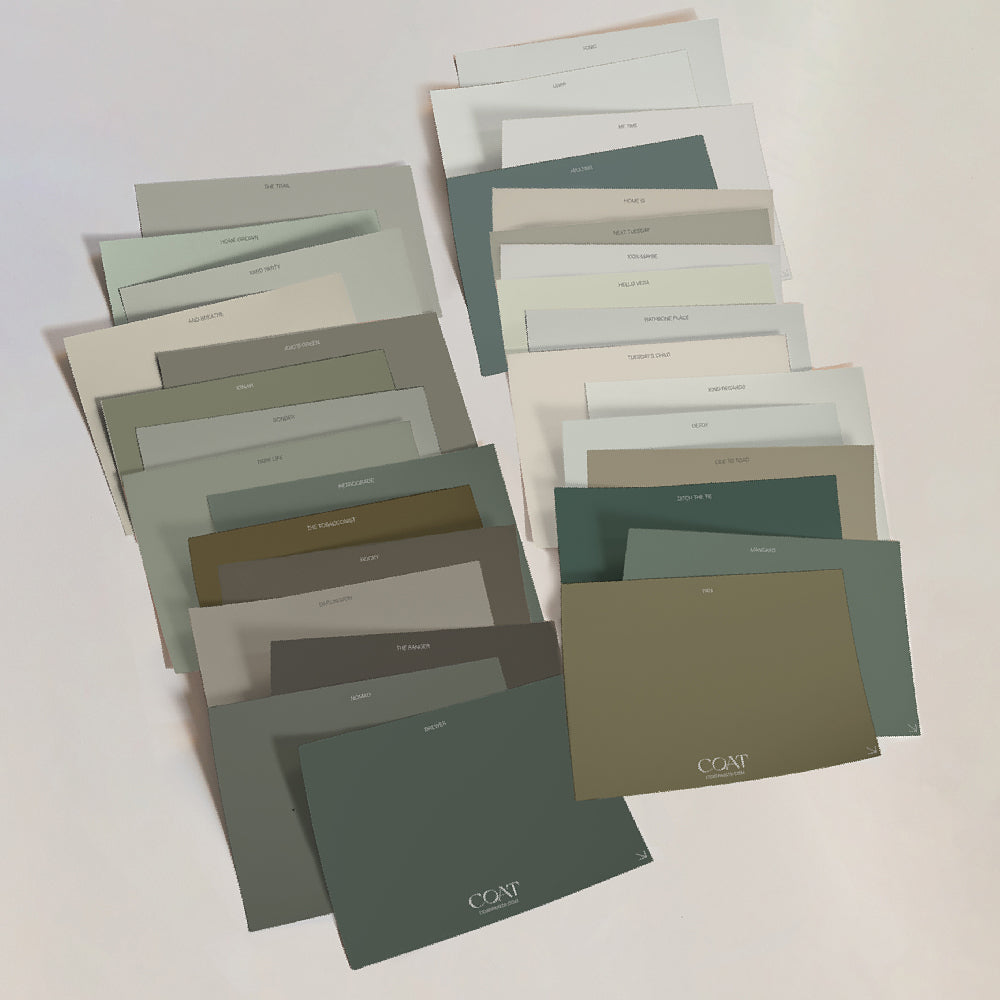

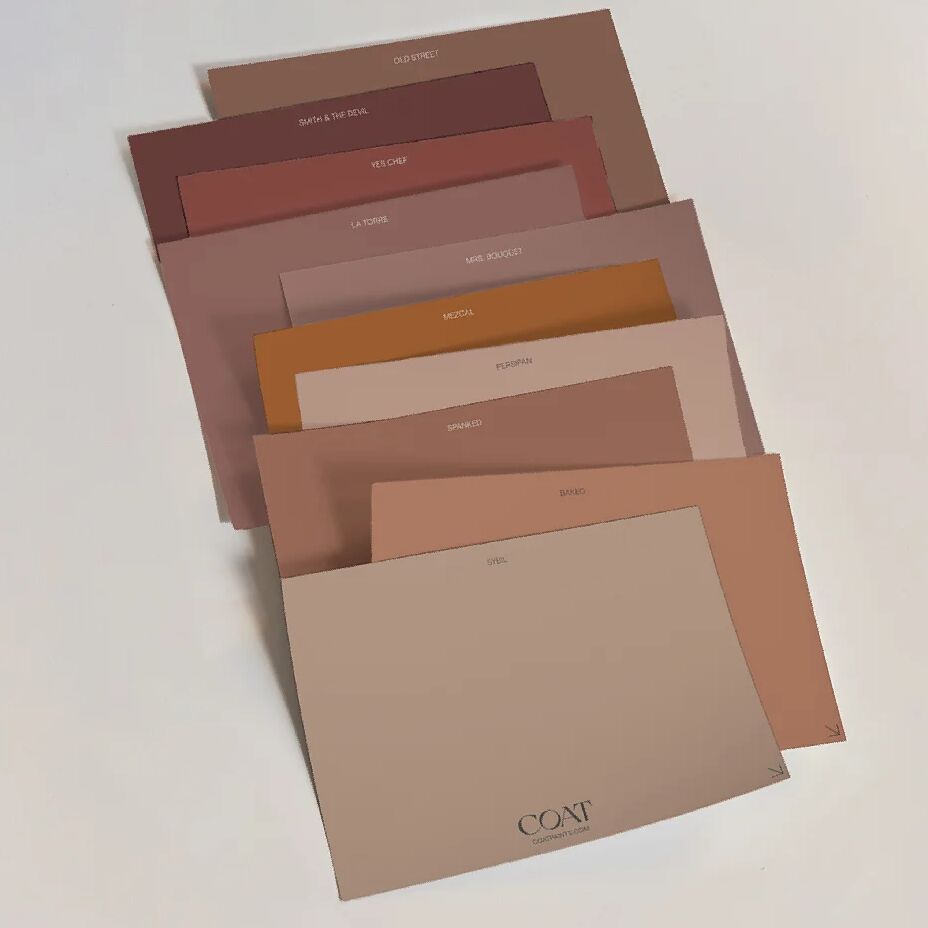


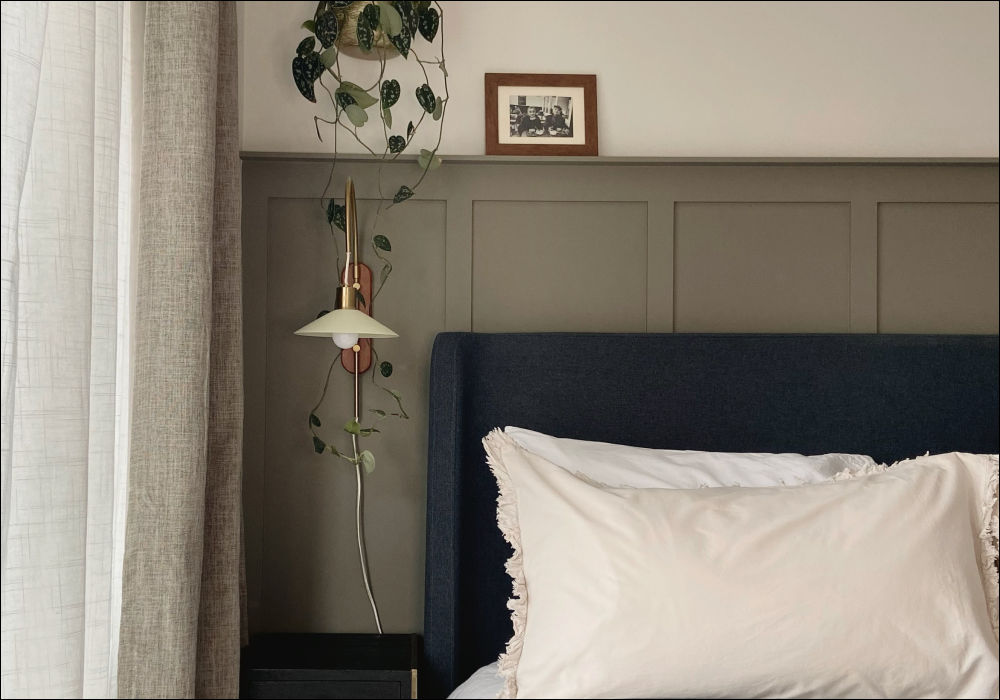
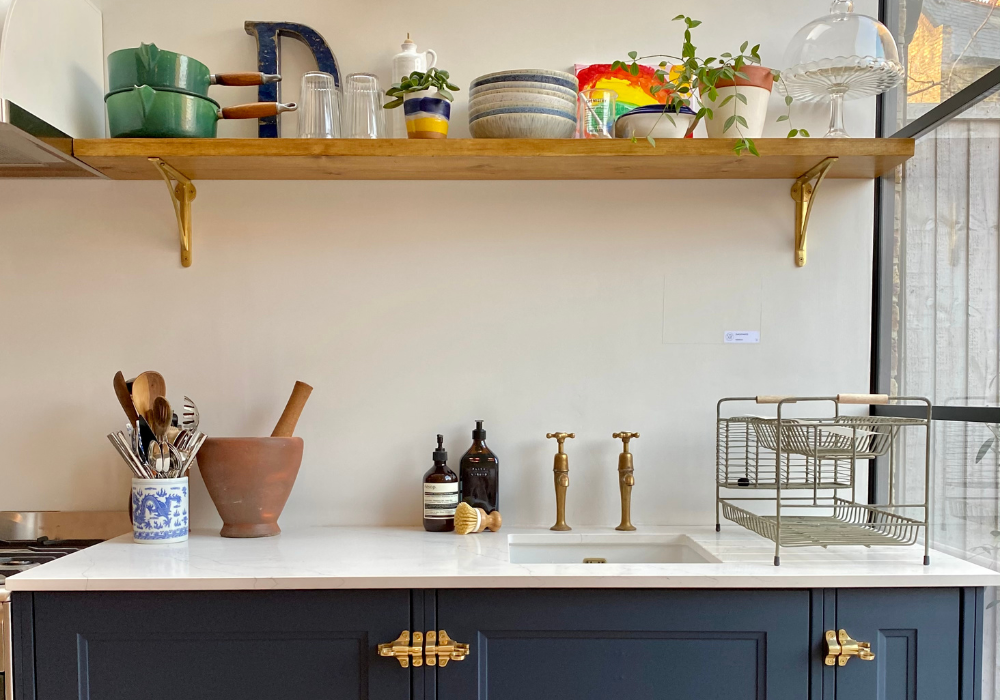

Leave a comment